
Neera Nundy is Co-Founder of Dasra India
Dasra, or ‘enlightened giving’ in Sanskrit, was co-founded in 1999 by Neera Nundy and her husband Deval Sanghavi as a venture philanthropy fund in India to invest in early stage non-profit organisations working in SDG areas of gender equality, urban resilience and sanitation. In twenty-five years, Dasra has unlocked over $350 million US for 1500+ non-profits and impacted over 180 million people through its trusted ecosystem, one recent start-up GivingPi being India’s first Family Philanthropy Network.
LUX: You are a recipient of multiple awards from inter alia the Canadian Governor General, Forbes India, Forbes Philanthropy, Vogue India, and you partner with Harvard, Stanford, USAID. How did you embark on this journey as a change-maker?
NEERA NUNDY: In hindsight, while it feels like there was a clear strategy in fact the pathway was more zigzag than linear! Twenty-five years’ ago, when we started, I was very young, an analyst at Morgan Stanley who had just graduated in statistics, followed by business school at Harvard then UBS.
With all this access to privilege, not of wealth but I mean privilege of education and exposure to diverse experiences, I was always asking myself if there was something I could do that would make a difference in the world? Whilst I was born and raised in Canada but I felt a deep connection to India. My mother had founded a school for tribal children in India, I went back myself when I was ten to boarding school, so I had a sense of identity and belonging and I wanted to make a difference there.
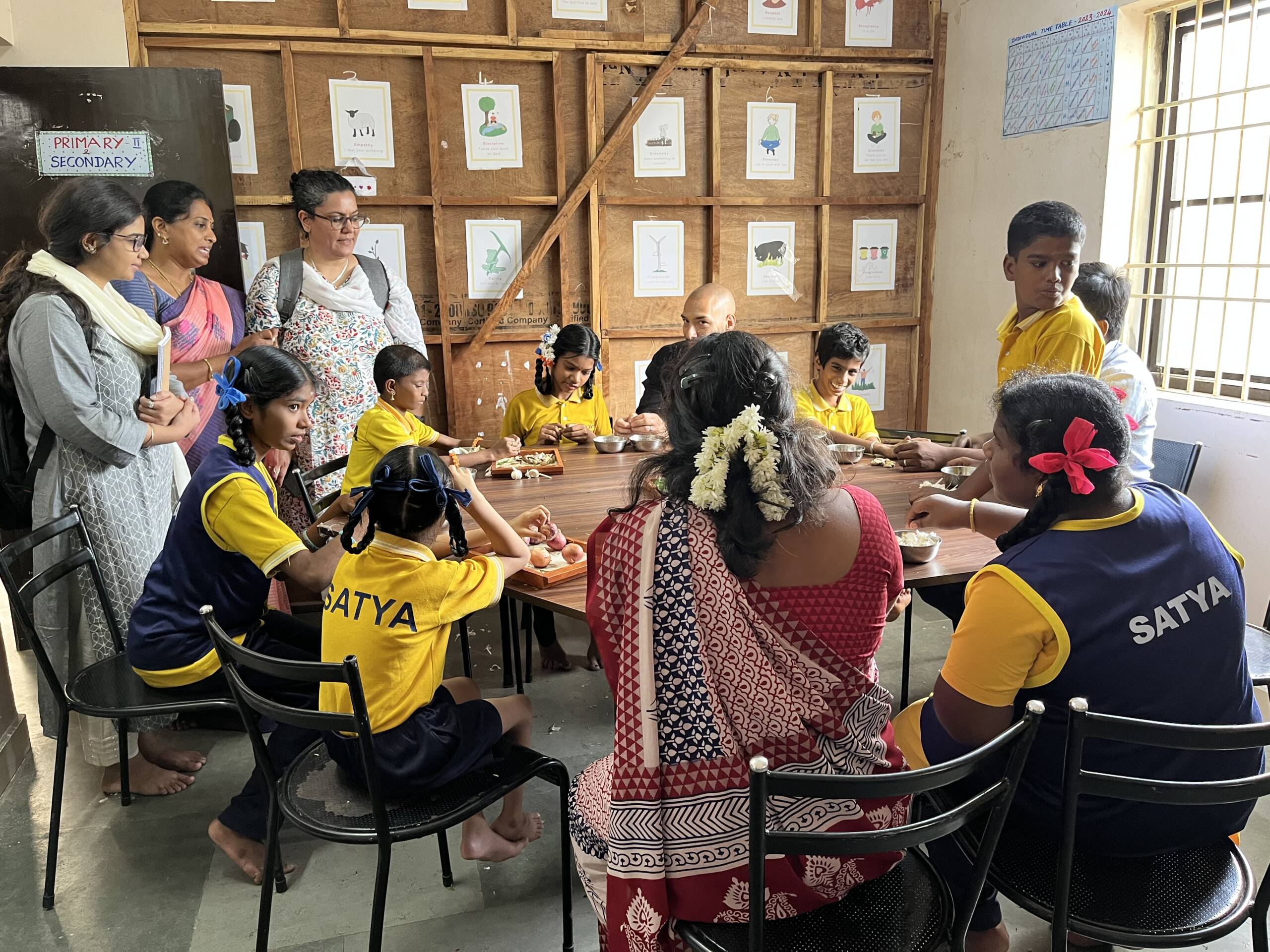
Visit to partner Satya Special School in Muntrampattu, Puducherry advocating for the inclusion of children with special needs in education, employment, and society.
LUX: How did your background in finance influence your approach to unlocking capital for good?
NN: I really started out on this road with my husband. We met at Morgan Stanley as analysts in1999. If you think about financial services, there are so many different kinds of ways to move capital around and, to move philanthropic capital, you also need intermediaries. We are one of India’s few infrastructural bridge builders, helping organizations on the ground working with the most vulnerable, working with communities and growing their impact. We did not have funding at the start, so the real skill we had was helping organisations institutionalise. So from a management side, what the private sector takes for granted, we asked how could we enable organizations to strengthen themselves institutionally so that their impact could grow? Very quickly we realised that all of that costs money and you need flexible money so we decided to use some of our capabilities to raise money from families and corporates. At that time in India the CSR mandate had also emerged so our role evolved to connect philanthropy to organizations doing great work on the ground.
Follow LUX on instagram @luxthemagazine
LUX: How did Dasra evolve from a social impact bridge-builder to a leading non-profit collaborator impacting over 180 million lives?
NN: Over the first decade, it was honestly all about survival. We were a very small team trying to raise money and make ends meet. We started Giving Circles so that there would be some funding. We had families pool money and support non-profit organisations who are the pioneers now in their field like Educate Girls SNEHA, The Audacious Project, Magic Bus, ARMMAN and we had a good feeling that we had in some way contributed to this success. The next decade became about staying relevant, accelerating our impact rather than just raising money. So over the last 25 years, although we have influenced around $350 million USD and motivated our teams, we have always focused on impact. That is why we moved our work from 1-2-1 relationships to more platform-building, growing networks, holding ourselves more accountable on outcomes. That’s really when we launched our first alliance, Girl Alliance, a collaborative fund for adolescent girls, focusing on girls from 10 to 19 years old. Only fifteen years ago, you would meet someone in CSR asking if they wanted to fund adolescent girls and the men around the table would not get why this was important as for them it was over as the girls would soon be married. So it was for us to create a market. Some of what we have done in 25 years is to create markets for different issues, bringing them together, evolving platforms for a real array of organizations trying to support the unlocking of philanthropy but also supporting organizations on the ground. It may feel that Dasra does a bunch of different things but it is because the sector needs it.

Industree partners’ project, GreenKraft, Tamil Nadu, a virtually 100% women’s collective engaged in creating and selling handicrafts made from recycled banana bark.
LUX: Who is the audience, the target group?
NN: I’ve really tried to emphasize the part of our vision where a billion thrive with dignity and equity, that at the core of all we do must be in service of the most vulnerable, supporting them and investing in creating thriving communities. To do that you need to bring together and invest in NGO leaders, invest into funding and philanthropy and build that trust between the three of us.
So are we in service of the funder or in service of the NGO leader? Neither but we need both of them to be part of being in service of the community. To do that, we make the issues more visible, help them engage, show them the impacts on the ground. Ultimately though you need funding! So you are still in the most immediate sense catering to the needs of different funders and the needs of NGO leaders and bridging them.
In terms of hierarchy, though, I would say first, the community, then the NGOs, and then the funders. We are in a privileged position that we can take a stand with funders and say there is a right and wrong and we can support you in doing a better job by working with you.
LUX: You also work with leaders from the smaller NGOs and minorities, engaging with communities and collaborating bottom-up: how did that come about?
NN: That’s also been a journey for us over the last 25 years. When we started we were much more proximate when we had Giving Circles and were working with NGO leaders. These were all very small organizations then. Educate Girls was only in 50 schools and when we started working with them they became or established and now they are in thousands of villages and impacting around two million girls.
About 10 years ago we started working with various established organizations and the ecosystem grew because everyone was funding the same organizations and spotlighting them. Then we shifted on the back of Covid, with all those challenges within communities experiencing the pandemic, the way proximate leaders risked their lives to support communities and to support India, we felt strongly there was now a new role for us. We decided to go back to the grassroots, to some of the more proximate organizations and to continue to support the next generation of organisations and that is the $50 million USD Rebuild India Fund.
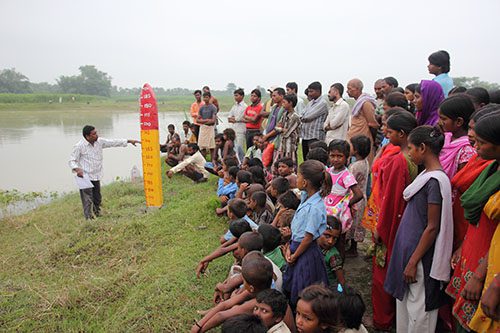
SEEDS partners training local communities in construction principles and practice to build robust safe homes, schools and infrastructure.
LUX: What do they want, the leaders of the next generation of organisations?
NN: They want to make what was invisible more visible, be engaged and be part of the nation building. India is only going to flourish if we move this group. We are a sort of nexus between what next gen and what they want to contribute to, showing them the effectiveness of listening to communities and working bottom-up to make change.
LUX: How important is an intersectional approach in bringing about successful outcomes?
NN: Around 15 years’ ago when we moved toward a platform-building model, we started our work around adolescent girls and there was real awakening in India with a new focus on outcomes. A girl needs an education, health, and employment and although funding is sectoral that does not mean you deliver ultimately for this girls’ empowerment via these separate lenses.
You need extensive health interventions to make other outcomes sustainable. Our ‘10 to 19’ anchored outcomes for a collaborative fund, so an education funder can come in, a health funder can come in because the kinds of outcomes we had were keeping girls past grade 10, delaying marriage, delaying first pregnancy, increasing their independence and employability. So multiple funders can come in because you are delivering on the outcomes.
We are supporting a particular State, or a number of different organizations and the measurement is providing a view on and links to these outcomes. So there is a role for us as an intermediary, or backbone collaborator, or systems orchestrator that can be enabling, to show where funding might take a certain shape for good, show the need in the community for these girls, and bridge the parties. That has been a lot of what we’ve been working towards and to make change you need that intersectionality.
LUX: Is that intersectional approach also appropriate with climate change and the disproportionate adverse impacts on women and children in the Global South?
NN: Climate is a tough one to get our country to engage with, especially if you move down this path to energy transition. We do not want to compromise economic growth. If you want to buy a washing-machine there are emancipatory benefits for a woman in saving her time from washing clothes. There is a role you need to play to shape the intersectionality. So climate and gender, climate and health, climate and livelihood, being able to link the impact of climate on these sectors. What we call intersectionality will actually unlock greater interest and potential for both funders and organizations to engage.
Read more: Hansjörg Wyss on his pioneering work in conservation
LUX: Is intersectionality offering new opportunities that change the model of family-giving in India?
NN: It has been evolving and I think it’s a newer category at least in India, where promoter-led giving ie business leaders are also family-owned businesses. Corporate giving is aligned with family-giving and this synergy is still evolving. Family philanthropy has deep history in India. Wealthy families have been part of our Independence movement, the cornerstone of our religious structures and organisations, and they have invested back into their communities through education, institutions, and hospitals.
Families, especially those with a family office structure, give to communities based on their personal values and their corporate governance. Rather than advising them to be more strategic, we recommend they continue to with their philanthropy, which some may say is traditional, but also explore with them what has been happening in their chosen field of philanthropy, so can they engage in these intersections for the most vulnerable? Again we are spotlighting needs. We now have 300 families in this Giving Pi giving network, 80 of them Indian families.
LUX: Who are the emerging philanthropy leaders among India’s next gen?
NN: Women really understand the intersectionalities and it is really exciting to see around 70-80% of the family offices are women-led. While they may not have created the wealth, they represent their families and are the decision-makers for where their families will direct and engage their philanthropy. That dynamic is shaping and forming a whole new way of giving. To be honest it is more collaborative.
There is a real appetite to want to build the community. These women want to engage with gender-focused philanthropy, with climate as an emerging issue, arts and cultural philanthropy which has always been there and is growing further, and with mental health. So these are the four themes we are seeing emerge in this community that is giving now around 200 million USD each year to India for India.
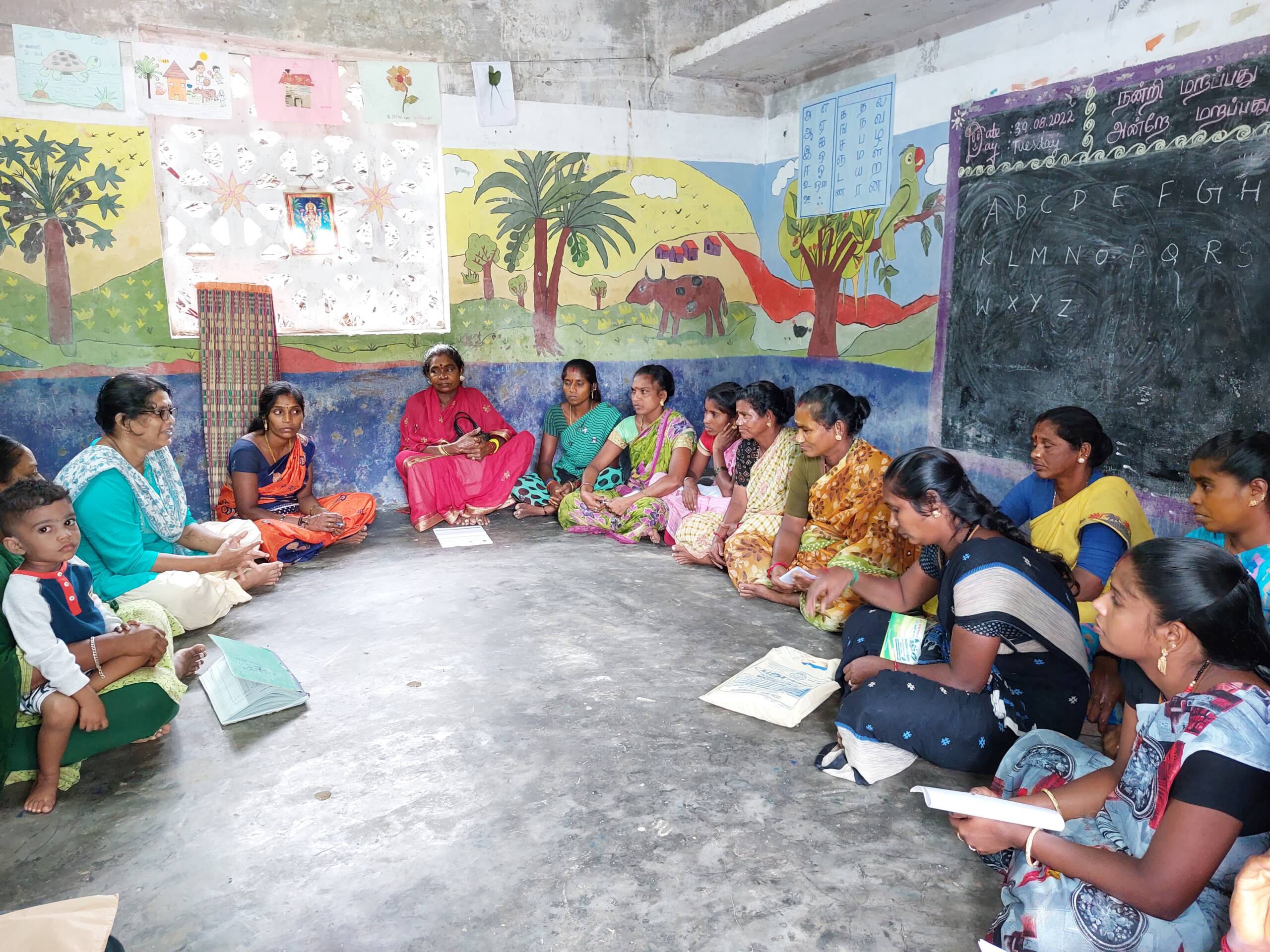
Vanavil (Rainbow) Trust, Tamil Nadu: Revathi Radhakrishnan, managing trustee, in conversation with mothers from Boom Boom Mattikarar and Narikuravar nomadic tribes, about their children’s education.
LUX: How important is trust to collaborative philanthropy?
NN: Trust has always been a cornerstone for anything we do, whether in business or philanthropy, in philanthropy even more so because you may be quite removed from the lived experience of what’s happening in these communities, or not know what it takes to make this kind of change.
You have to be patient, it takes longer to measure impact, and costs a lot. So there is a lot of complexity. Ultimately, delivering on the impact really rests on our trusting that we are all aligned with the intent of where we’re all trying to get to, the change we want to see, and it is dynamic so it needs flexibility.
All players have to come in with those values and sometimes that is missing in the hustle and the urgency. So coming to the table with that trust and willingness to be flexible on all sides is important.
LUX: Finally, what is the relationship between trust and finance?
NN: Trust and finance are closely linked to the extent that you can structure finance in a way that enables trust. So trust means you do not have expectations of each other or of the work, yet you can structure the finance and the philanthropy with that flexibility. It is not about just giving money.
Trust-based philanthropy has taken on this kind of mania that you can write a cheque without understanding where it was spent but you have to ask how it made the difference. Trust is about clear communications, expectations, measurement and requires financial structures like blended finance, alternative business models and transparency about the areas which need subsidisation.

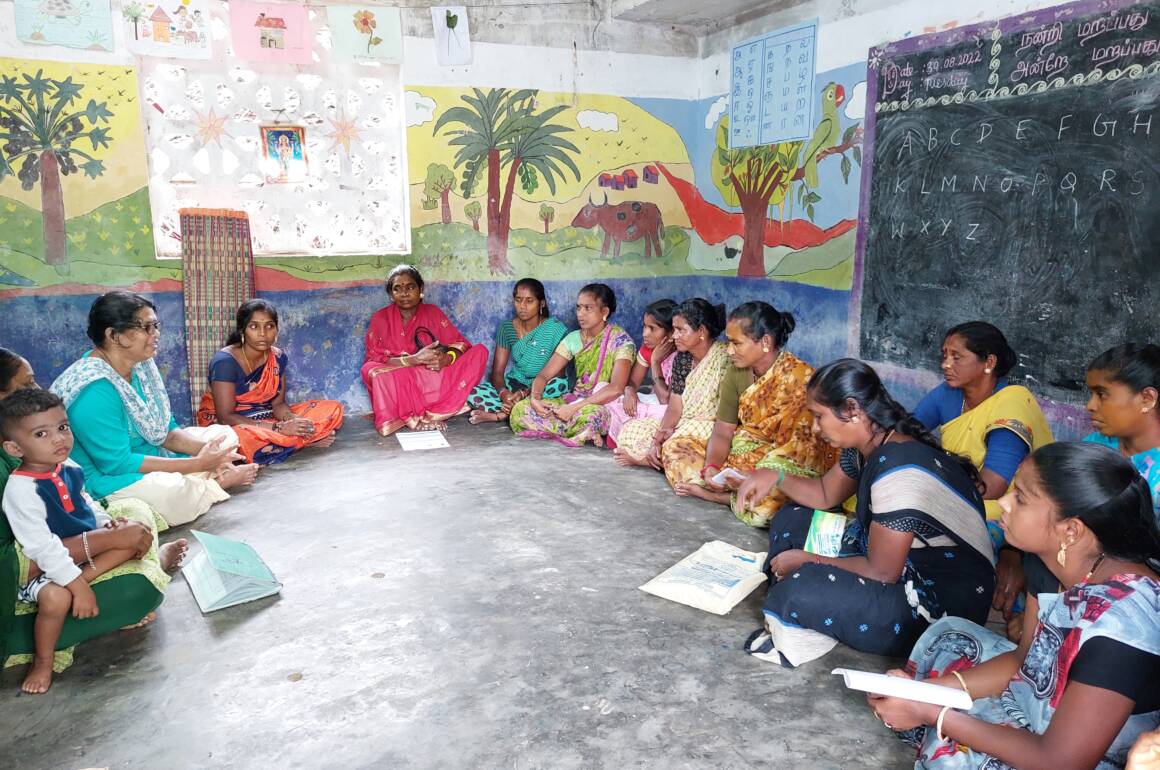

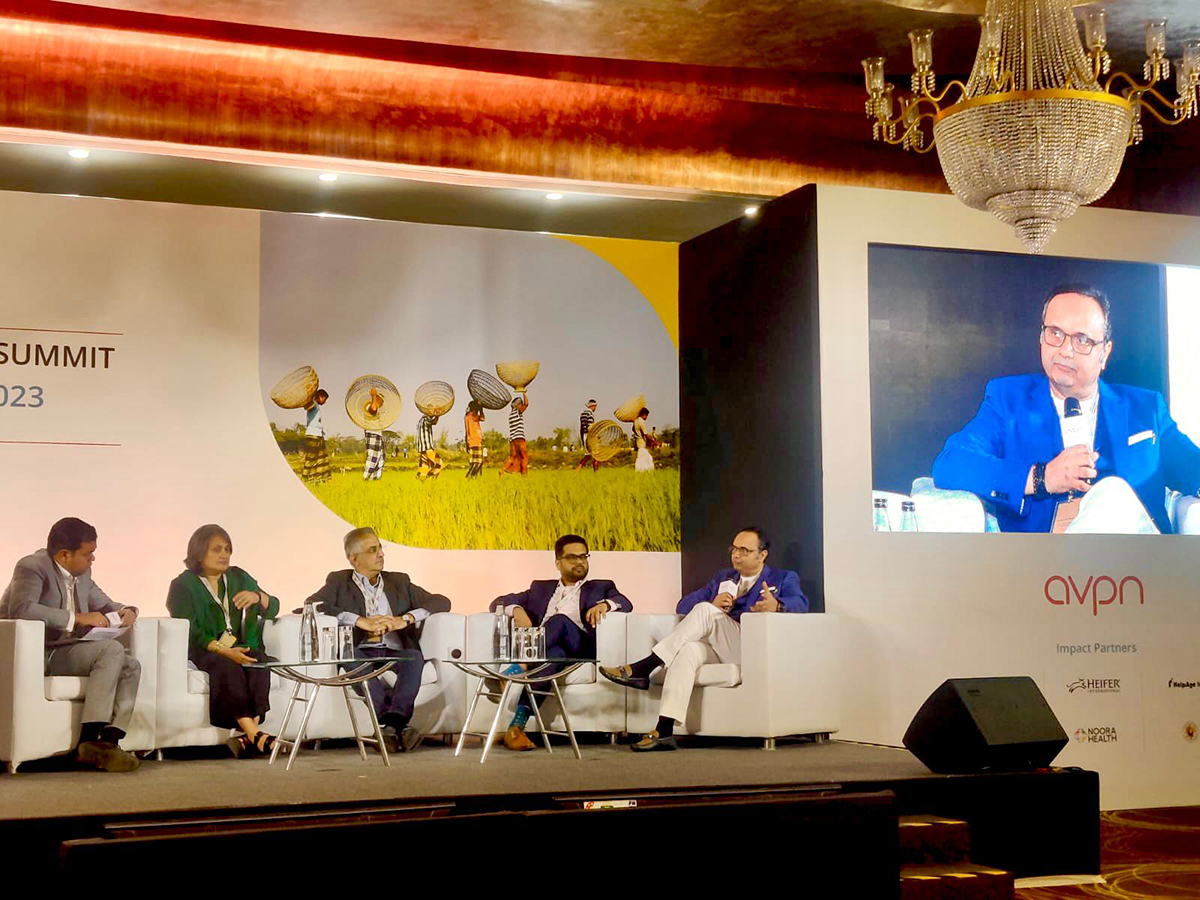
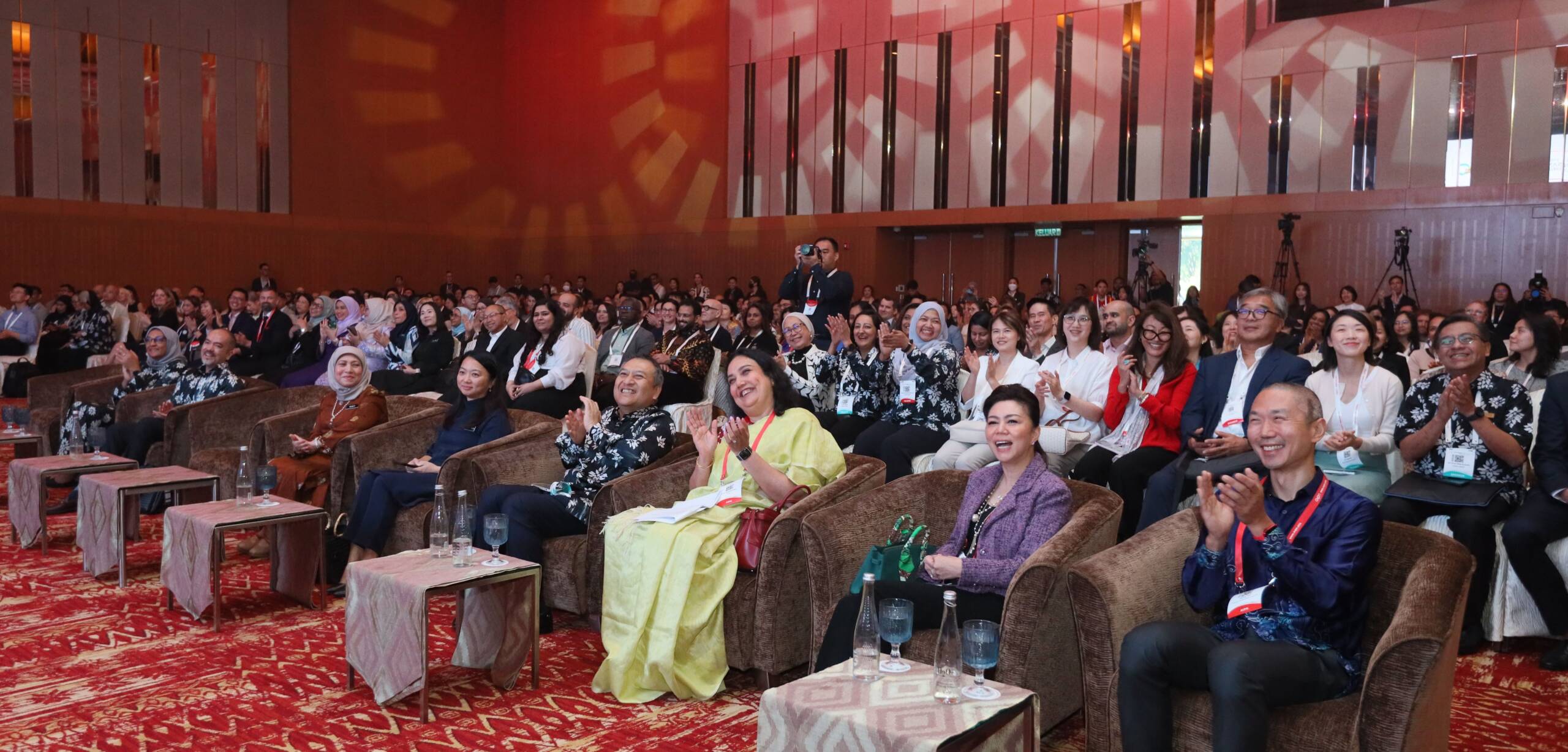
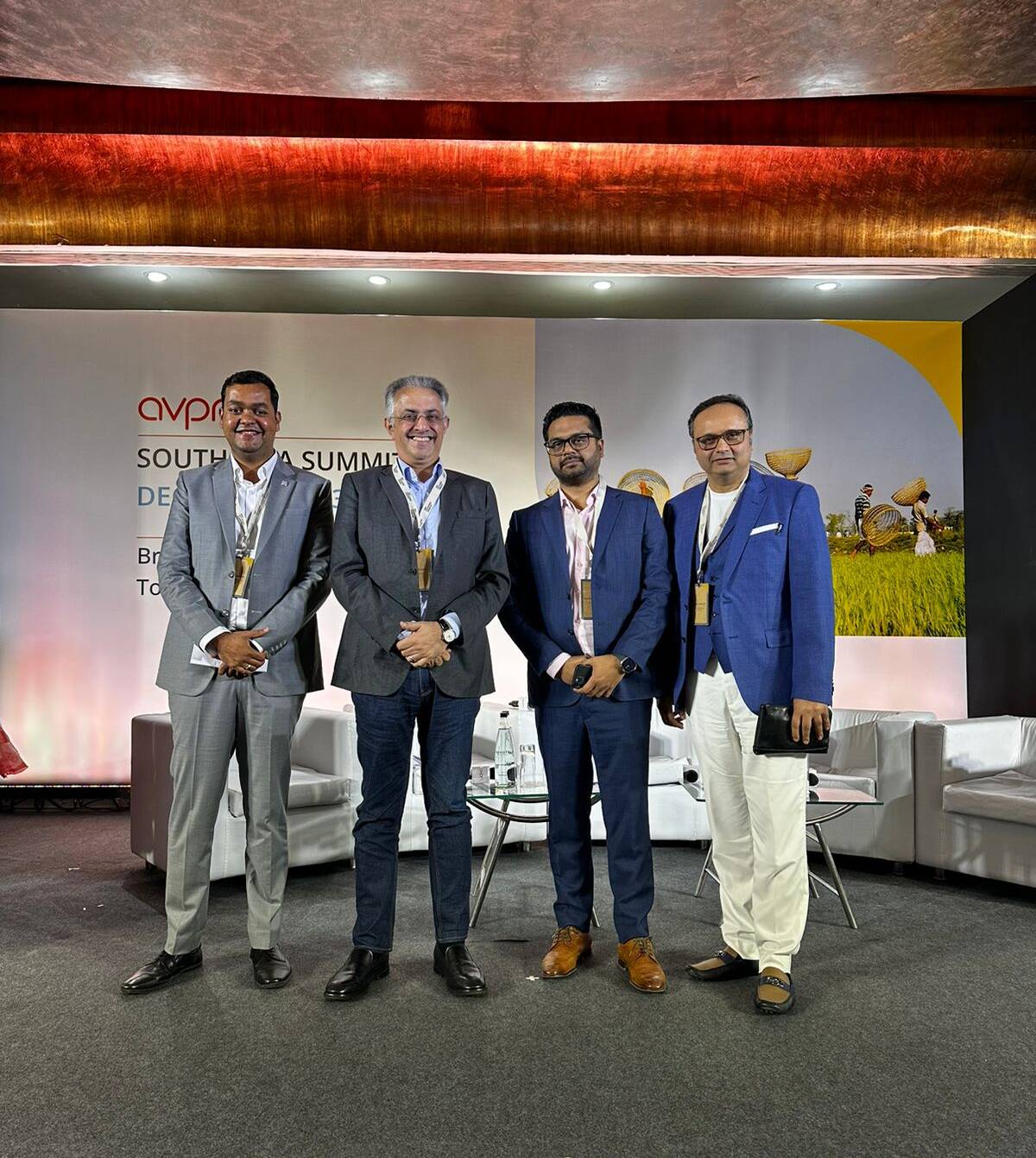
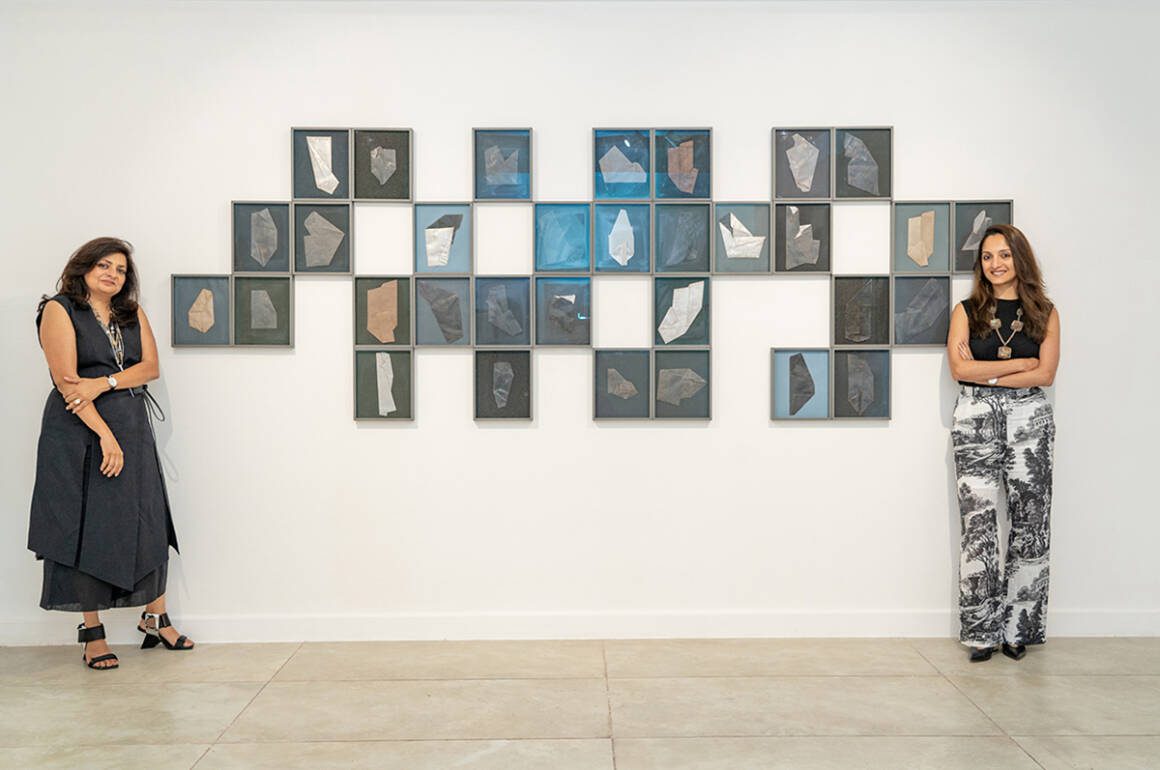
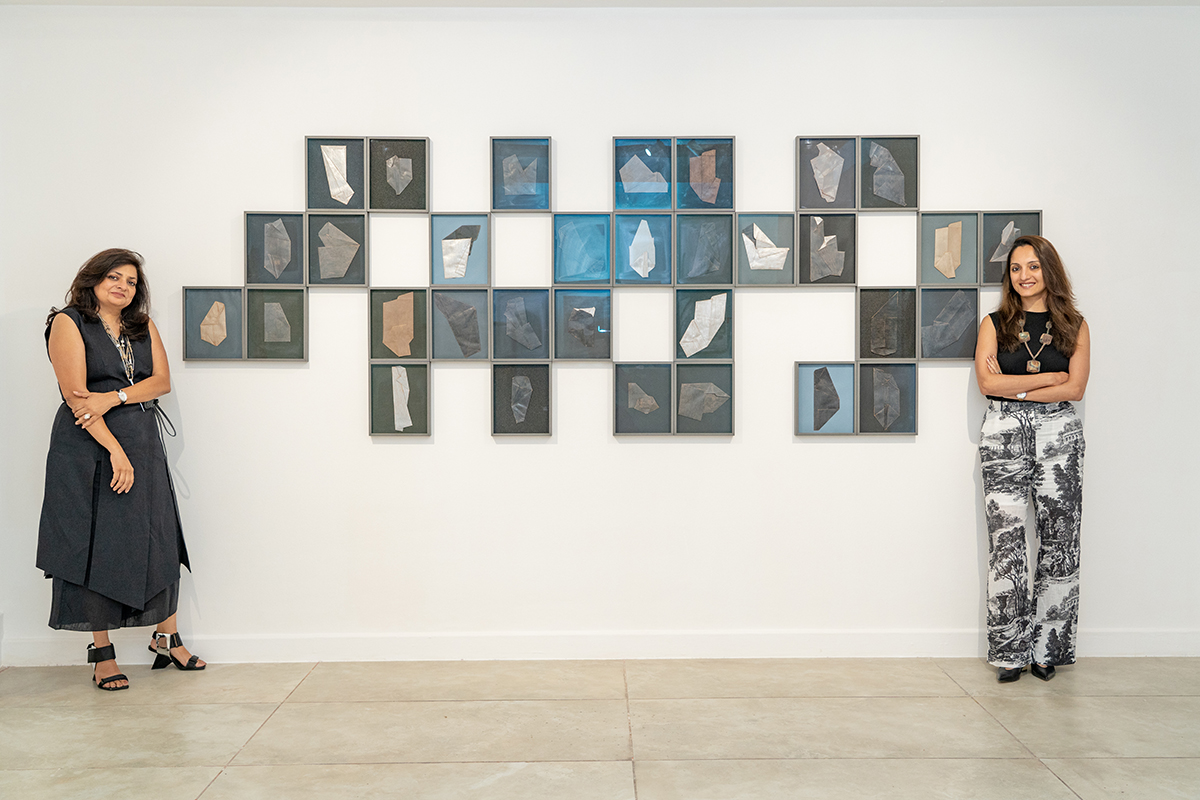
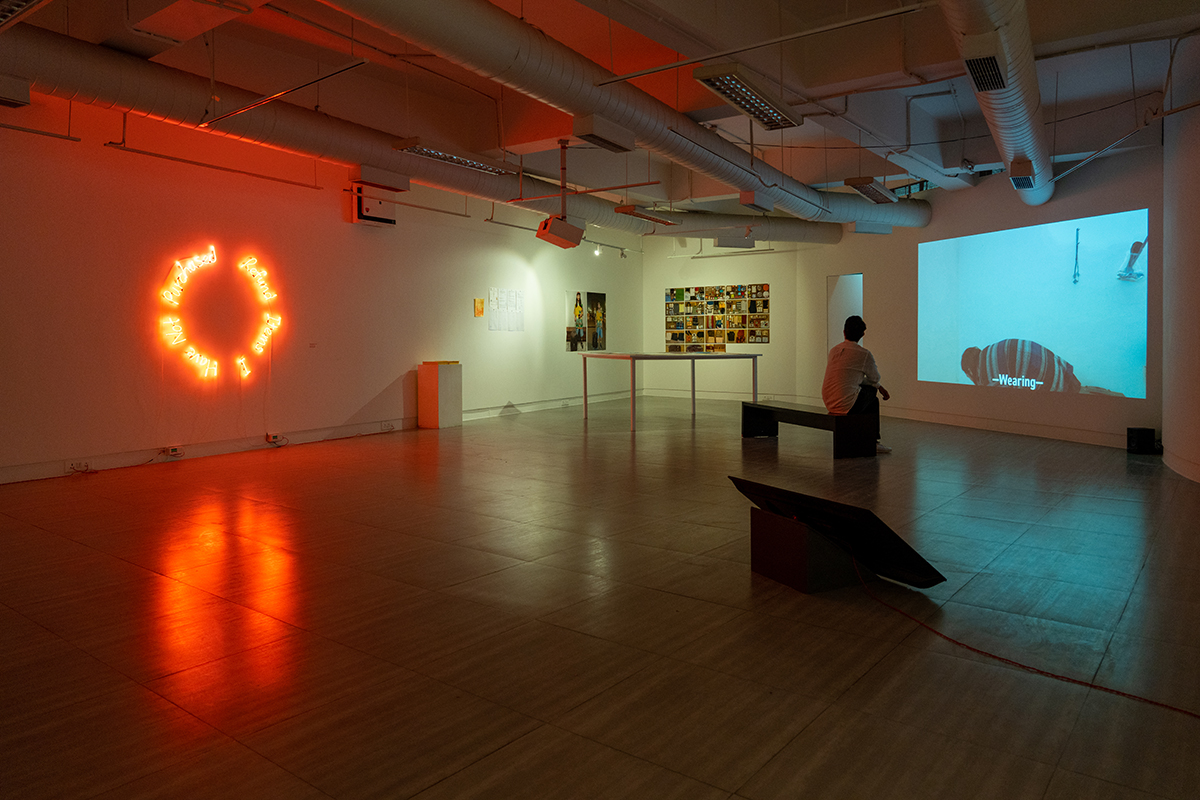
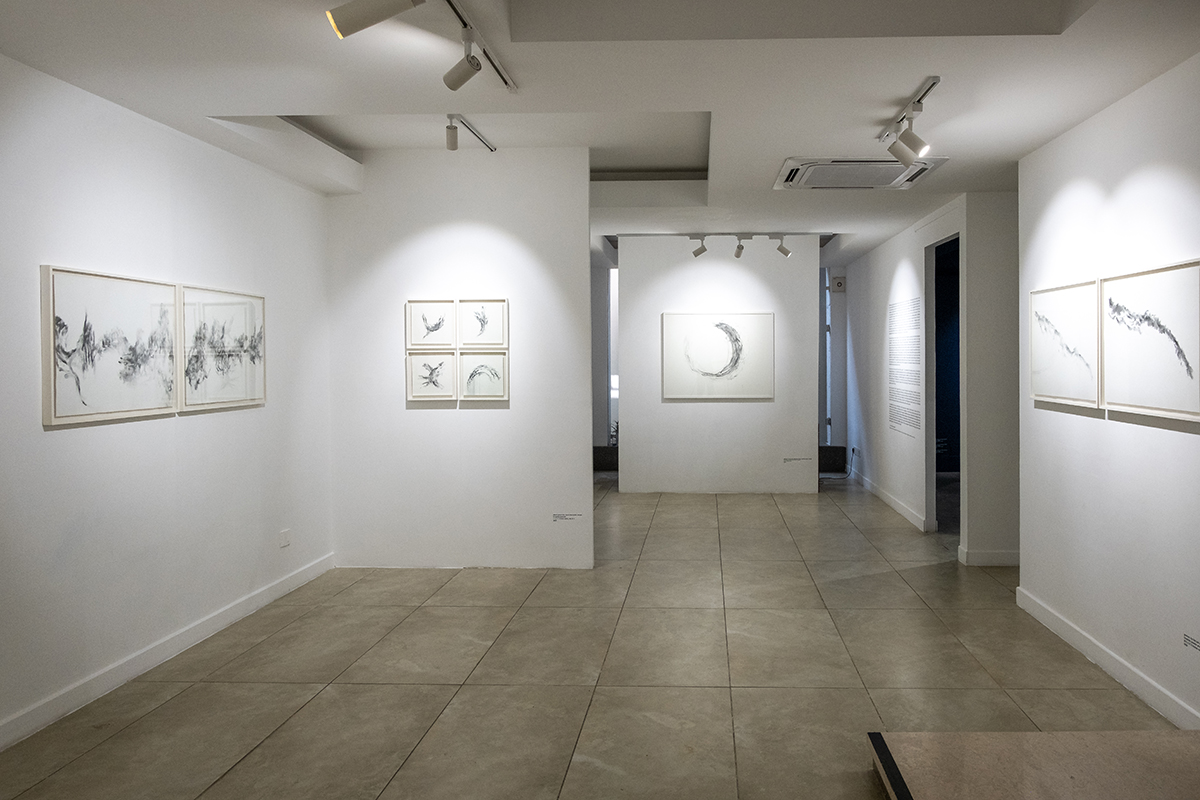
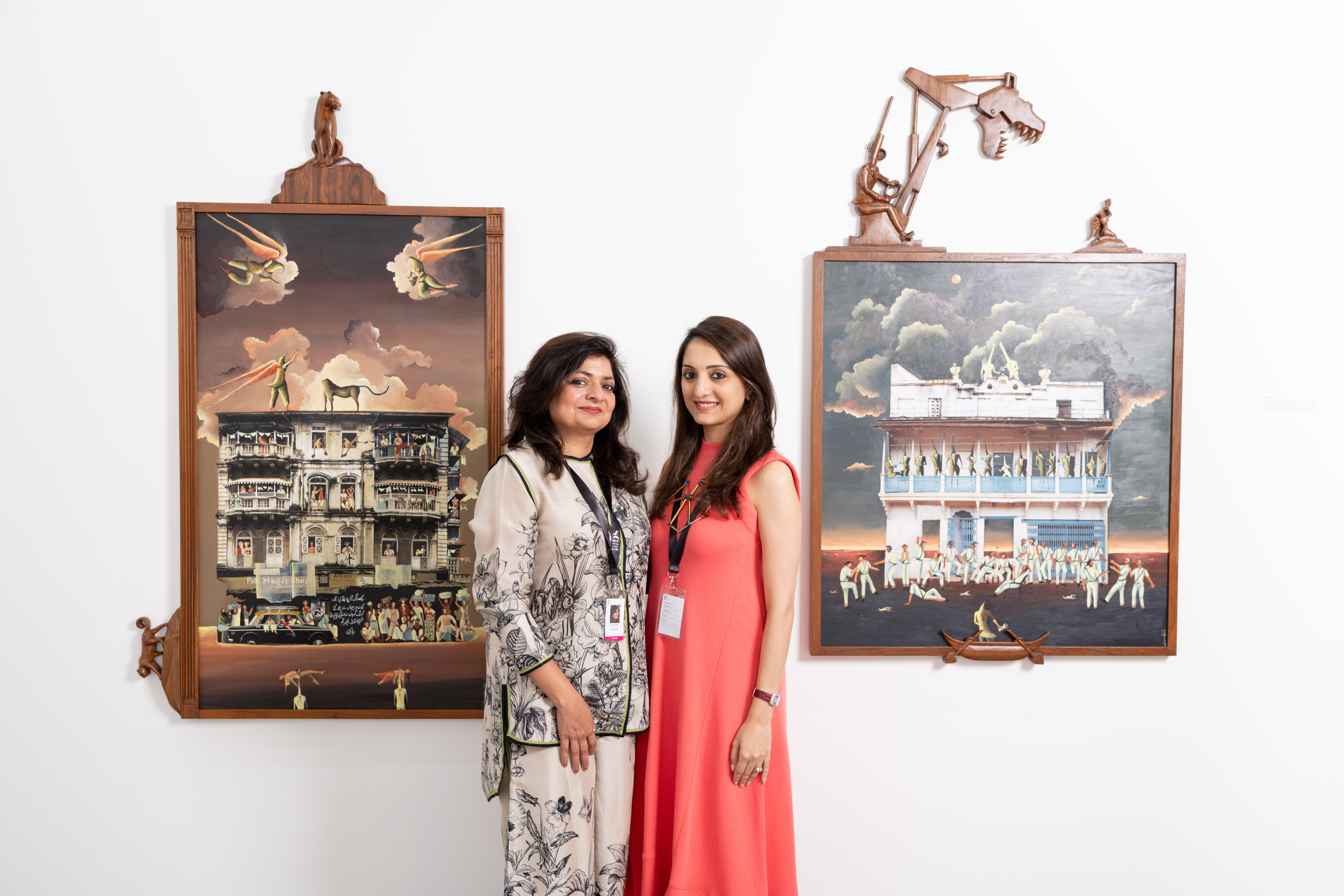
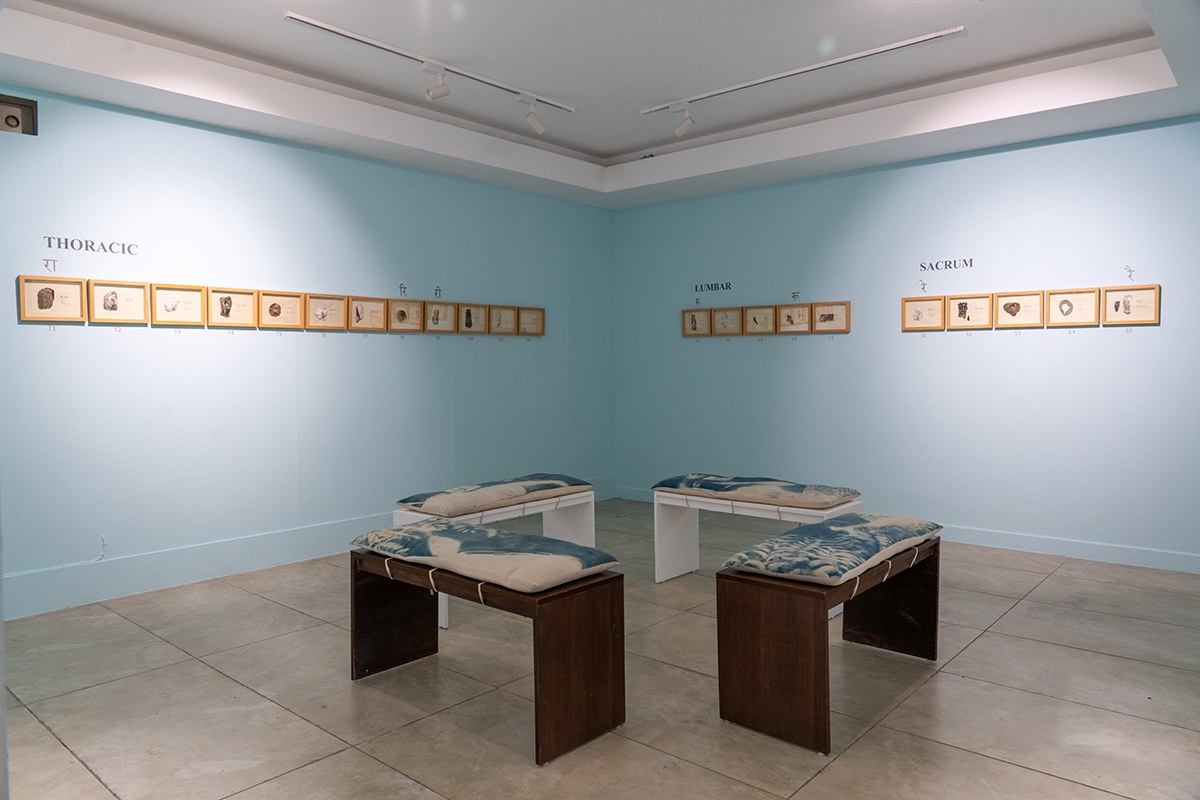
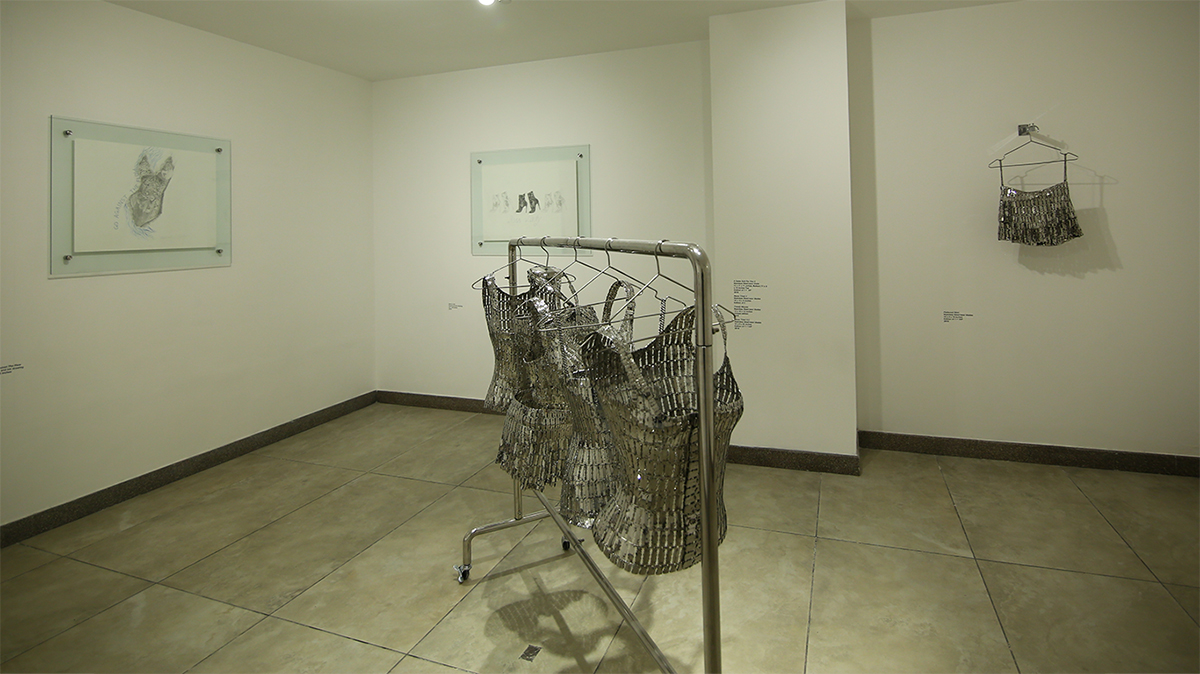
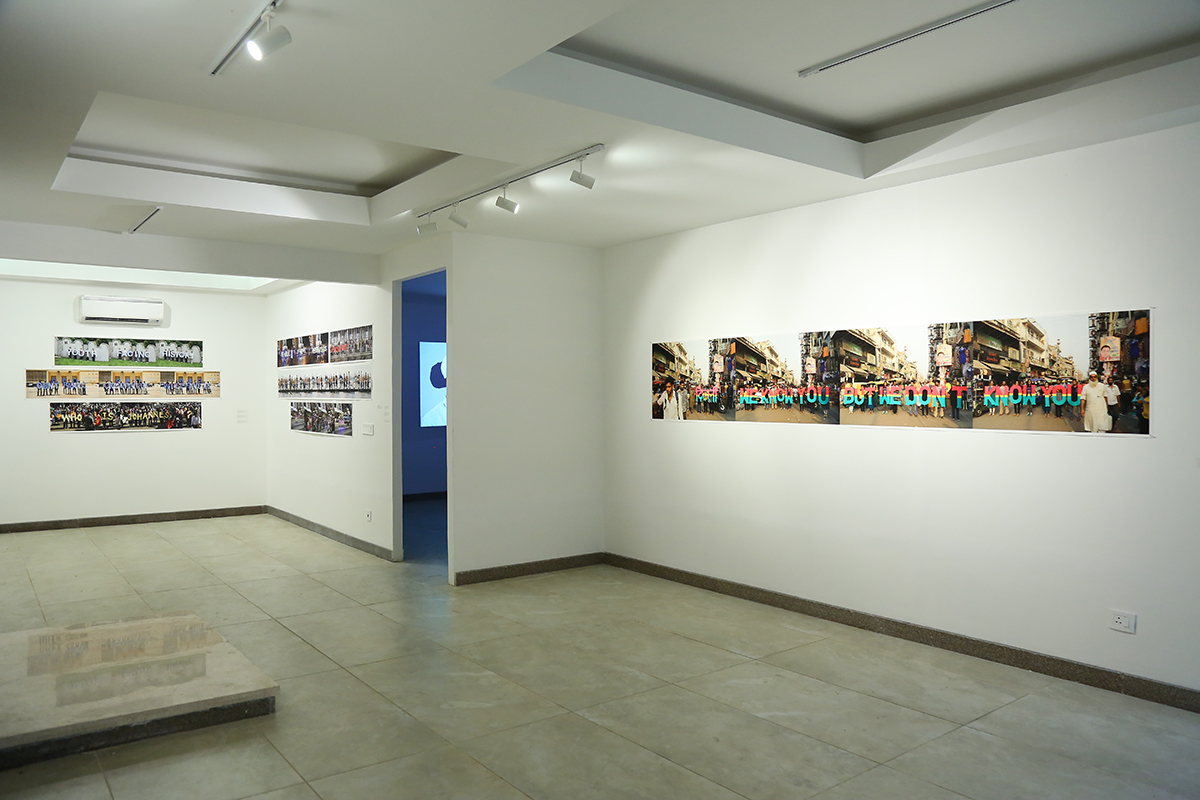
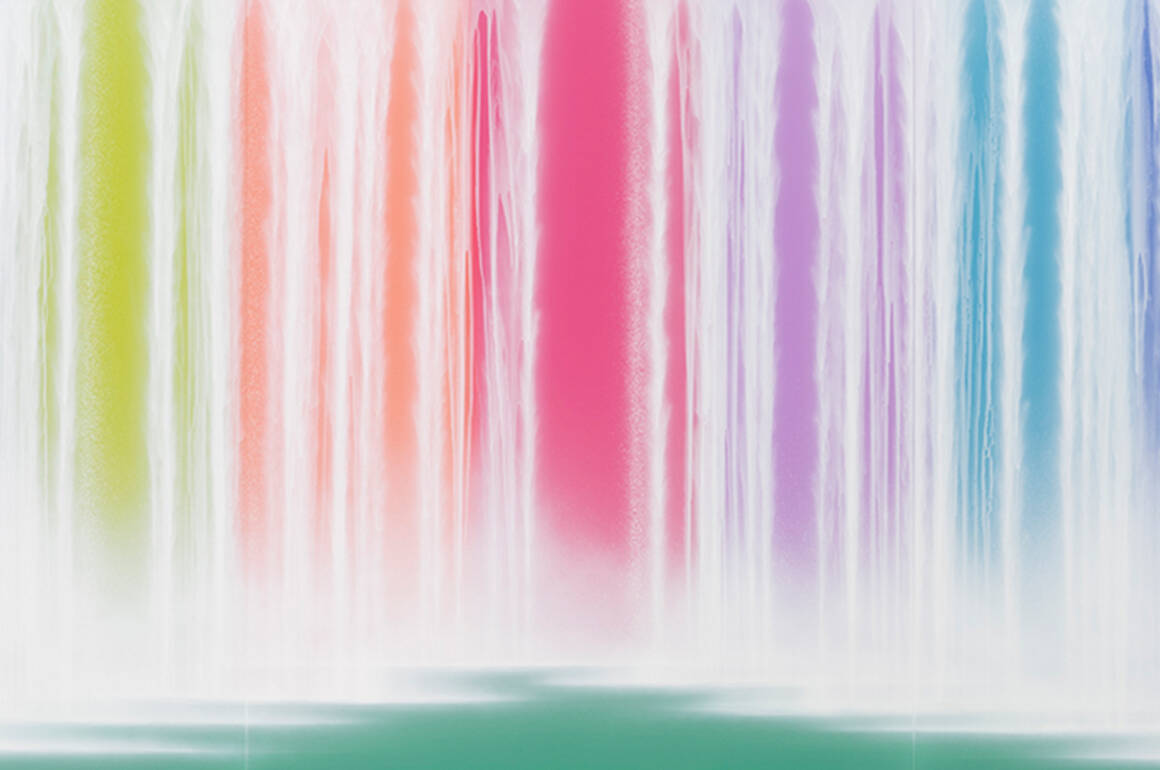
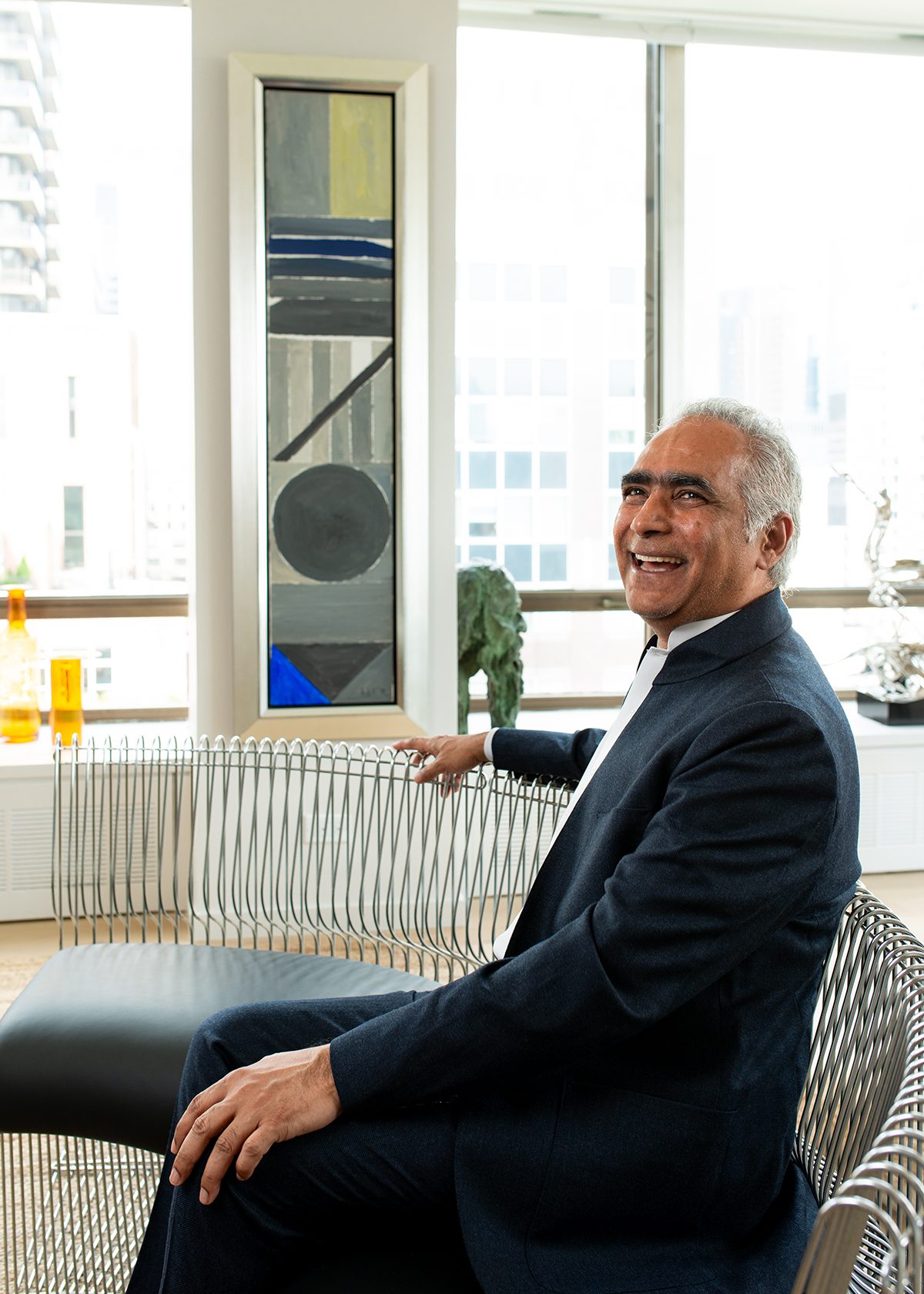


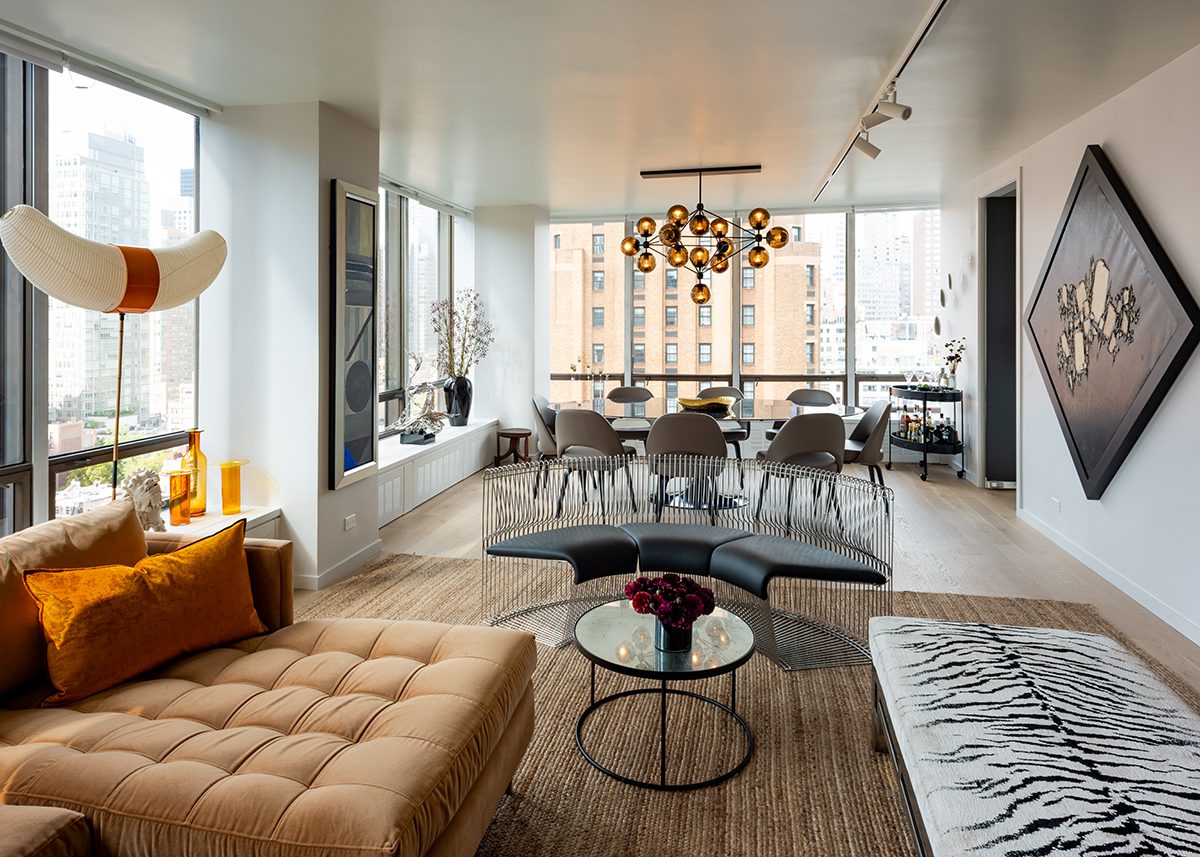
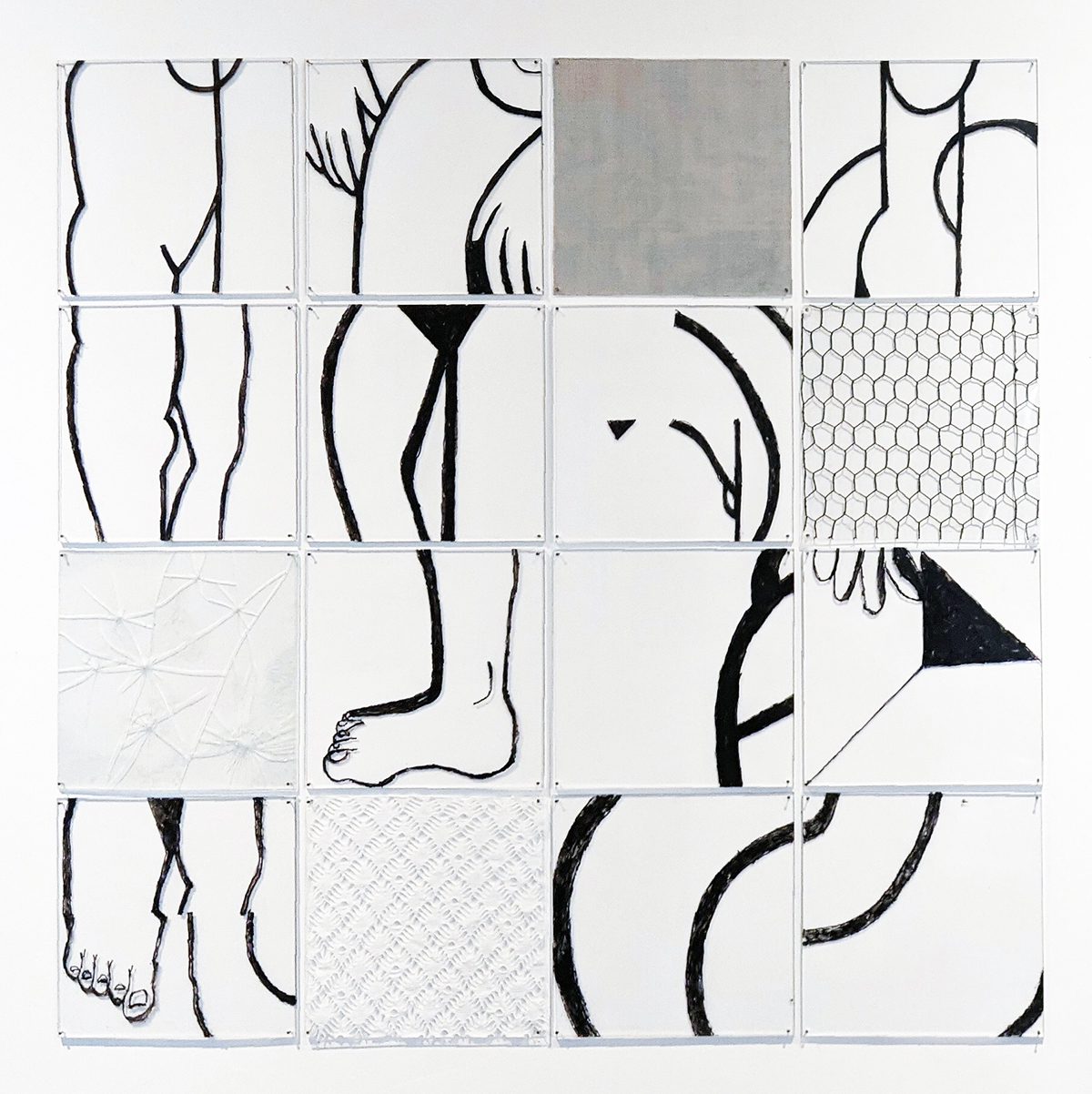

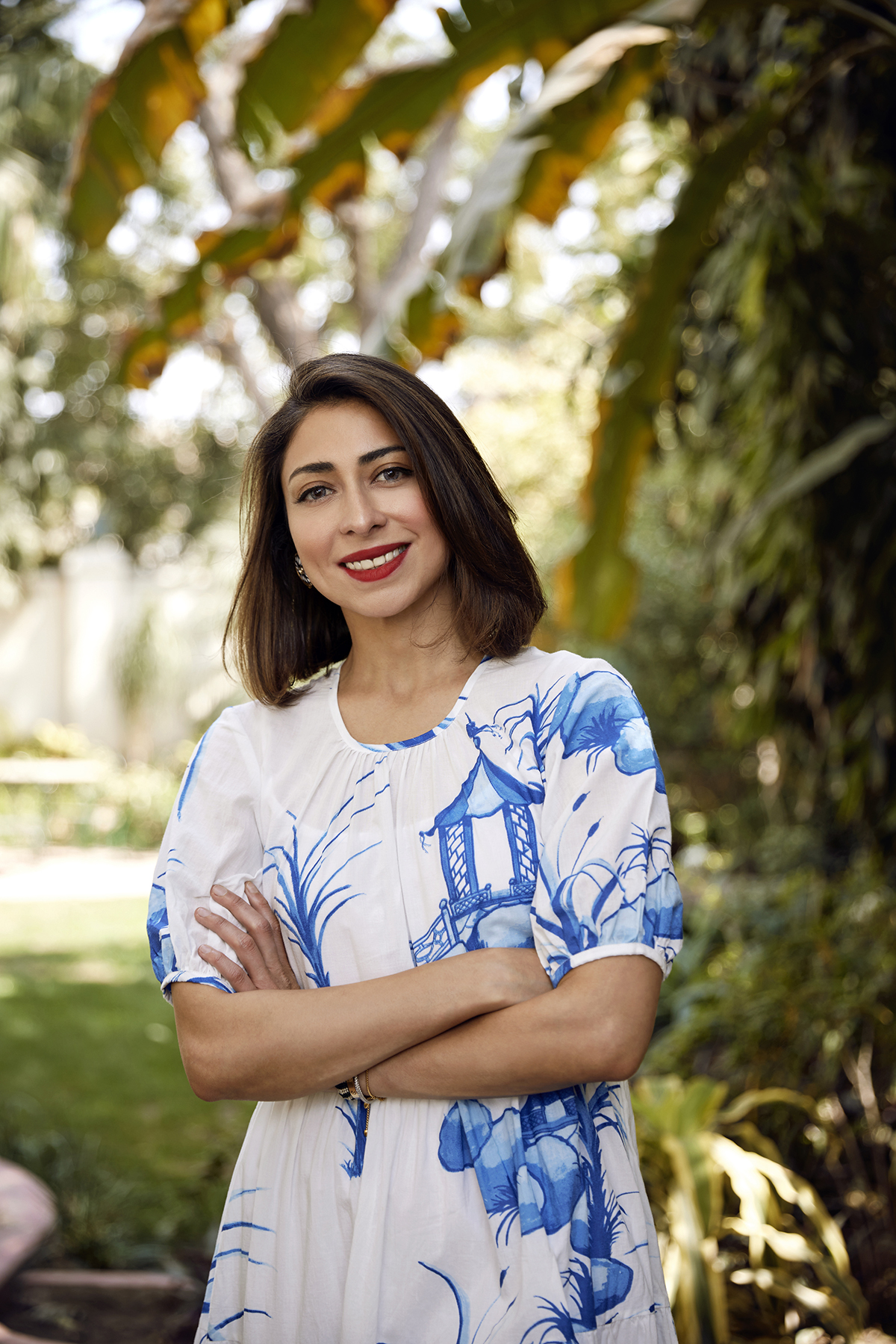
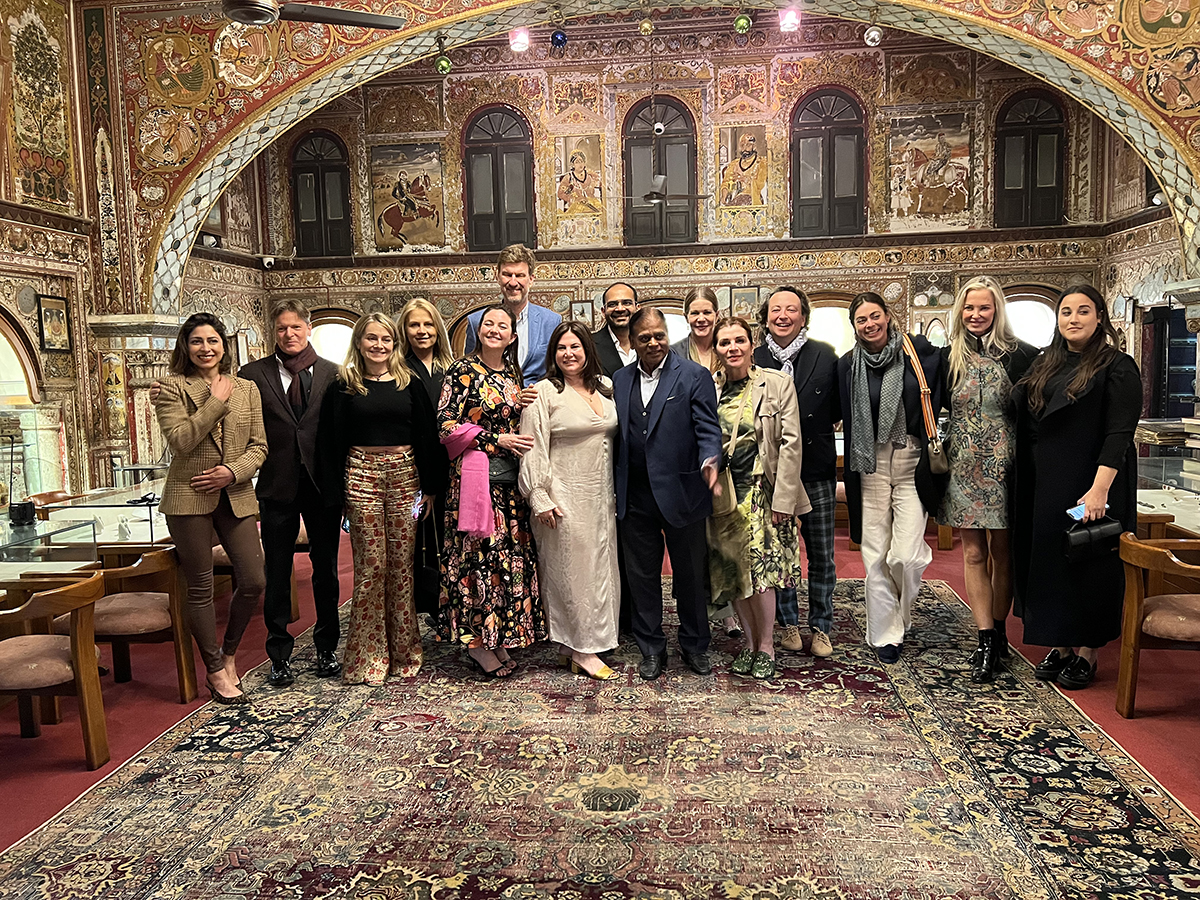

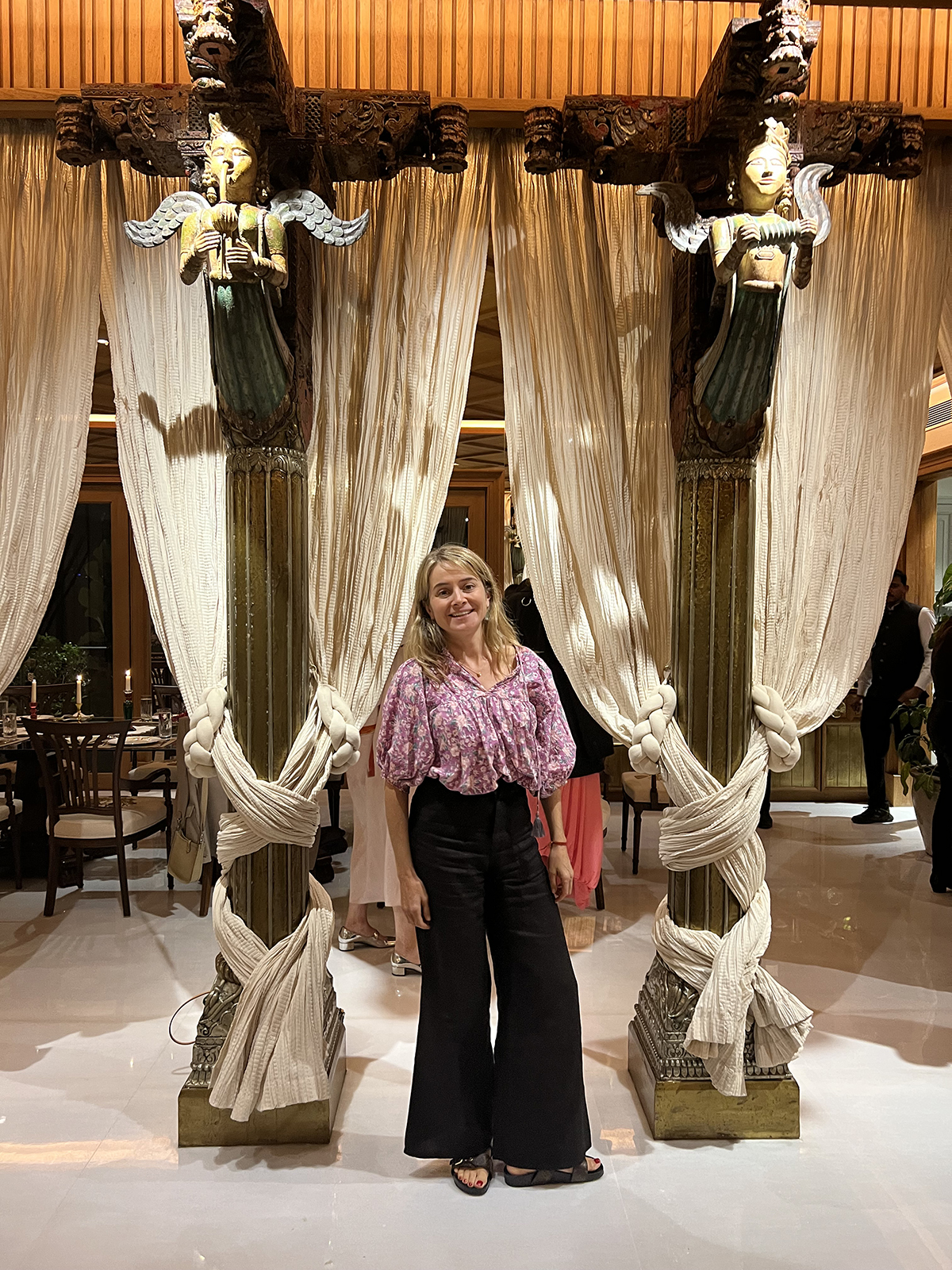


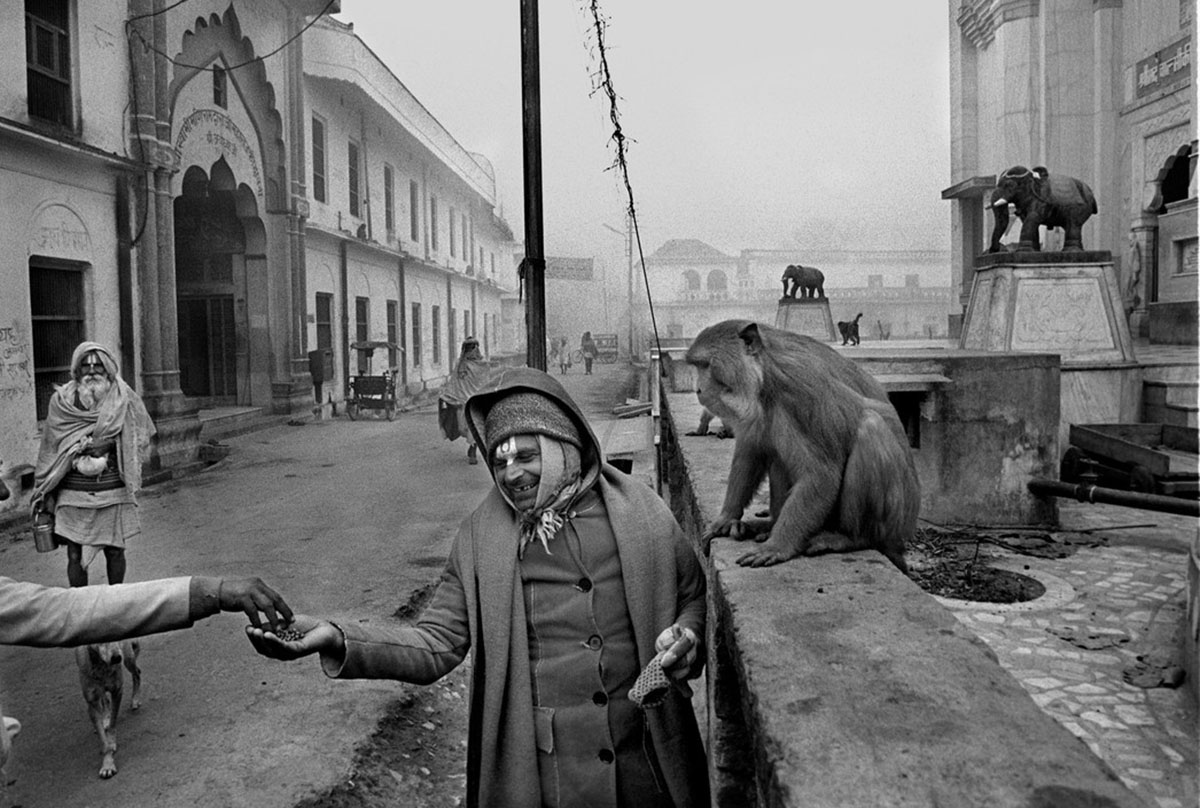
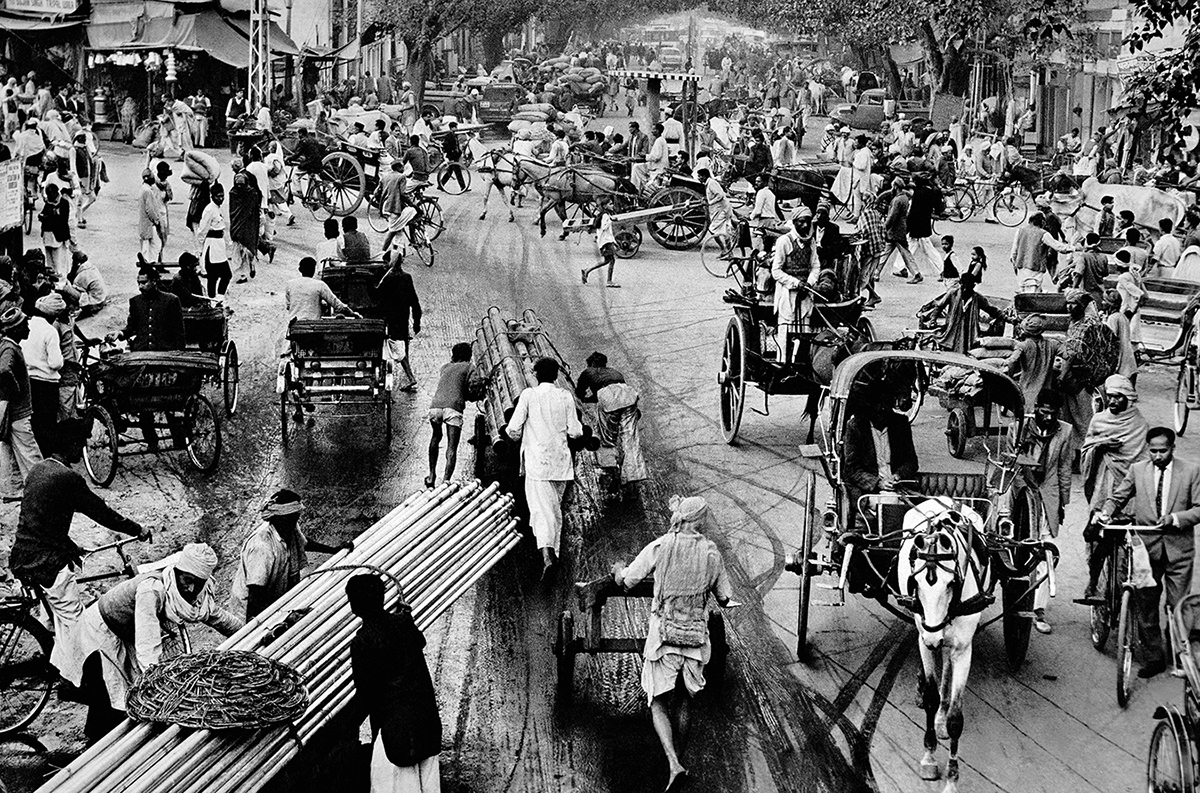
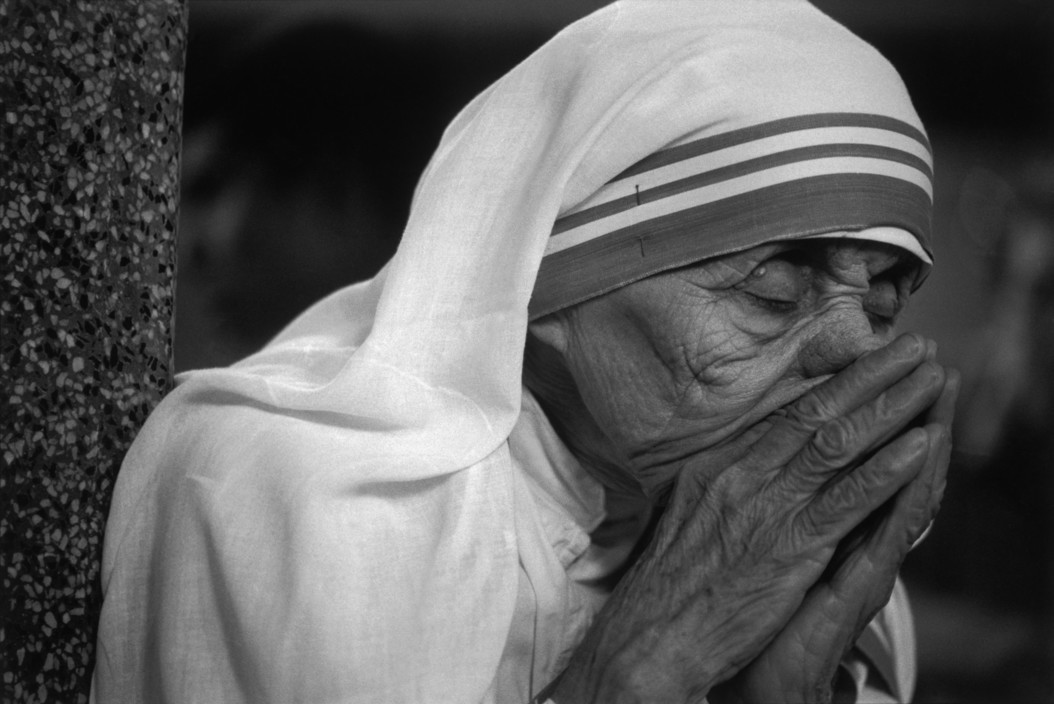
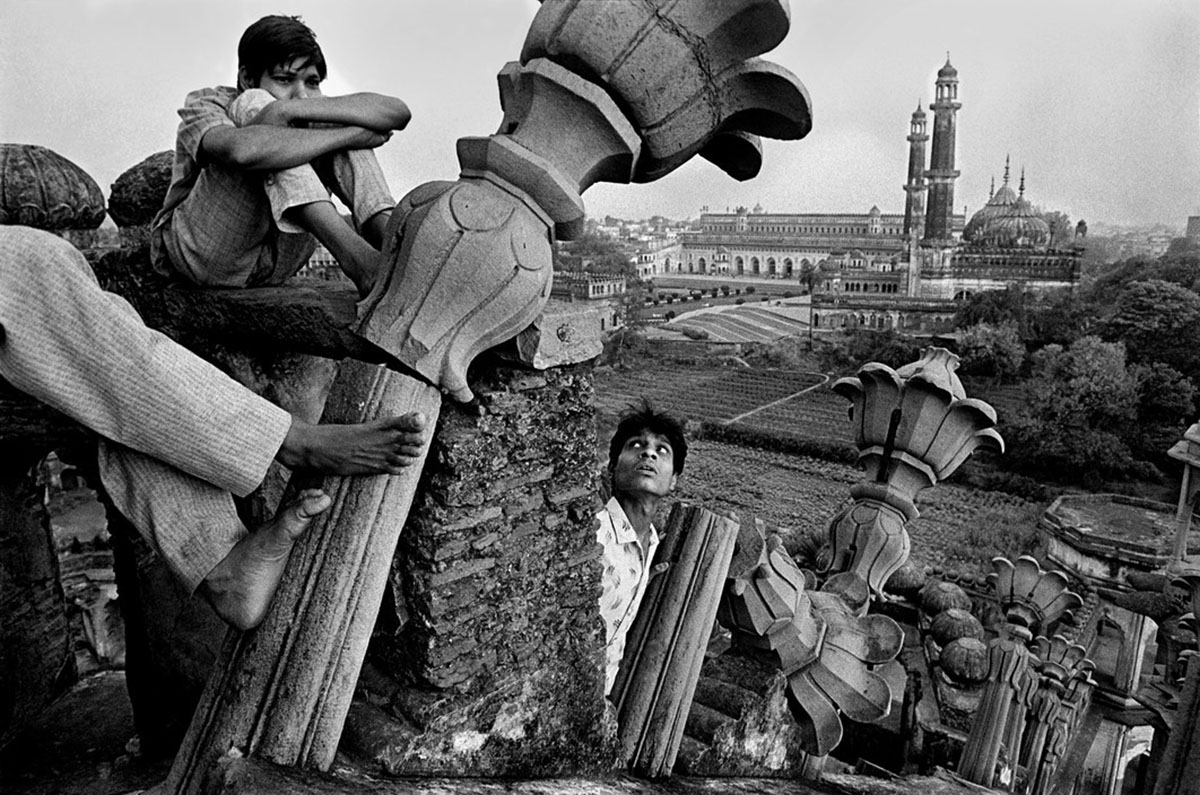
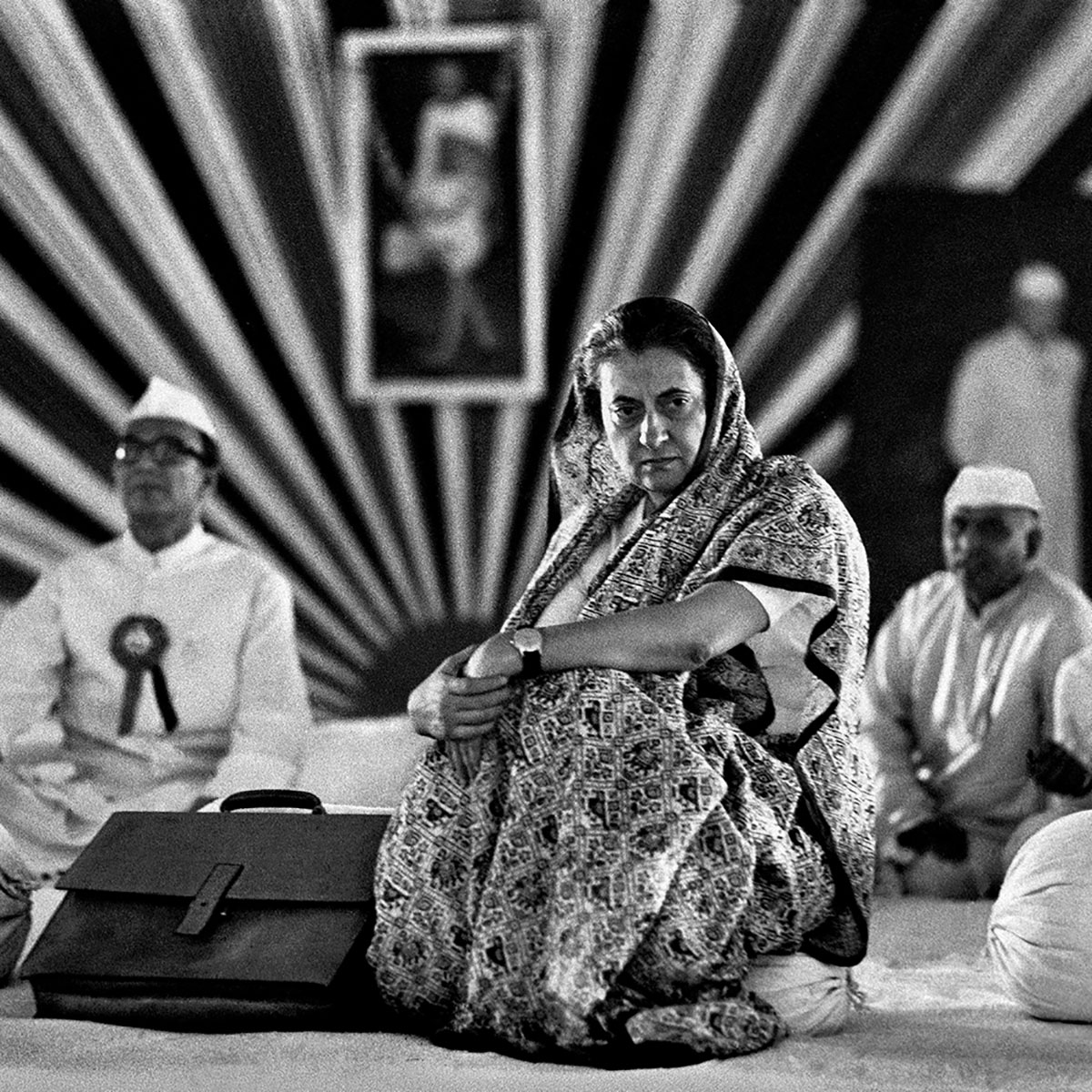
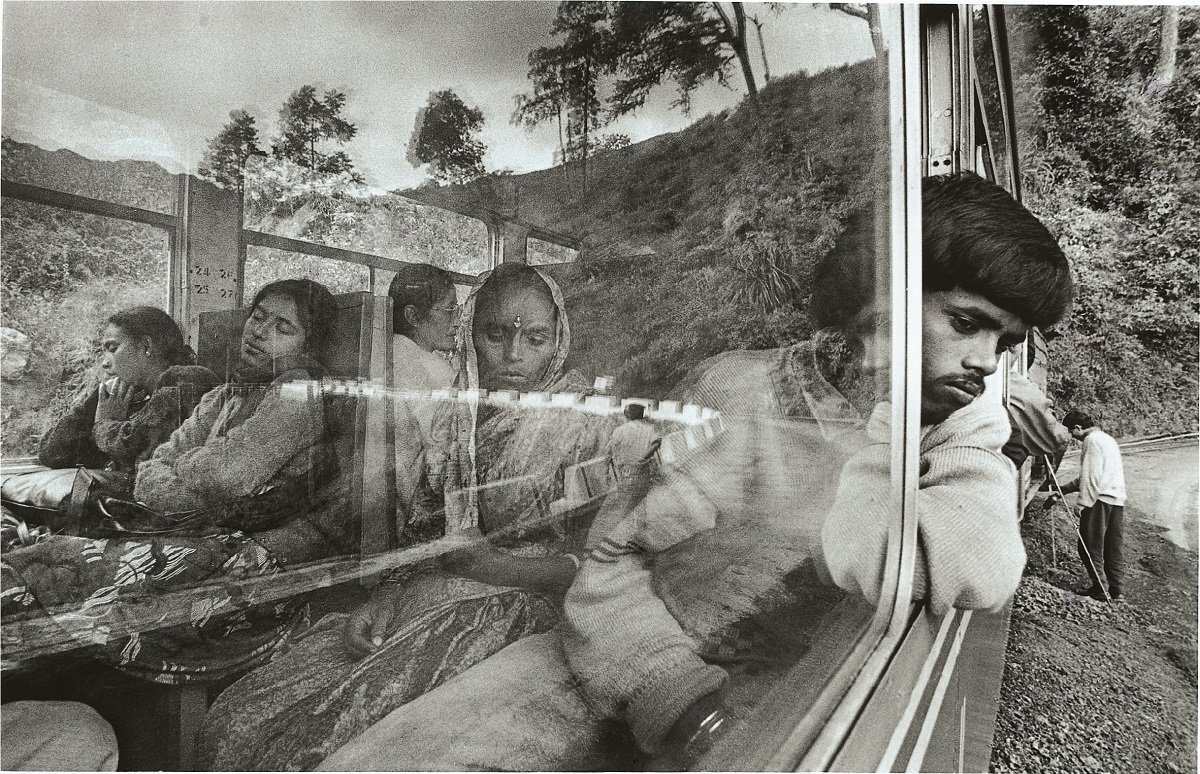
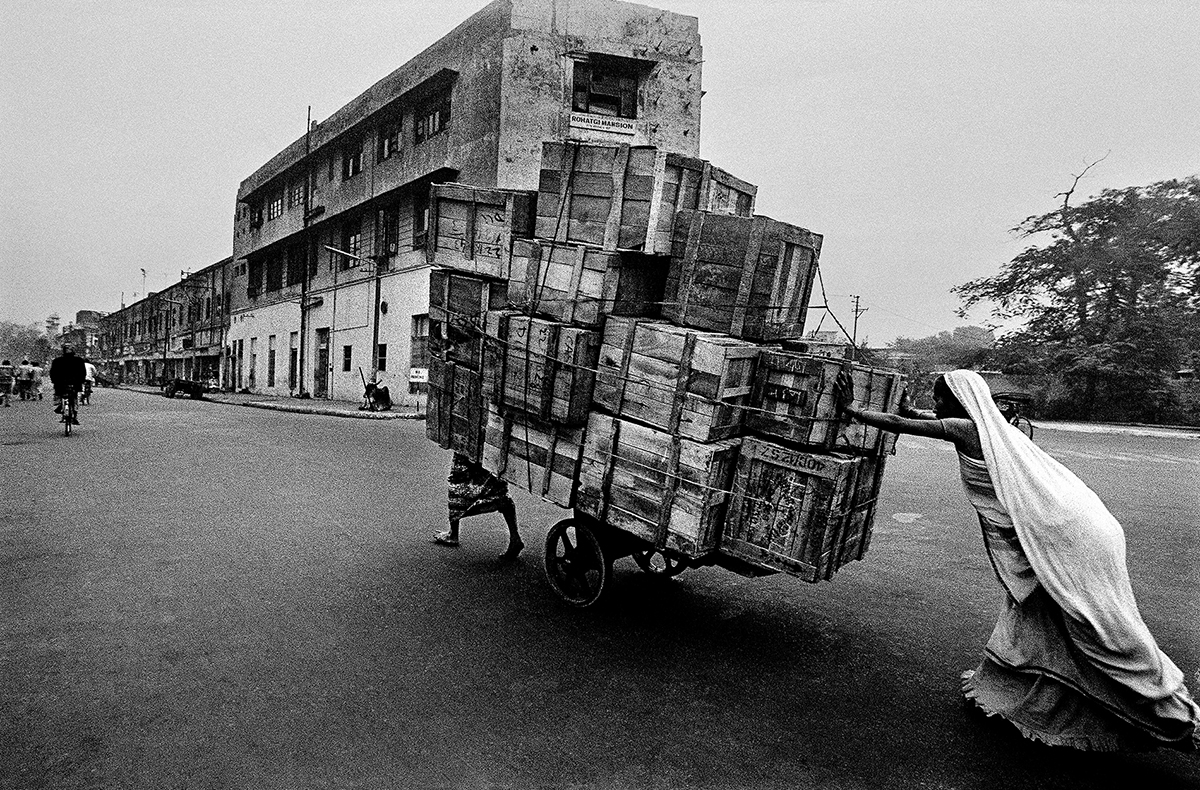
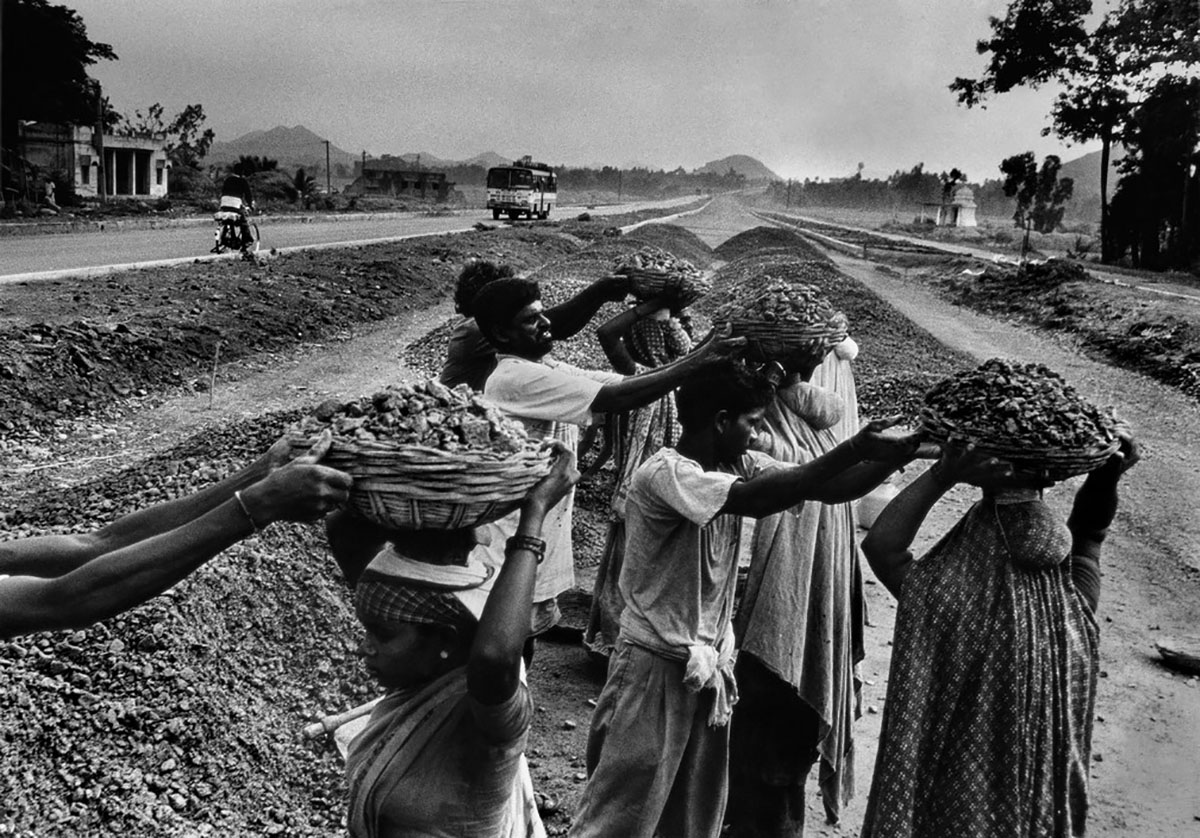
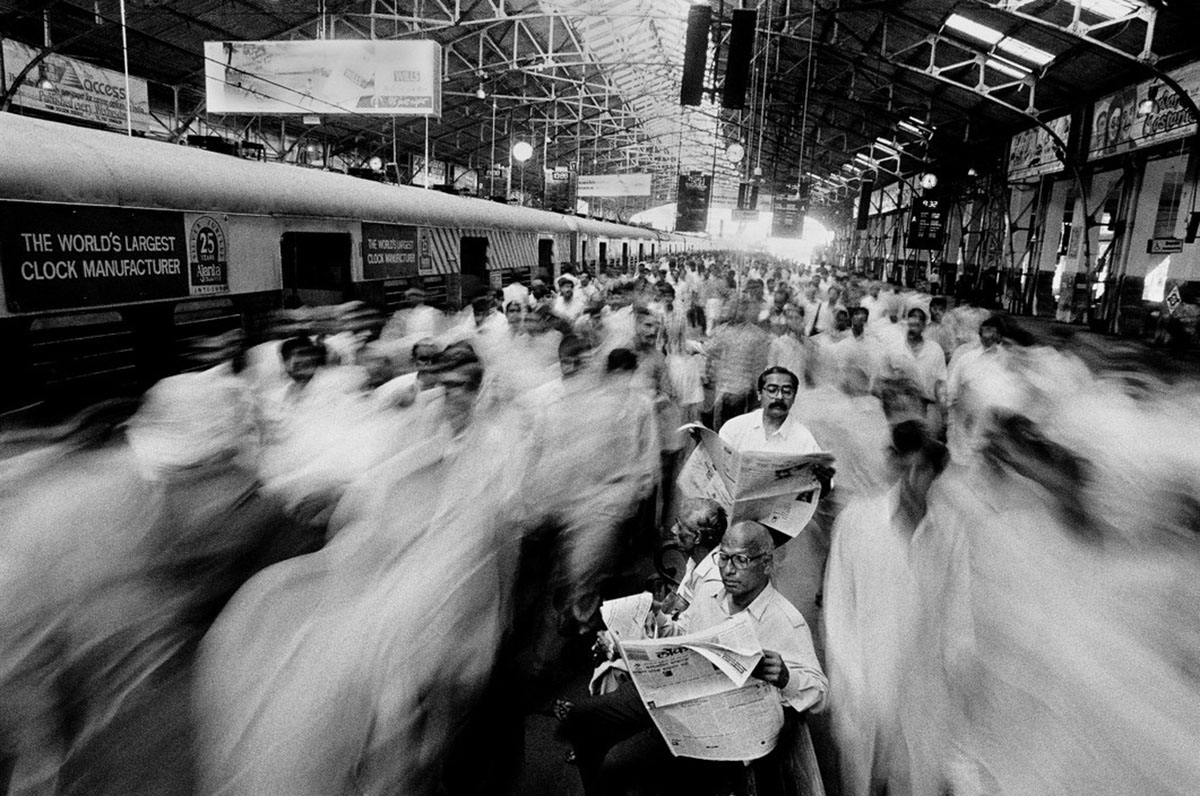

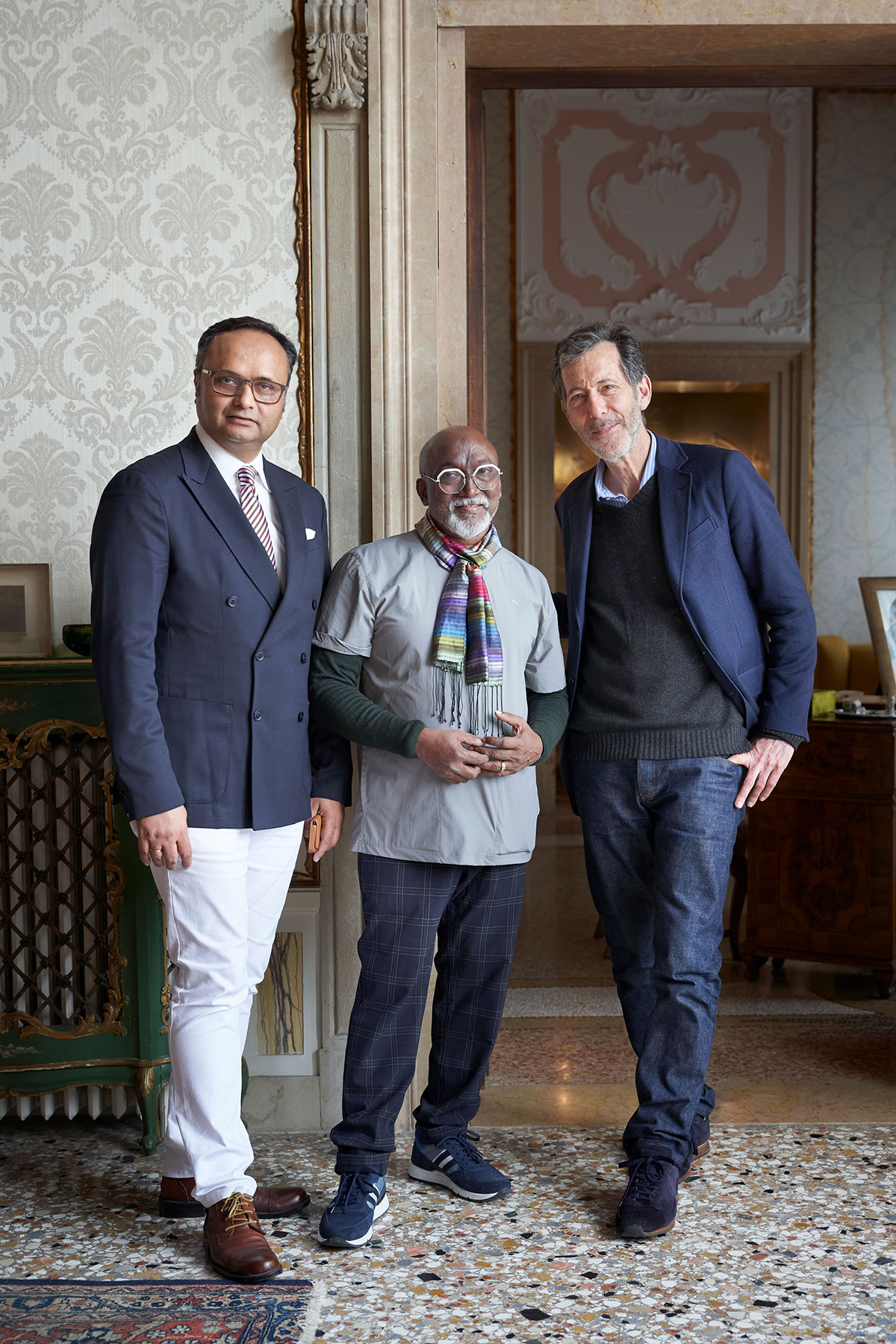
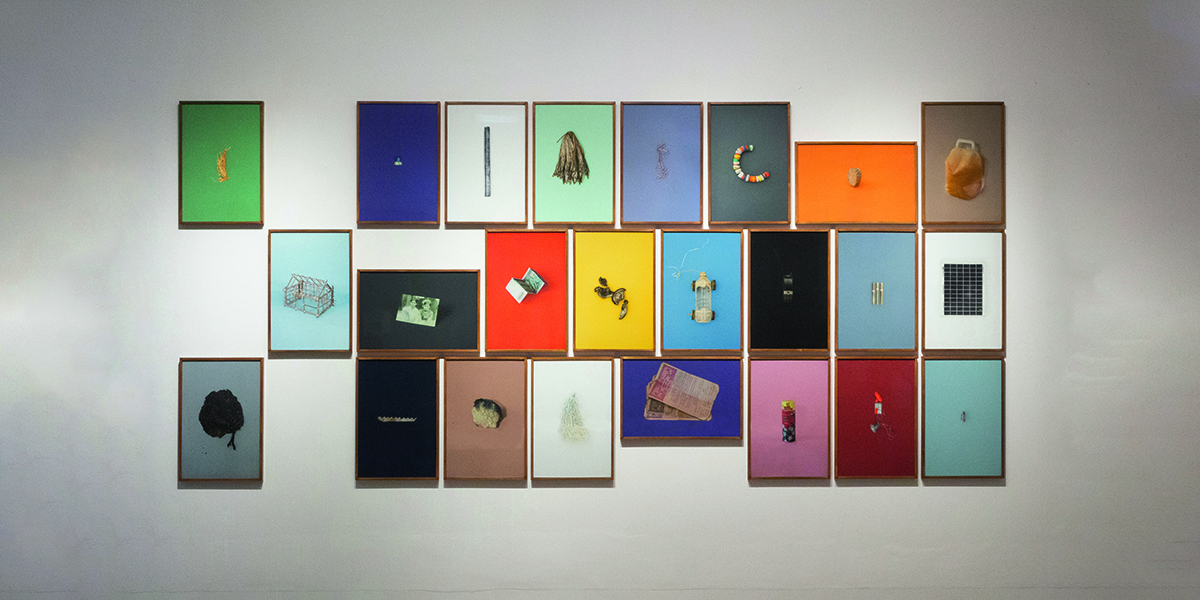

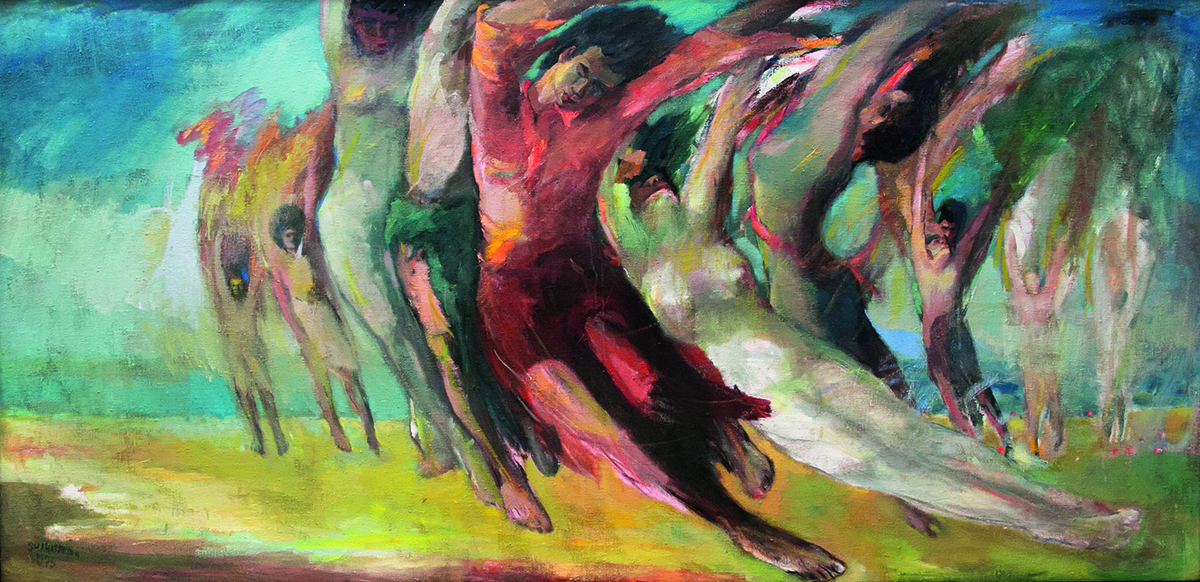
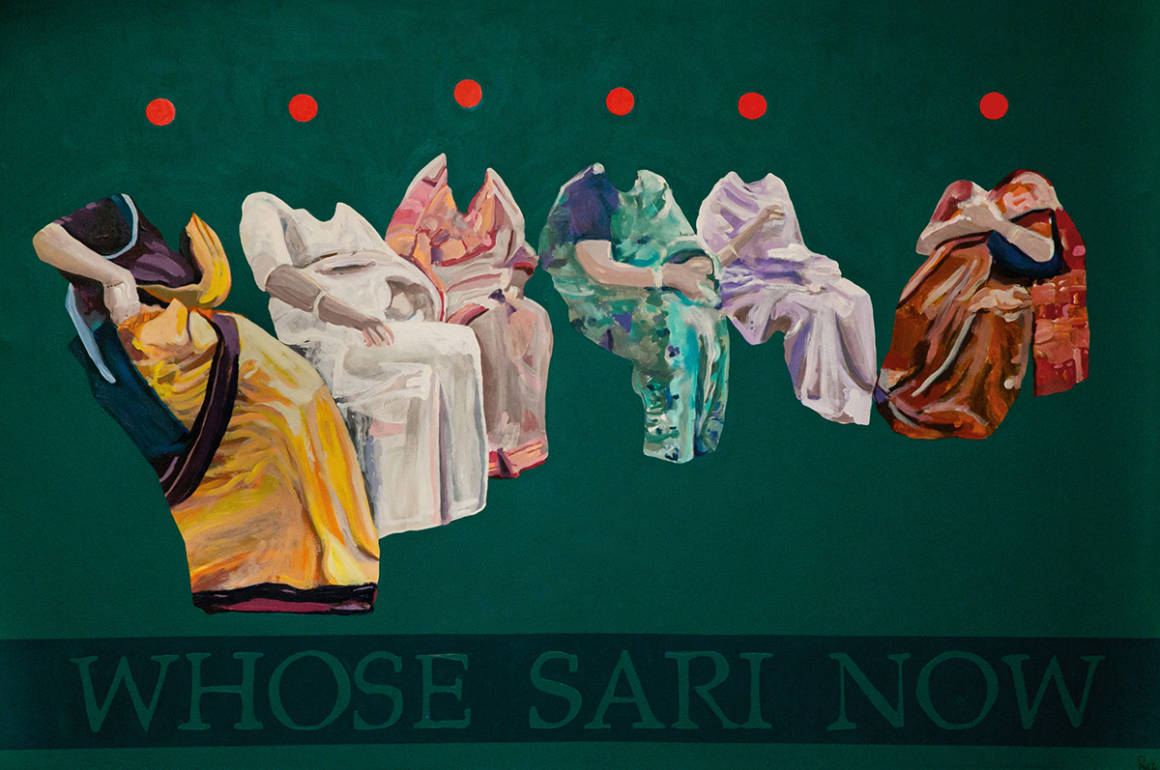
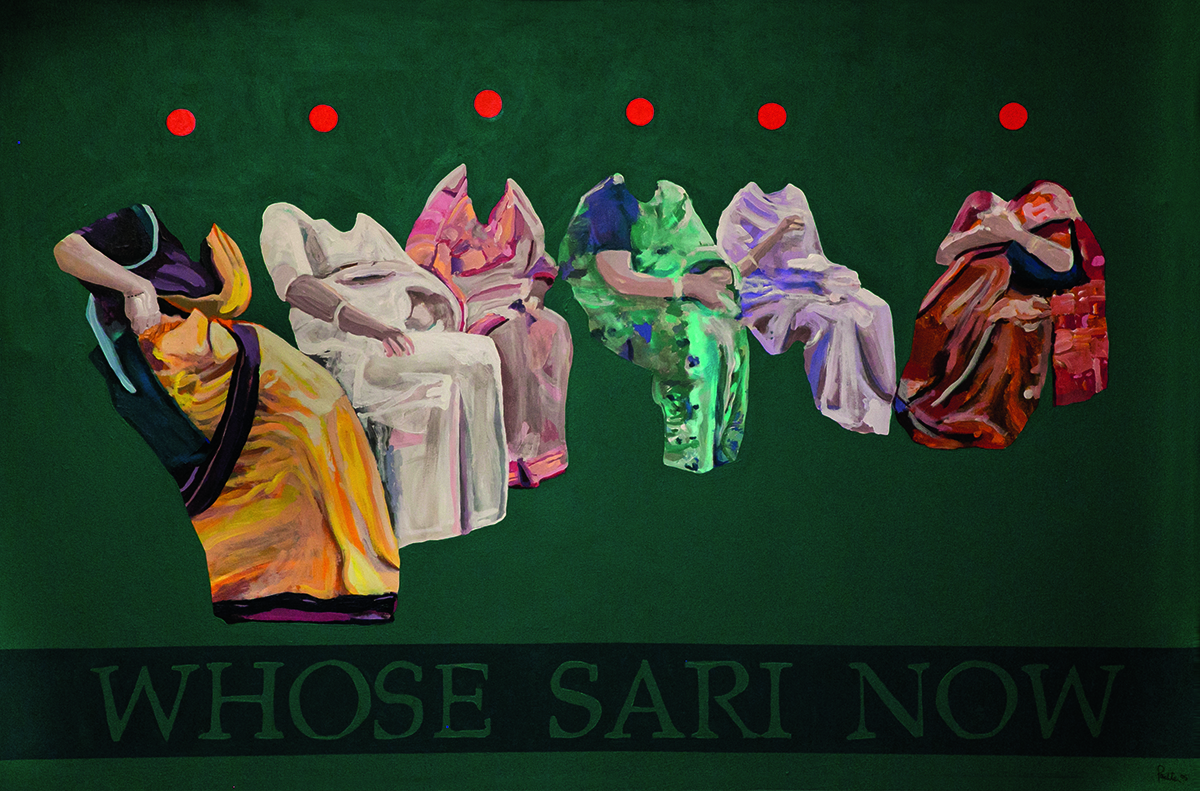
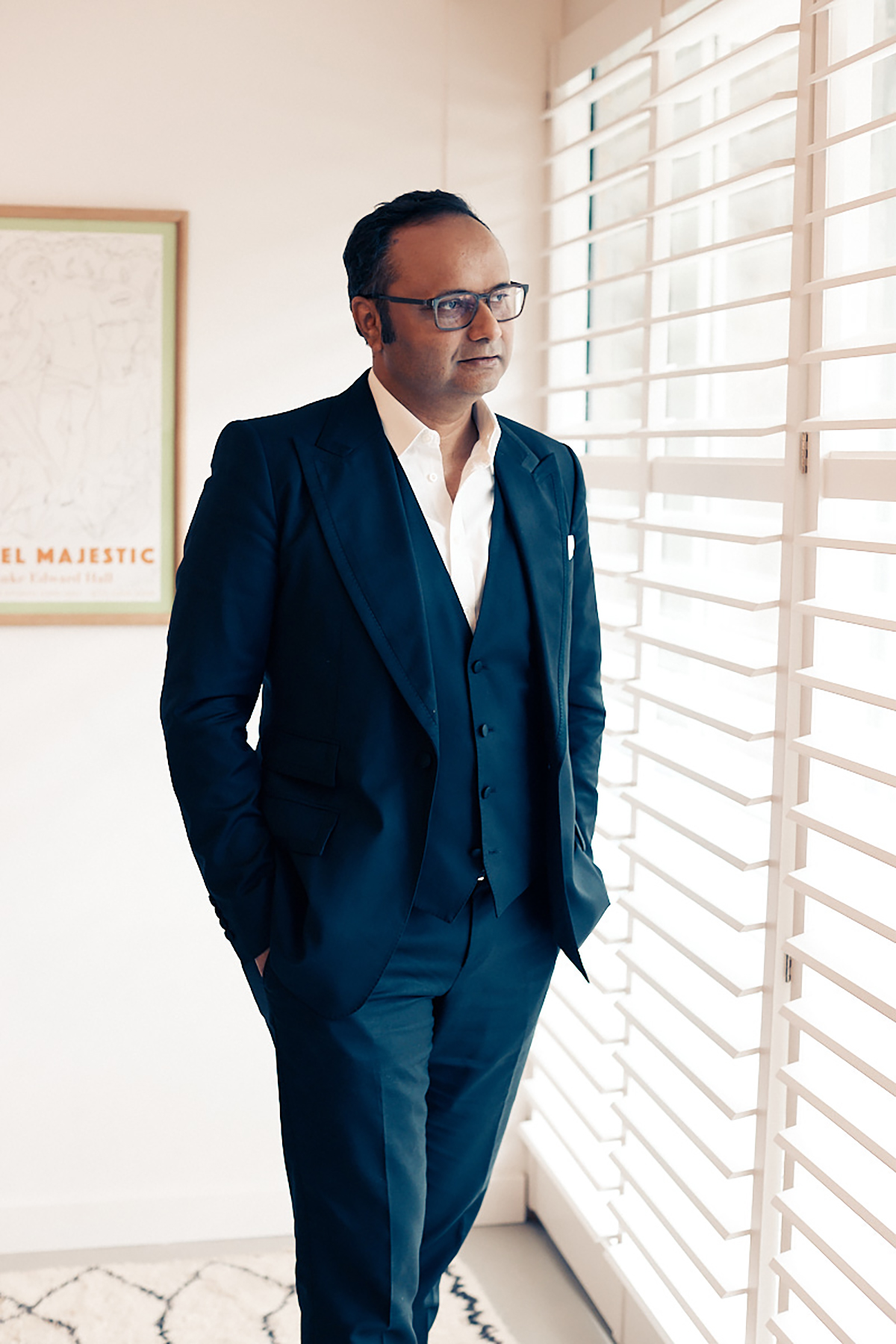
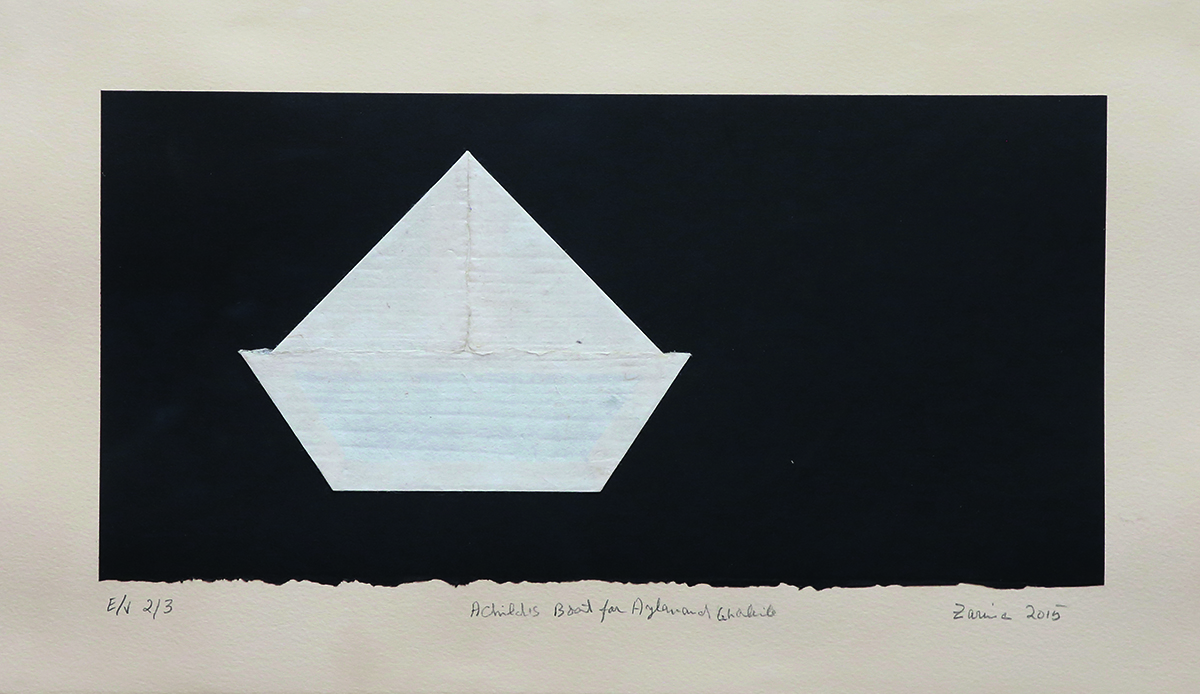

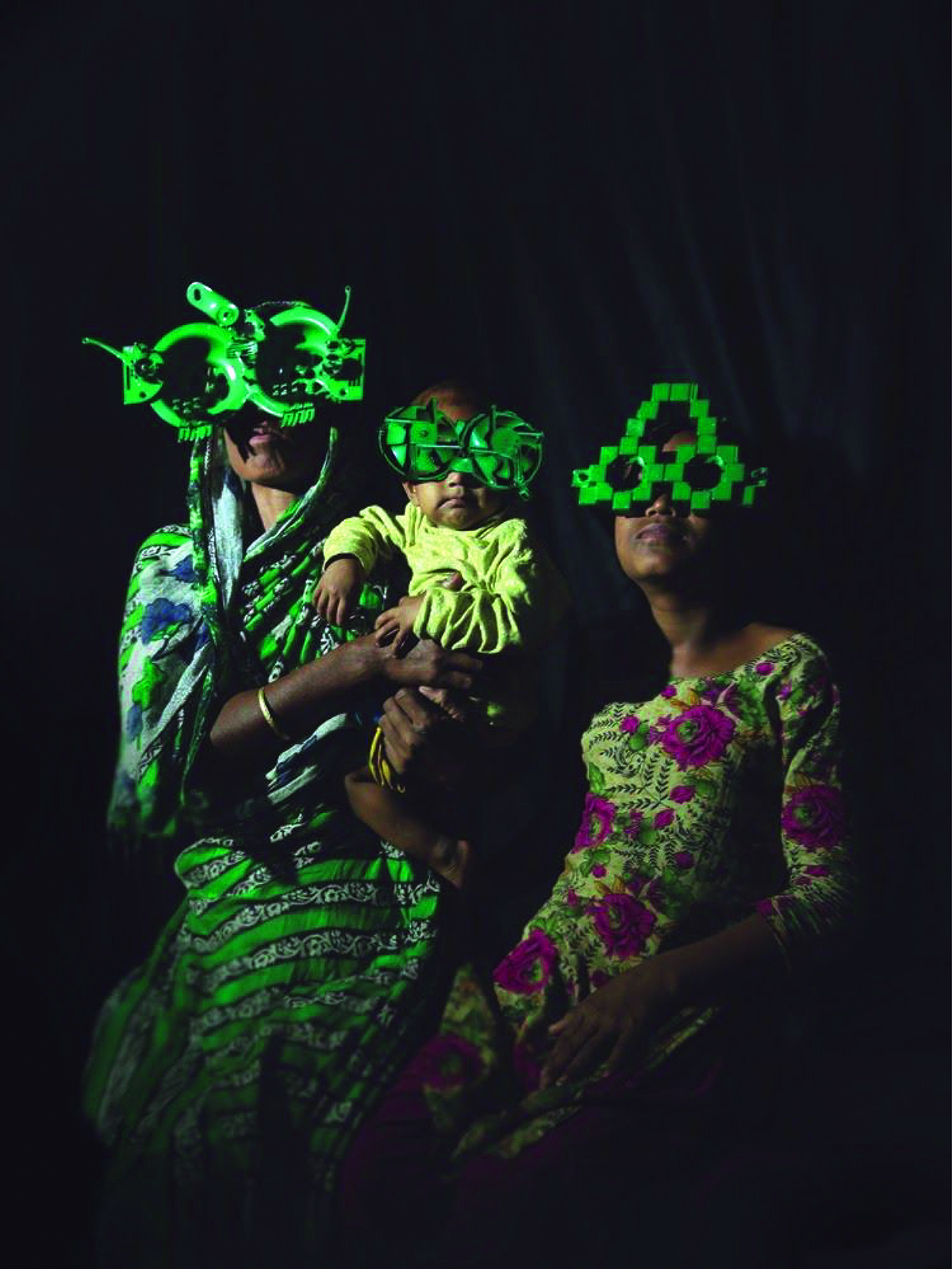
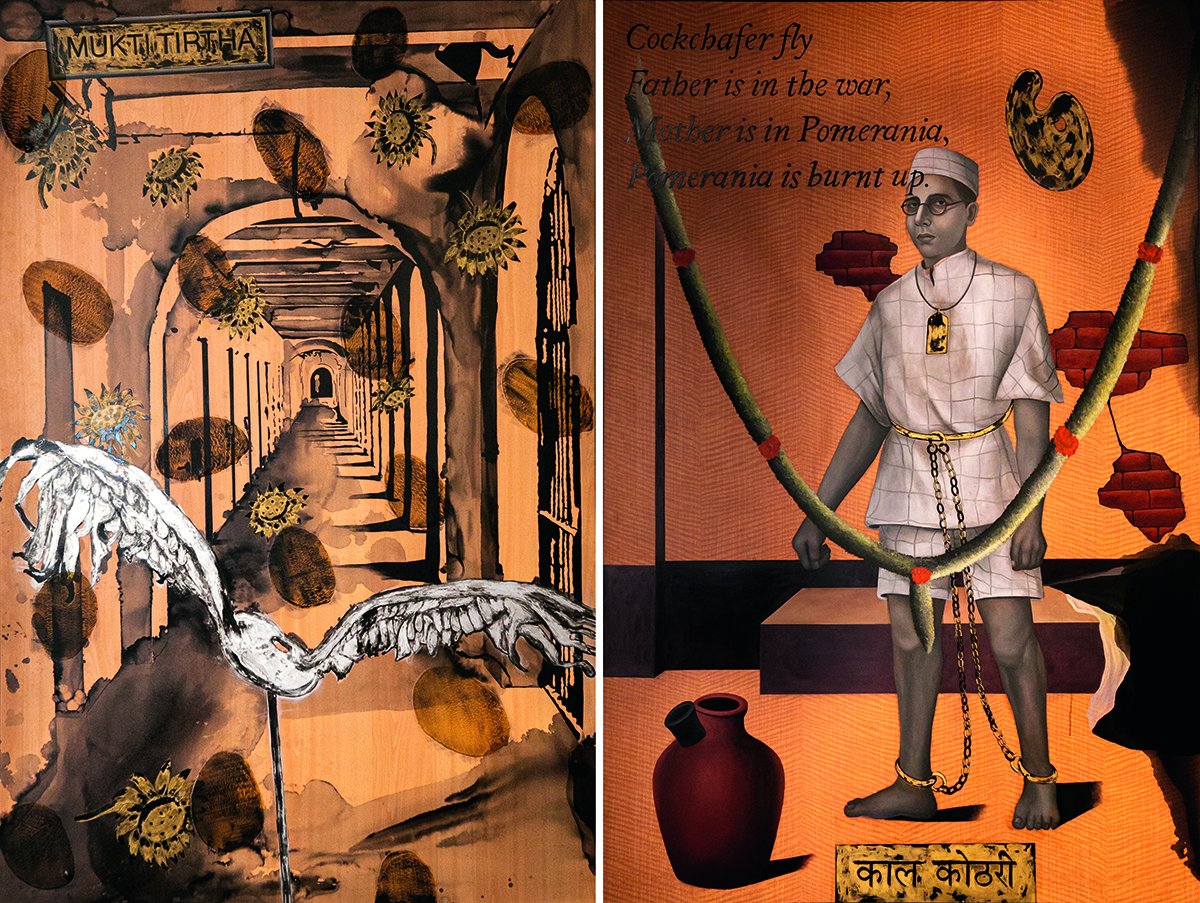
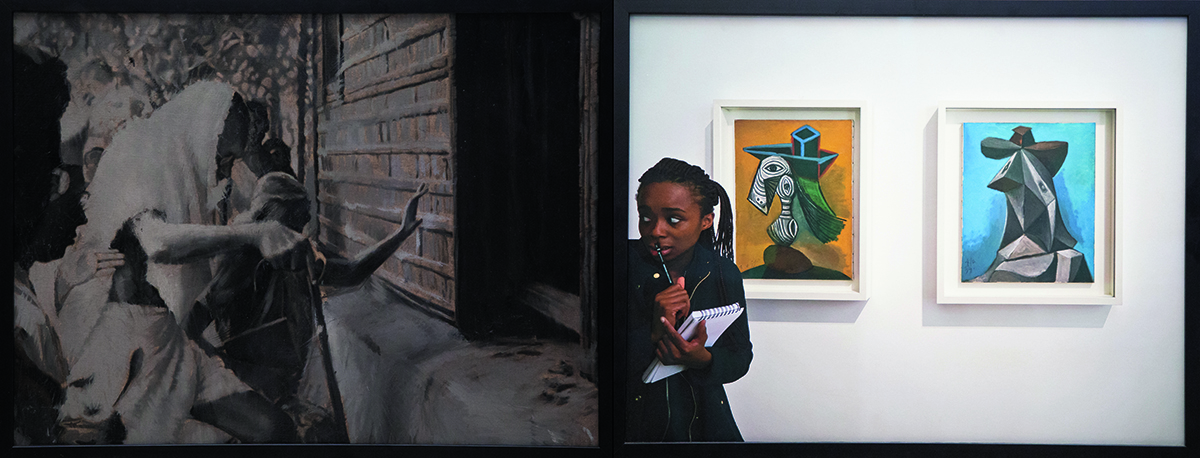
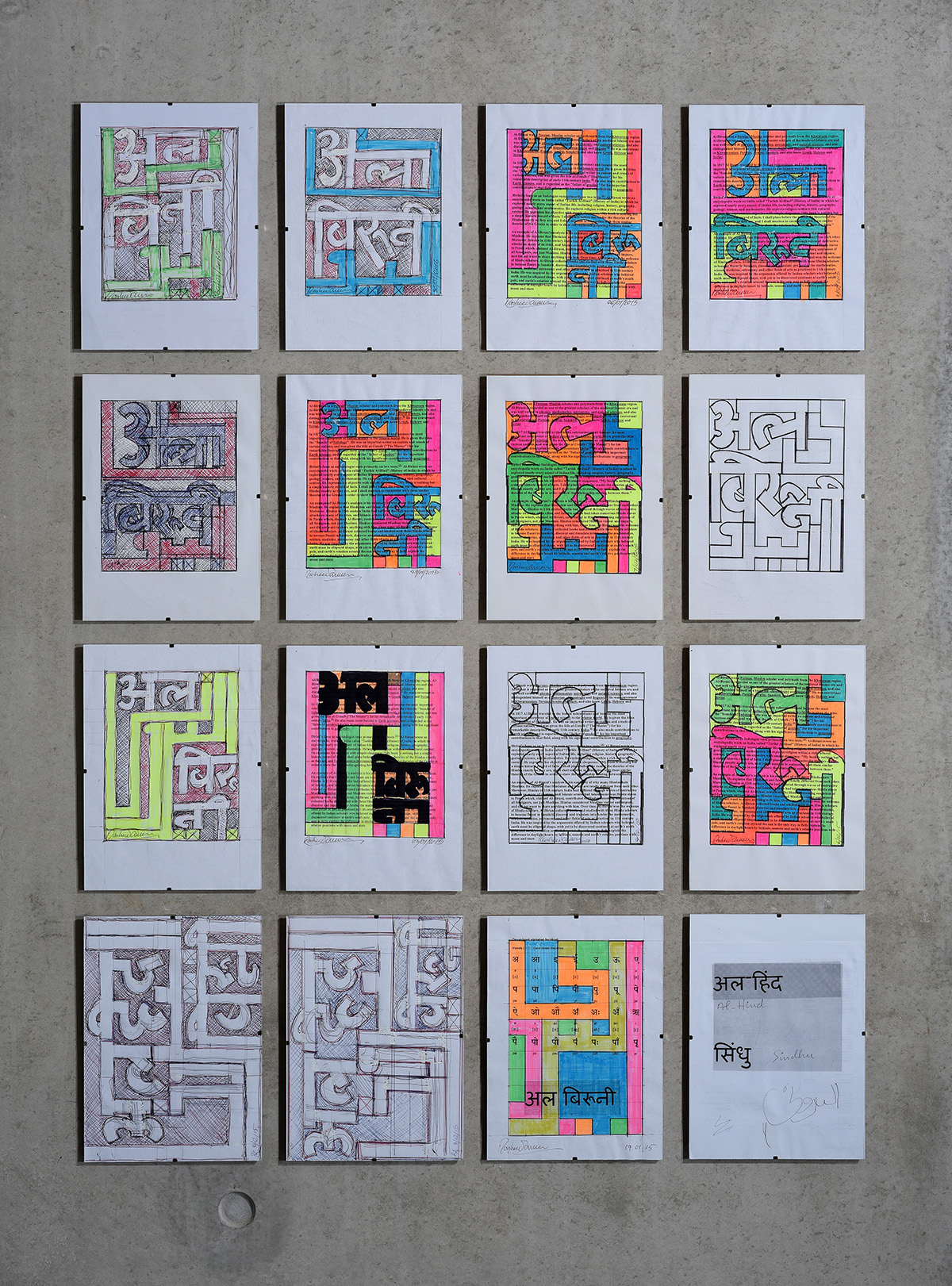
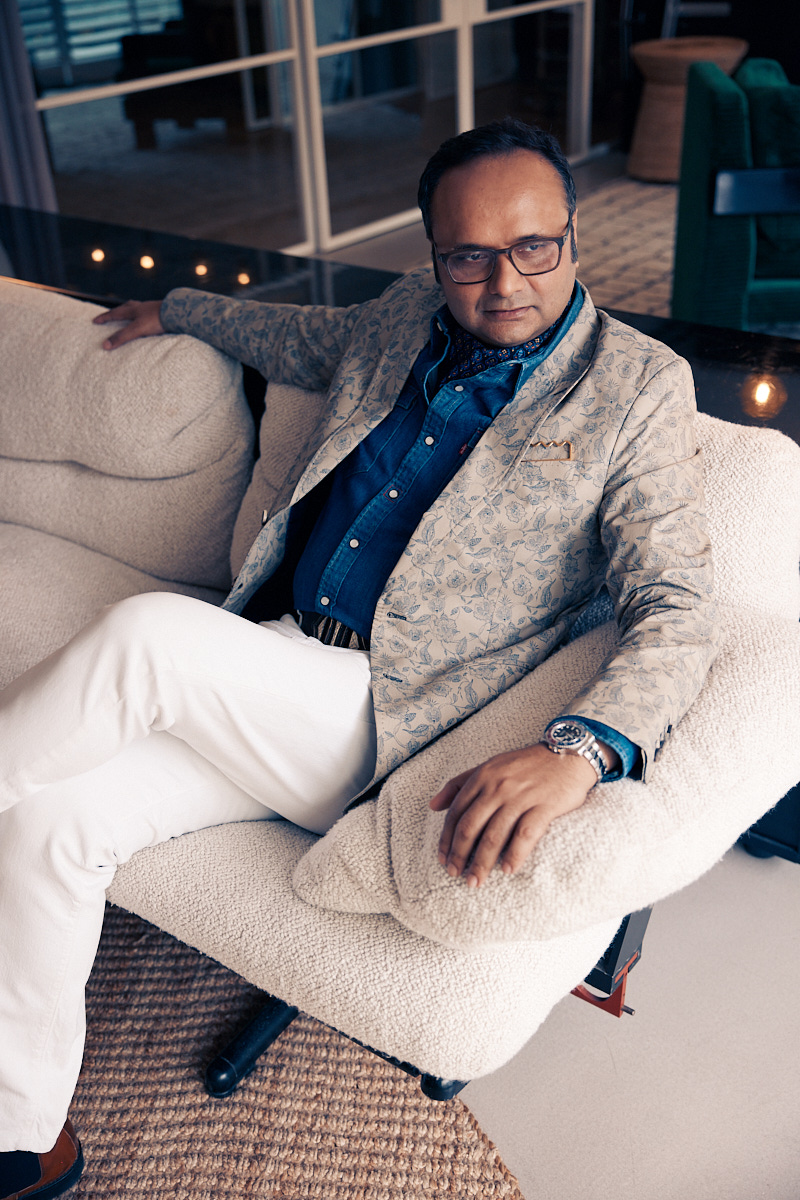
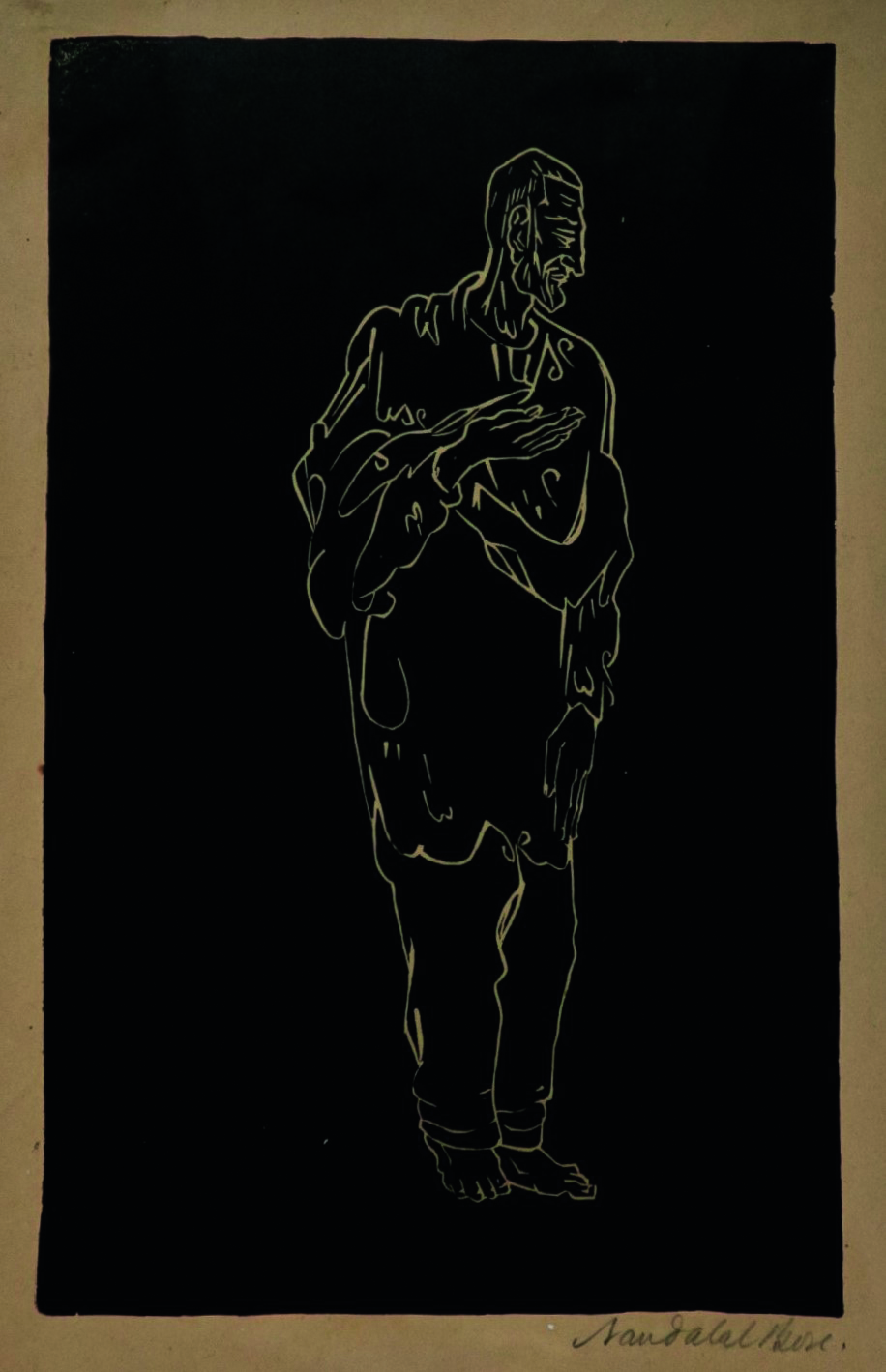
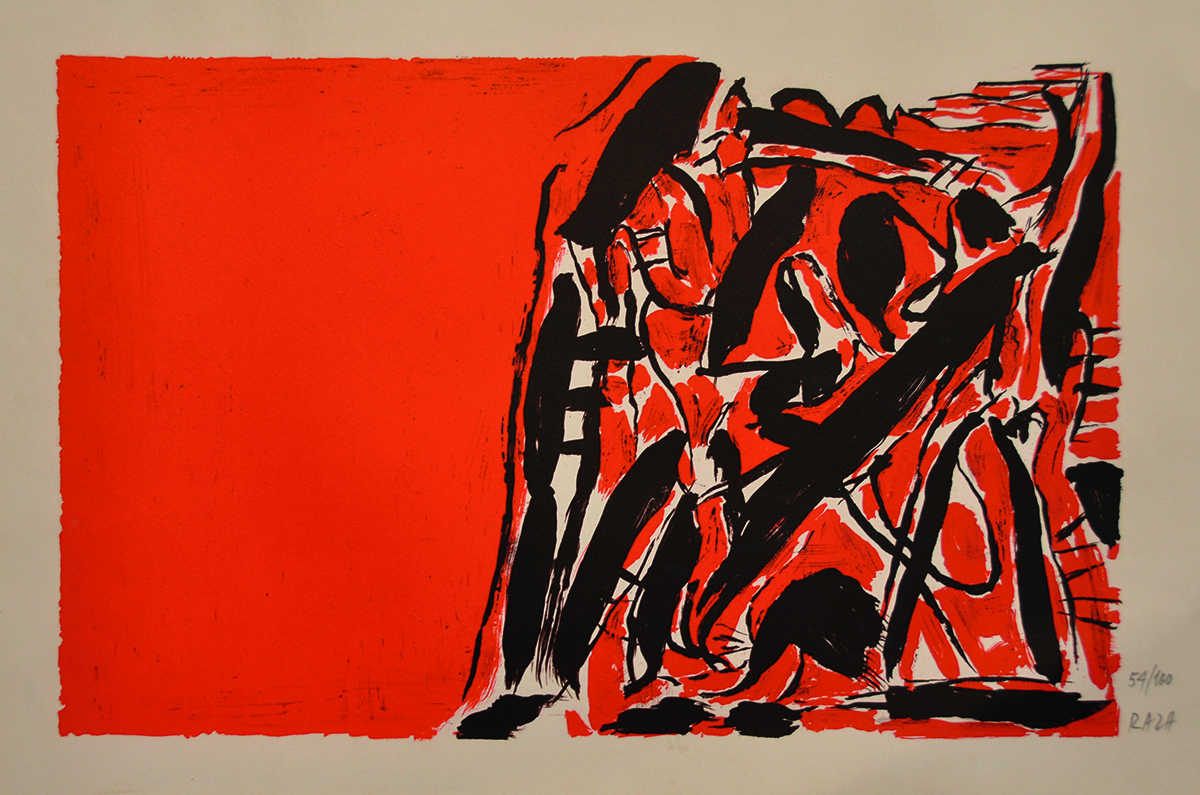

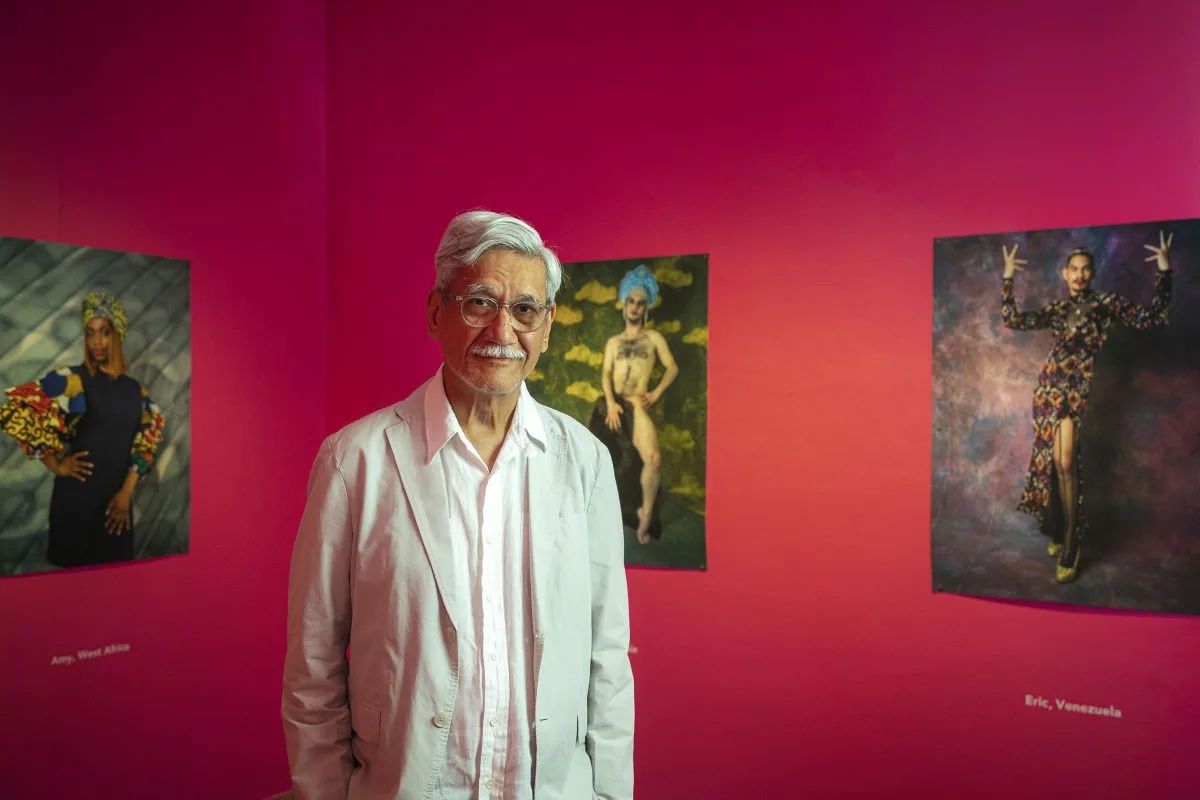
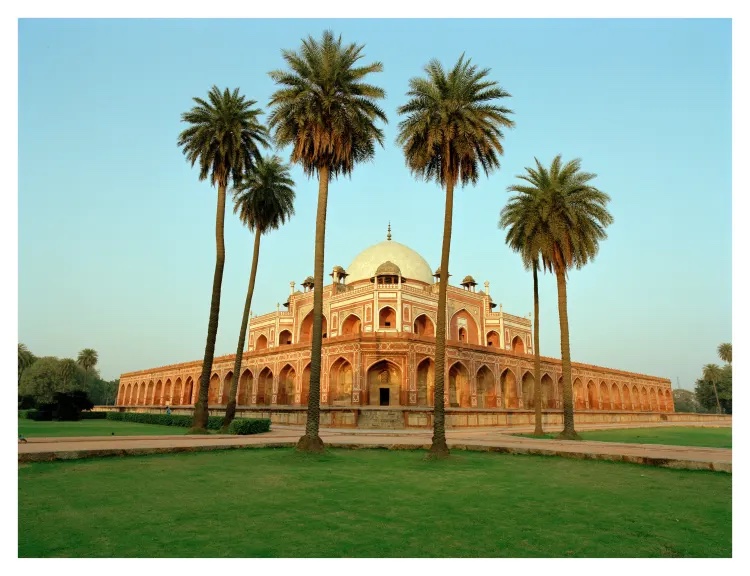
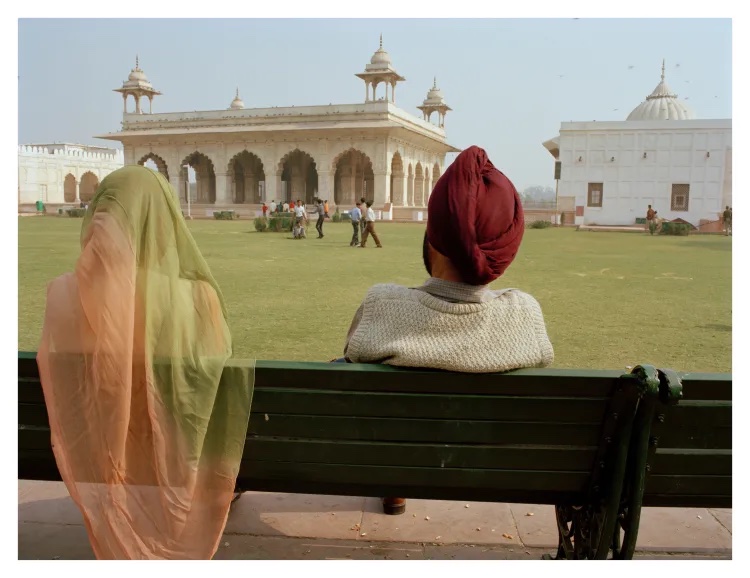
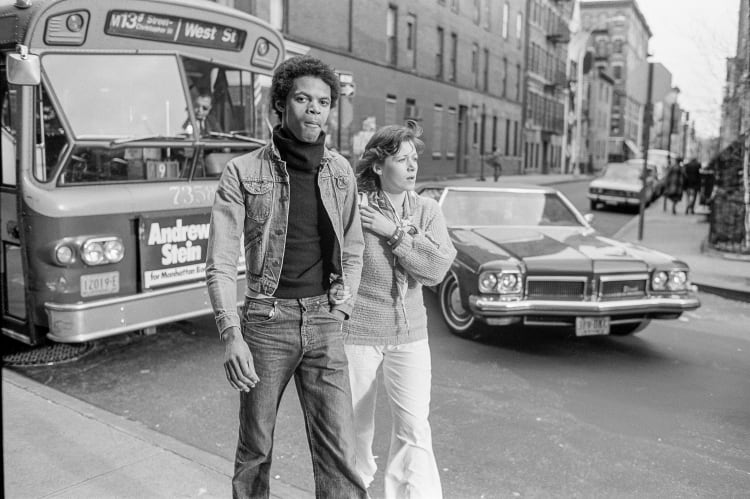
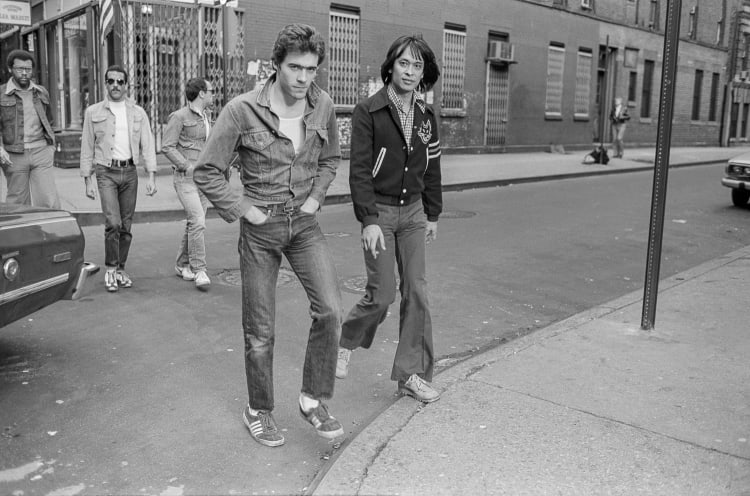
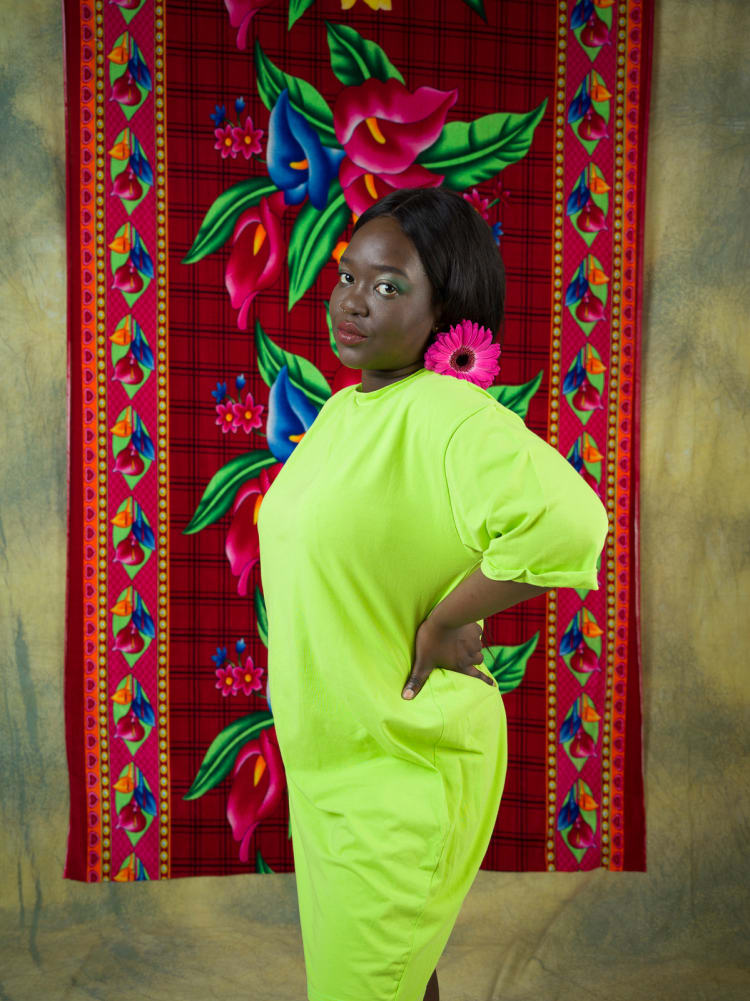
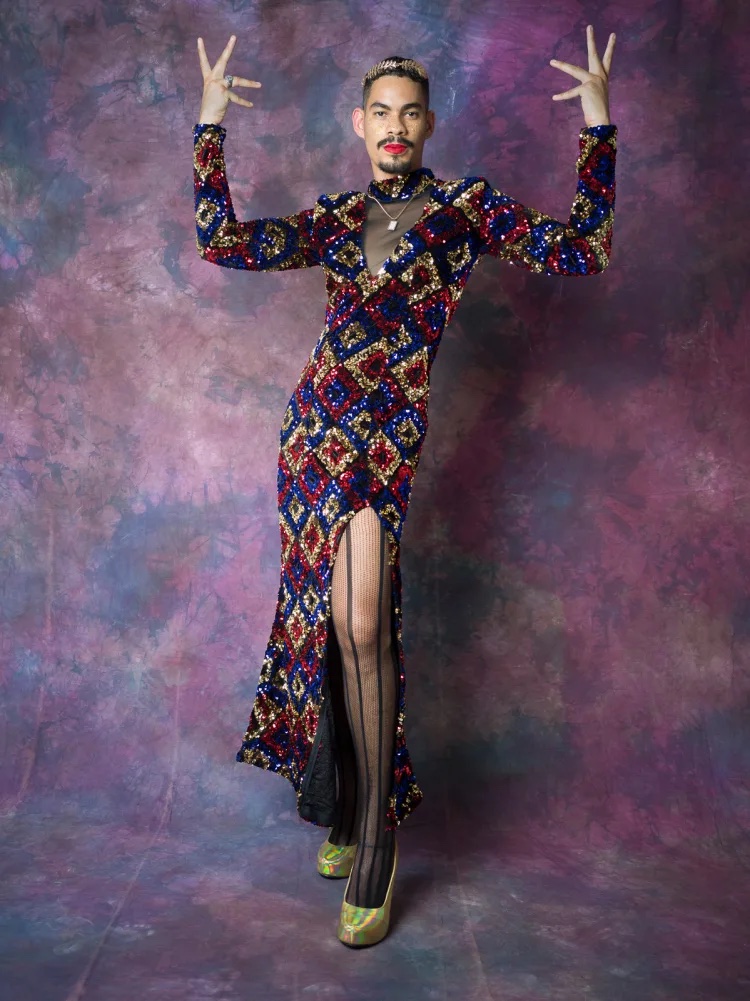
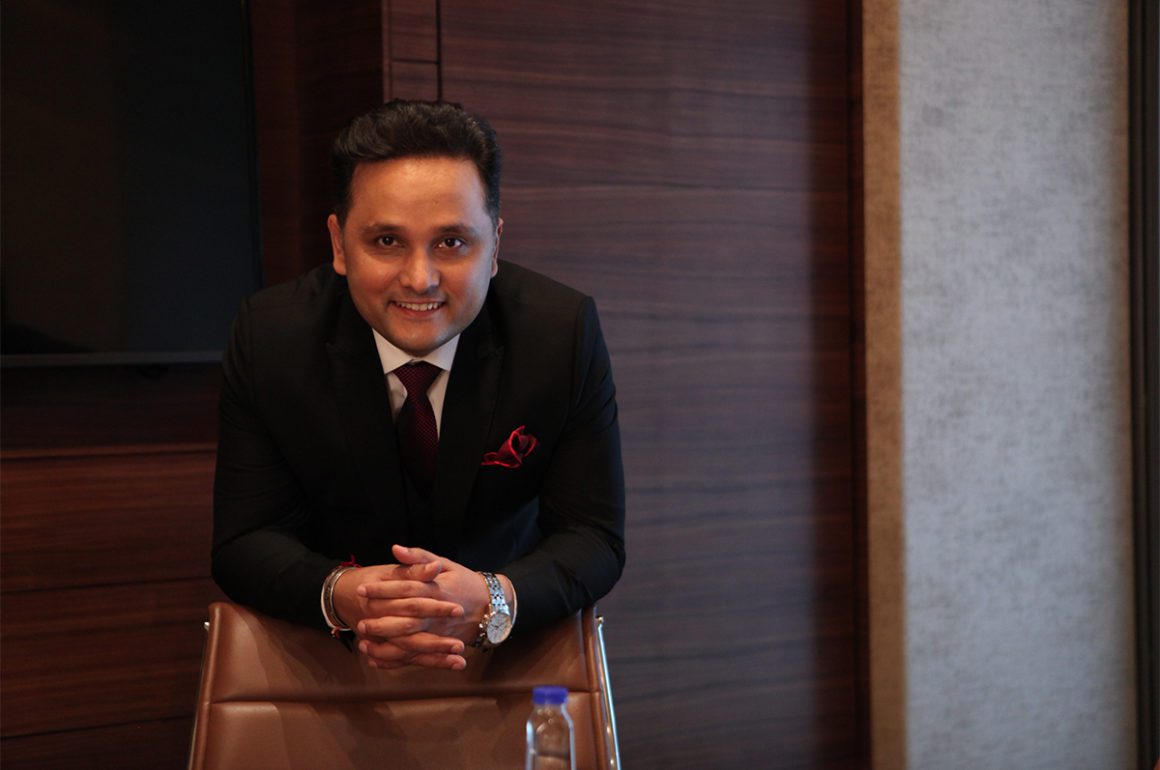
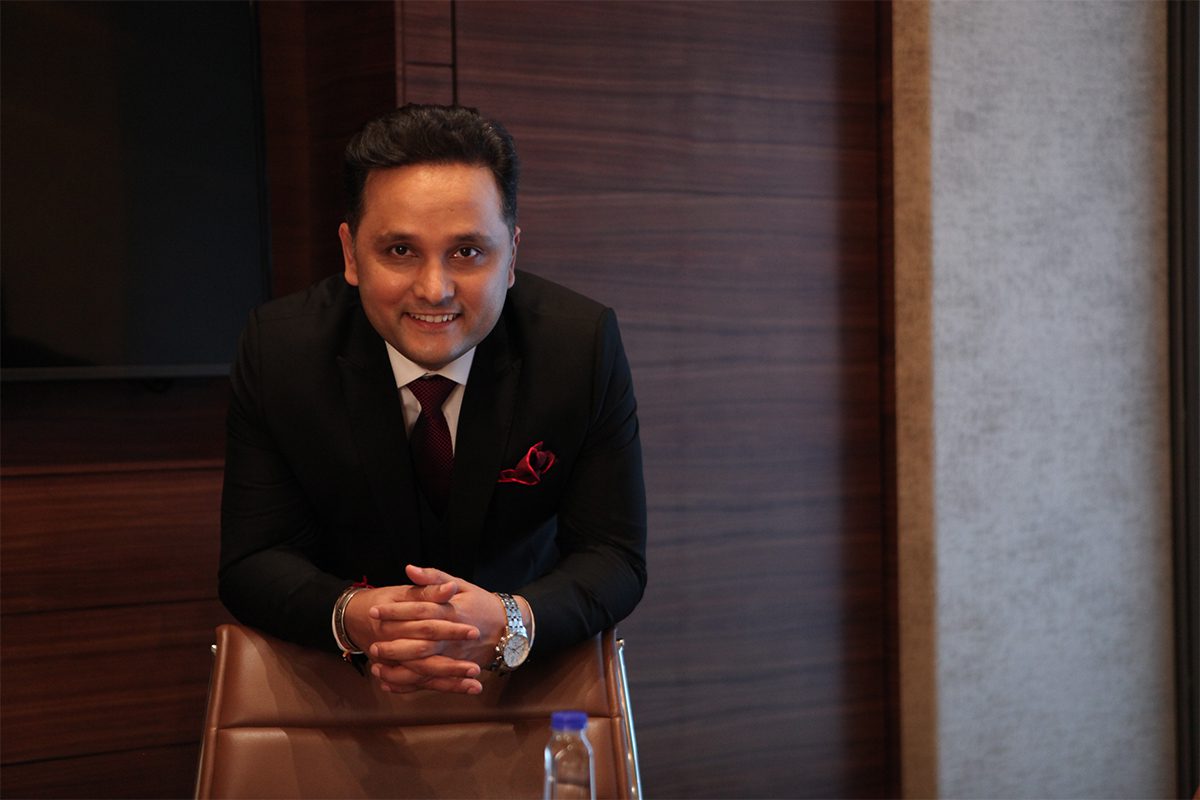
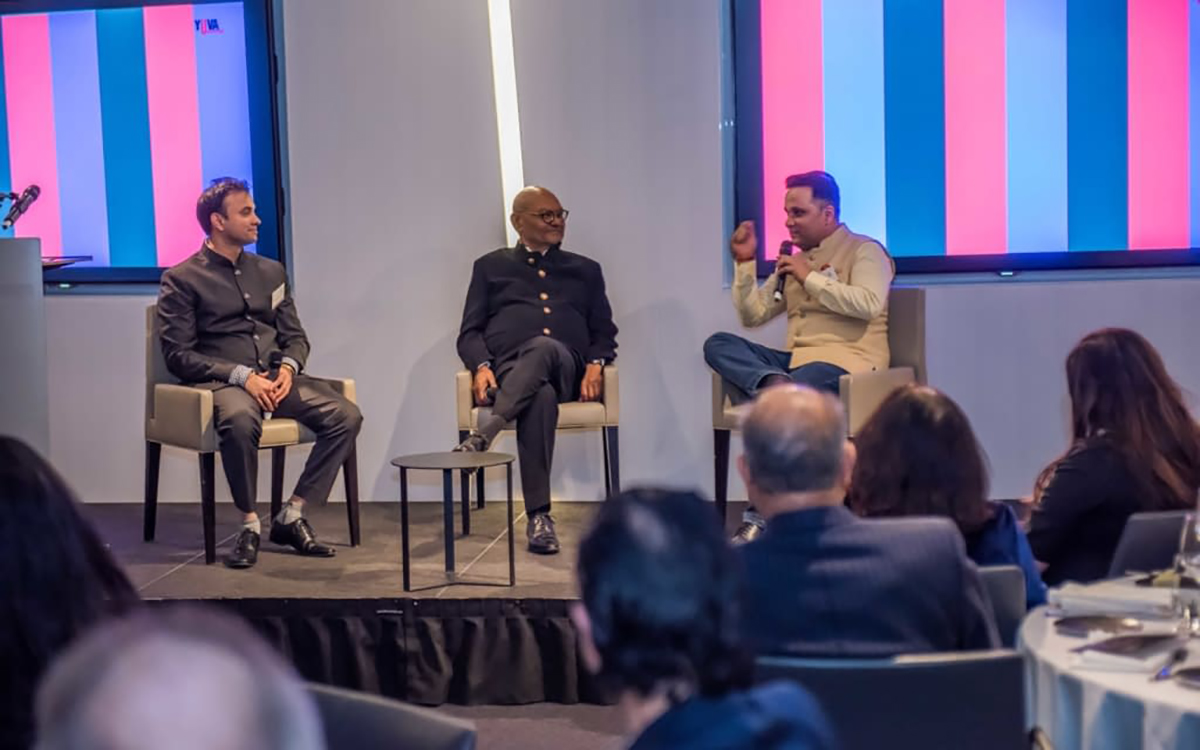




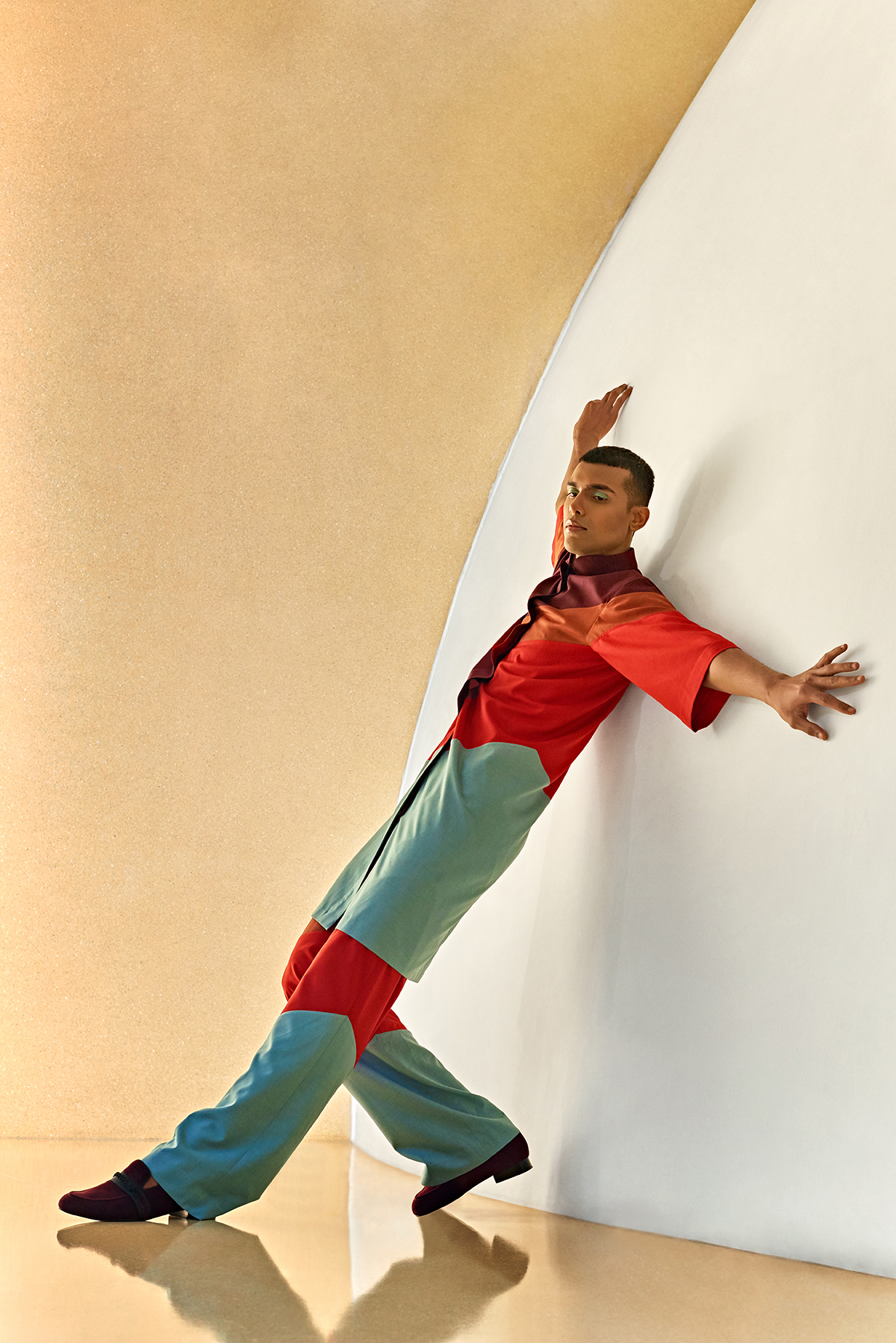

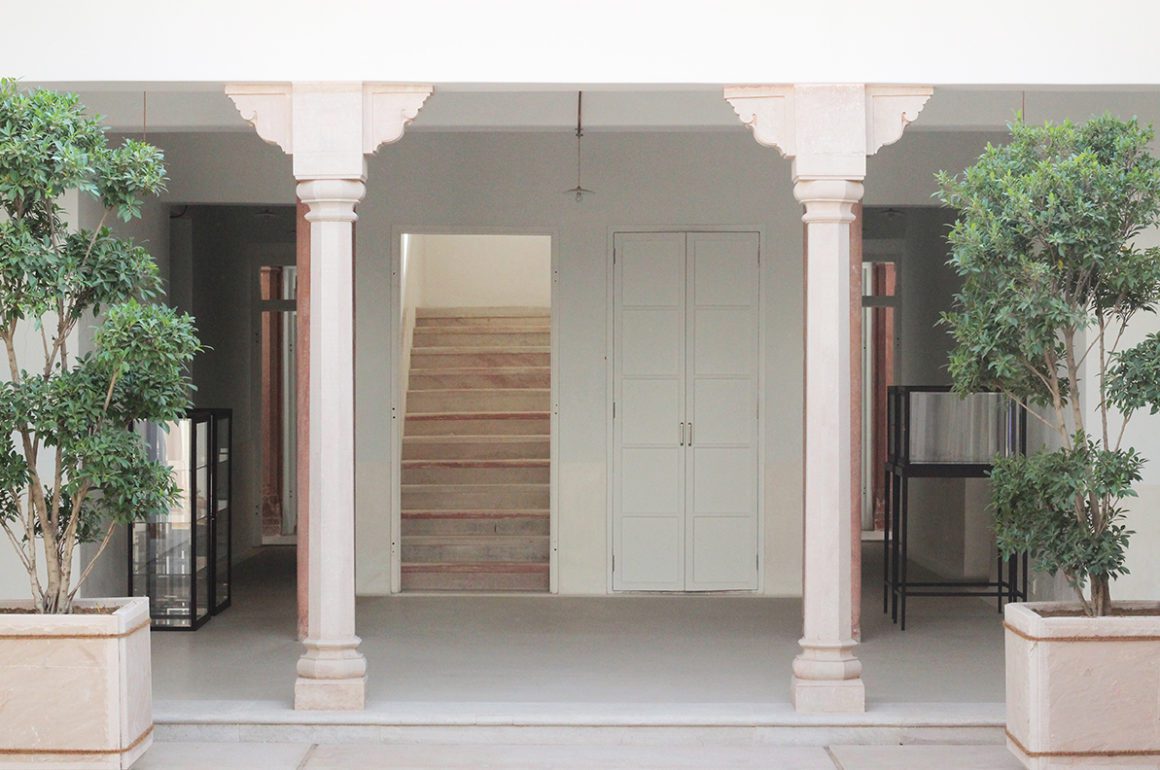





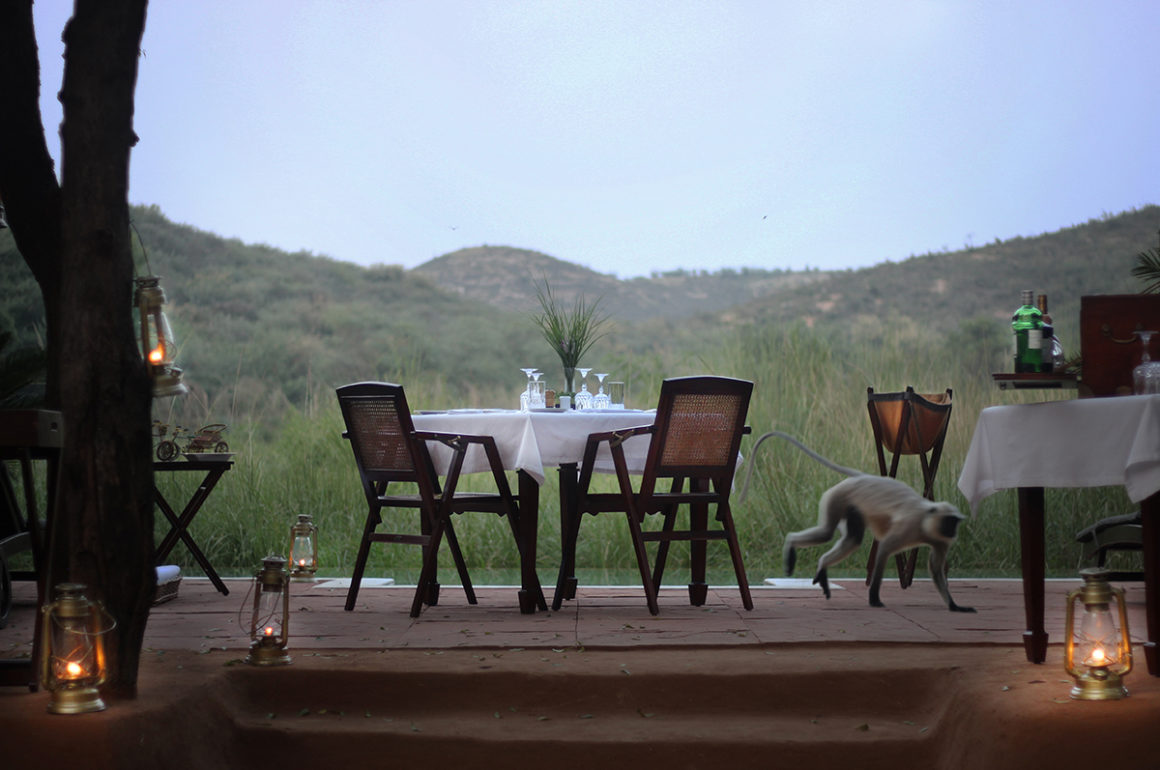



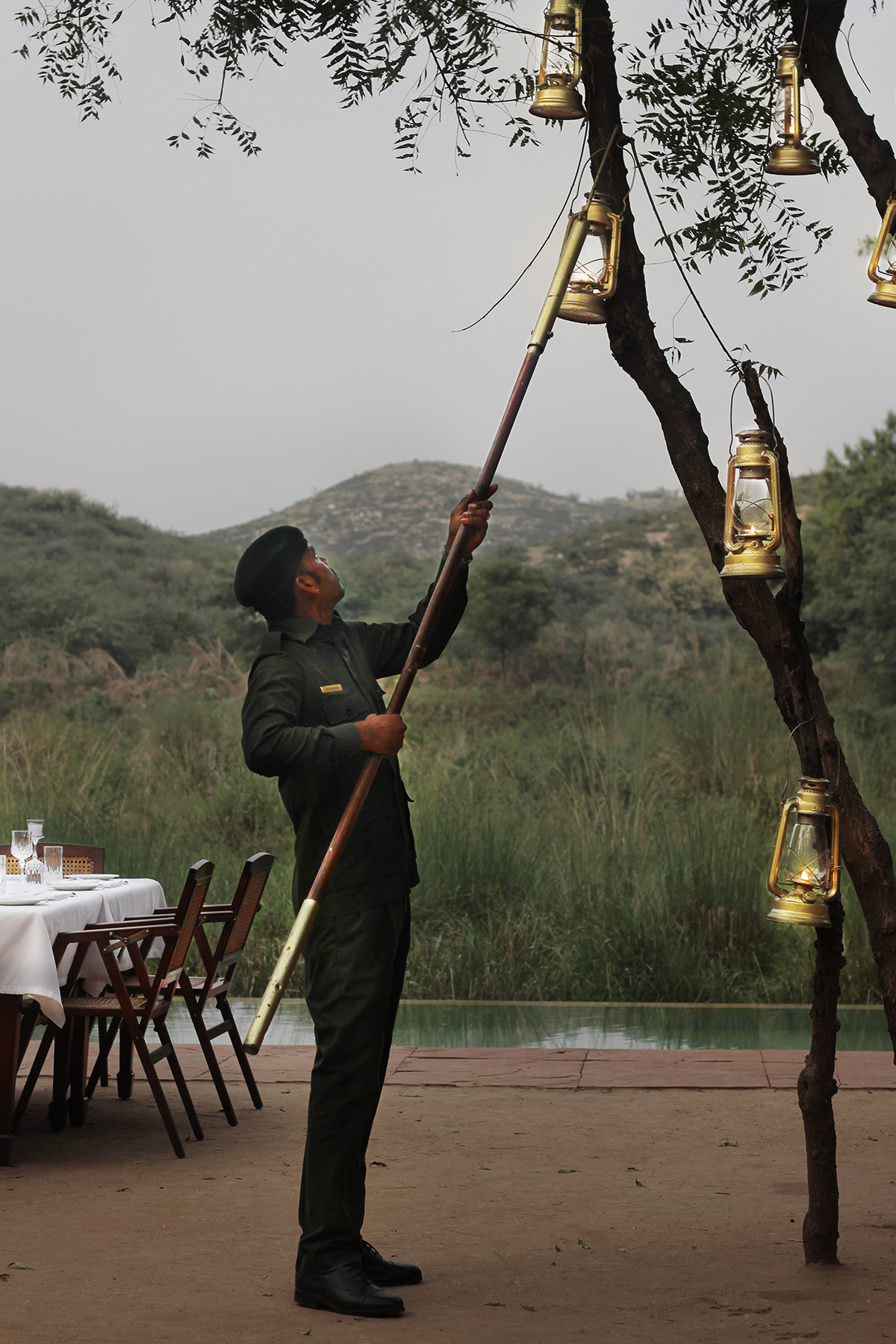
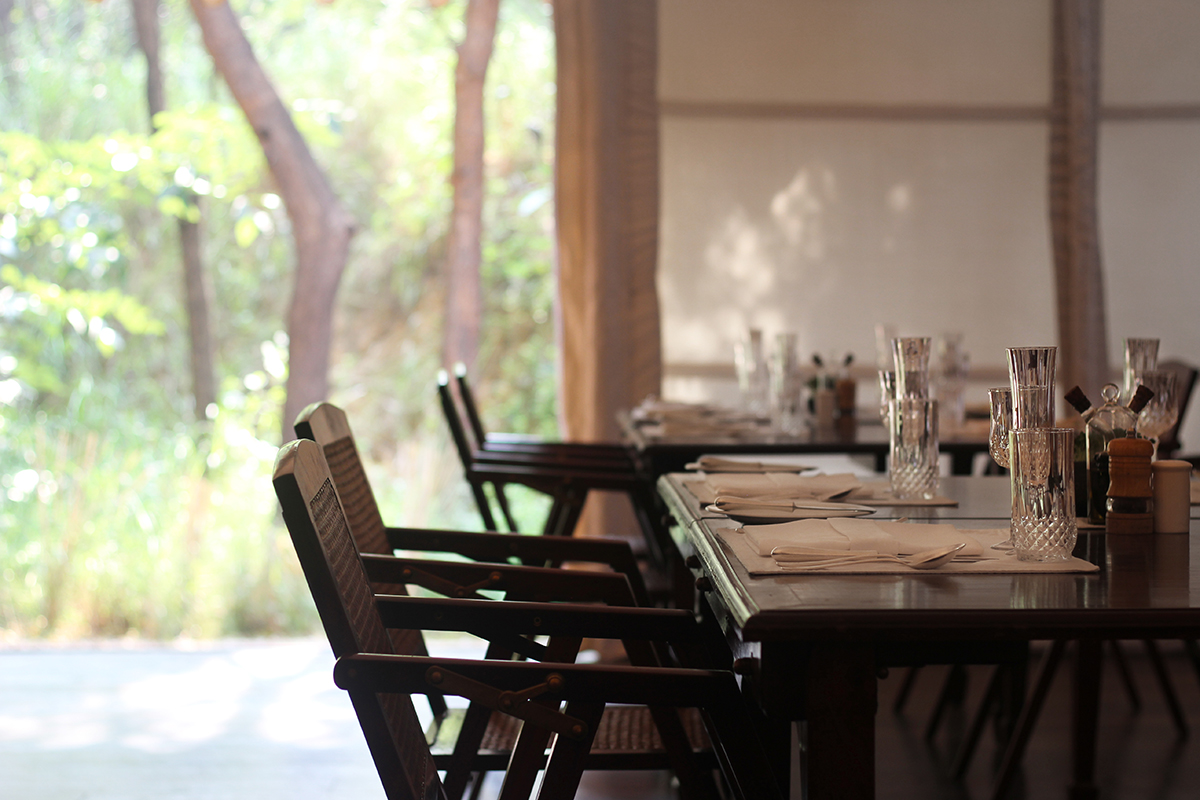

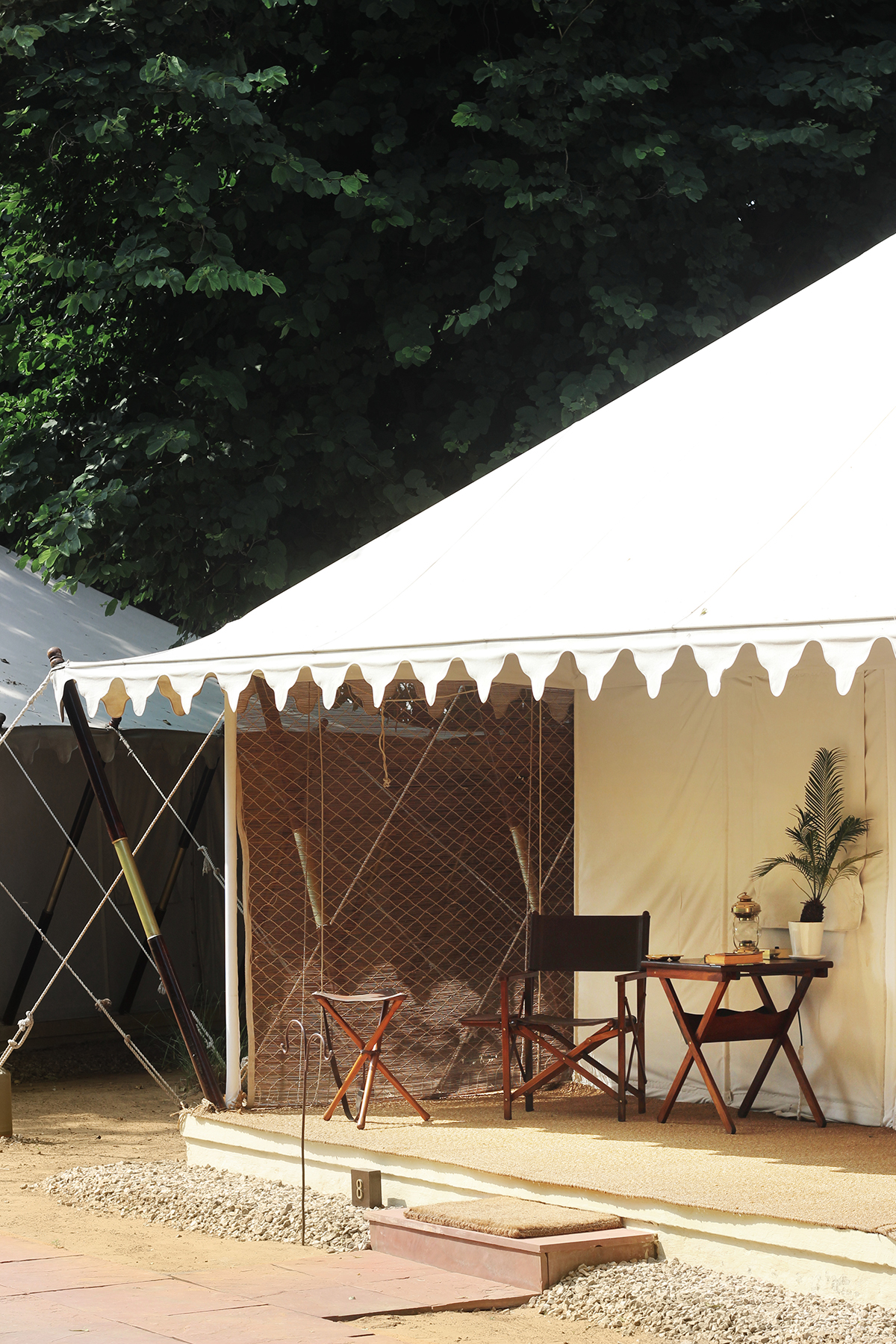

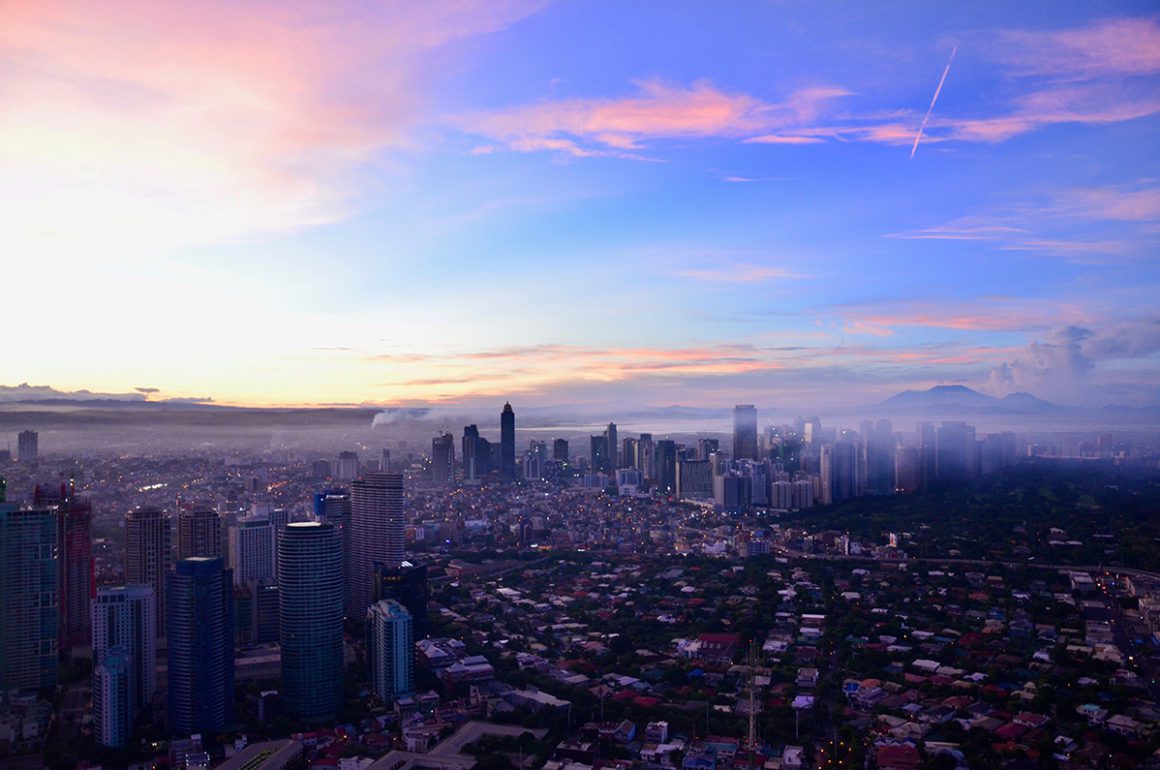
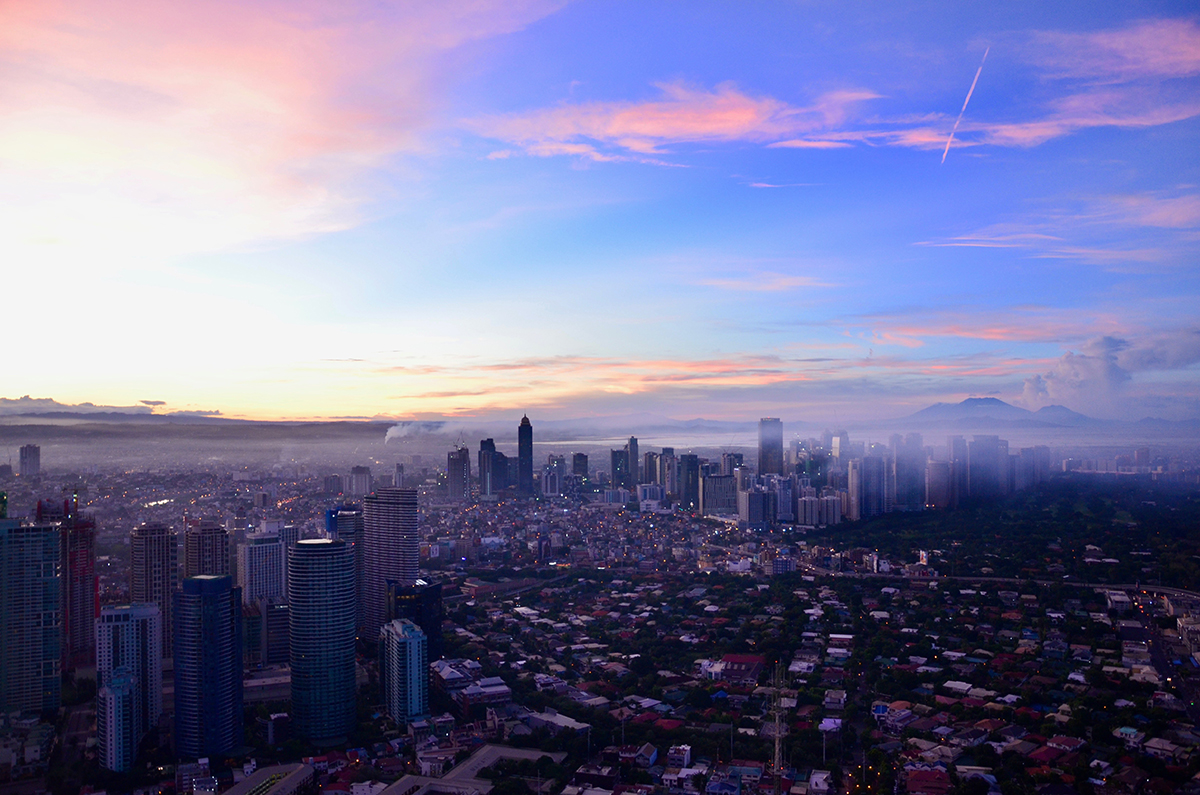

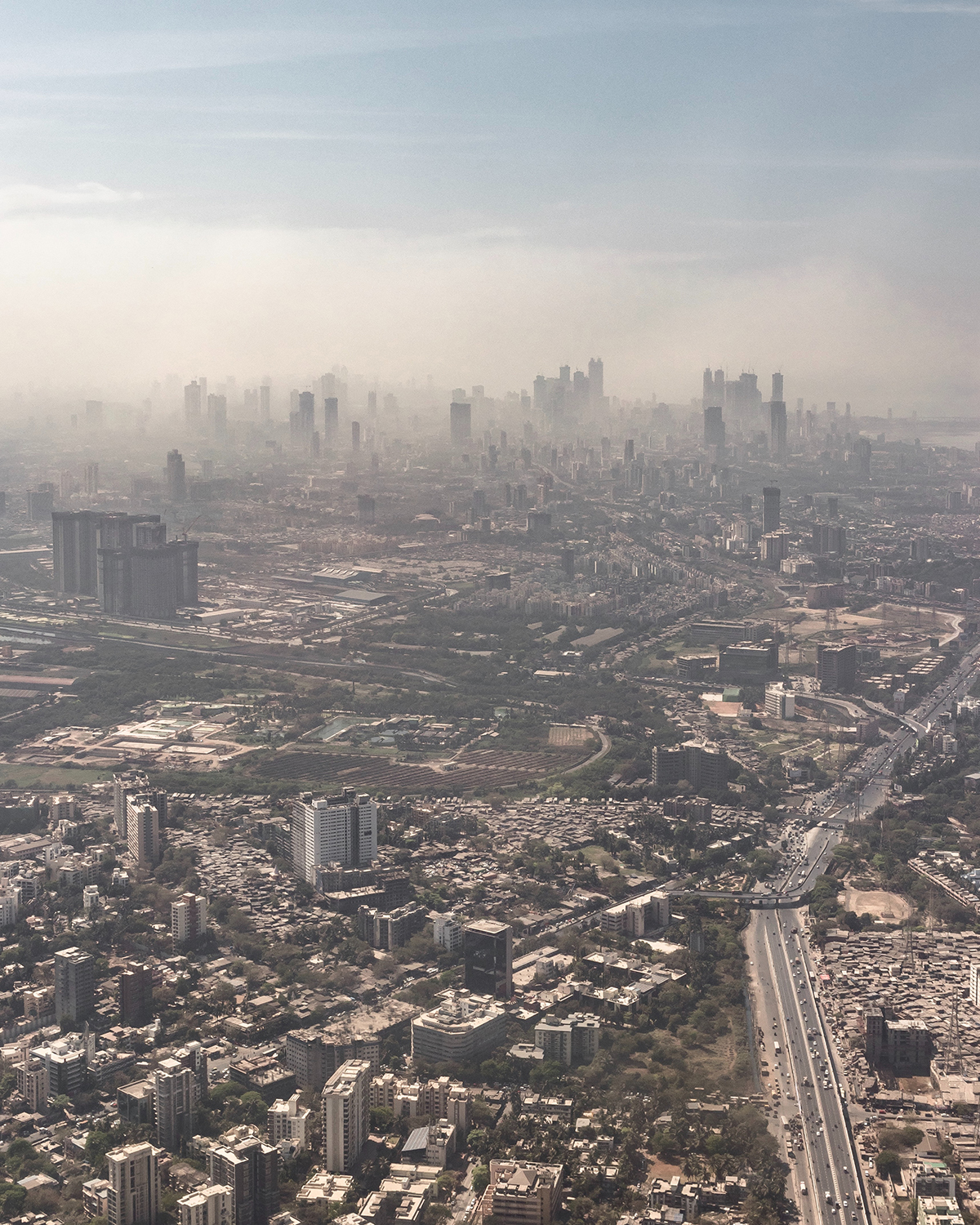
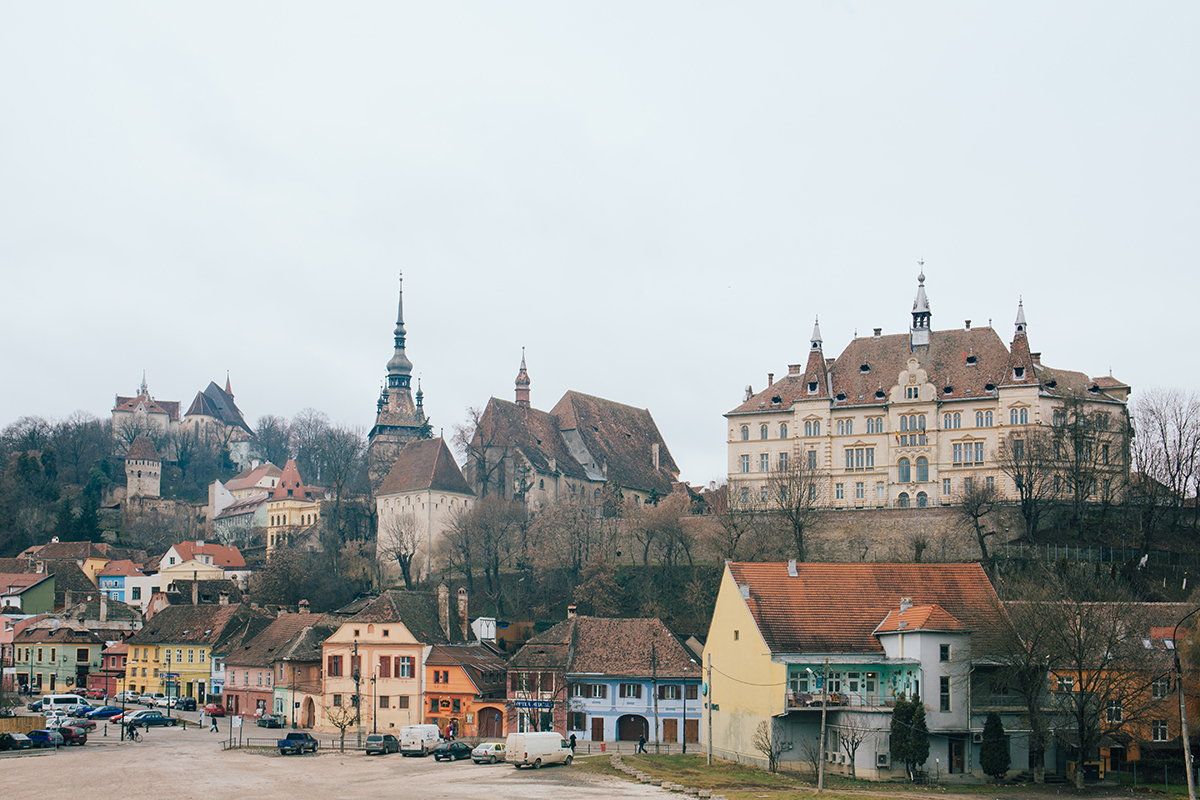


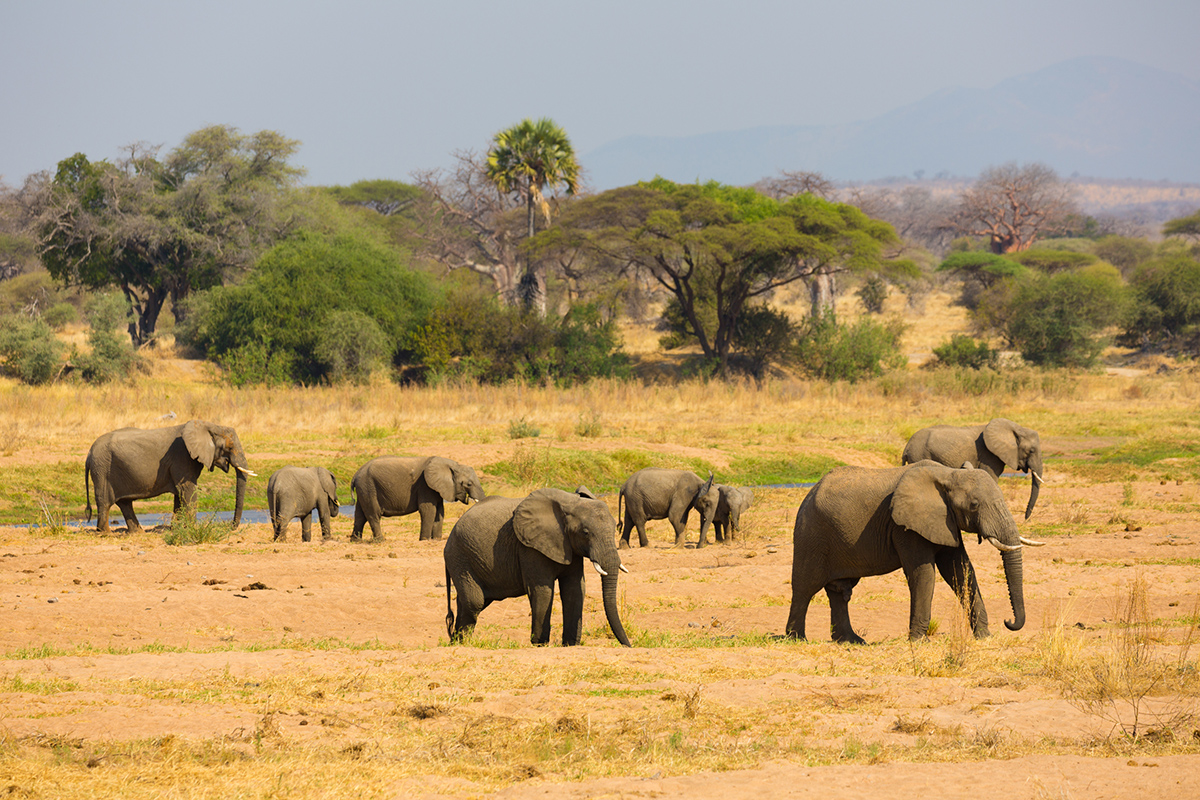
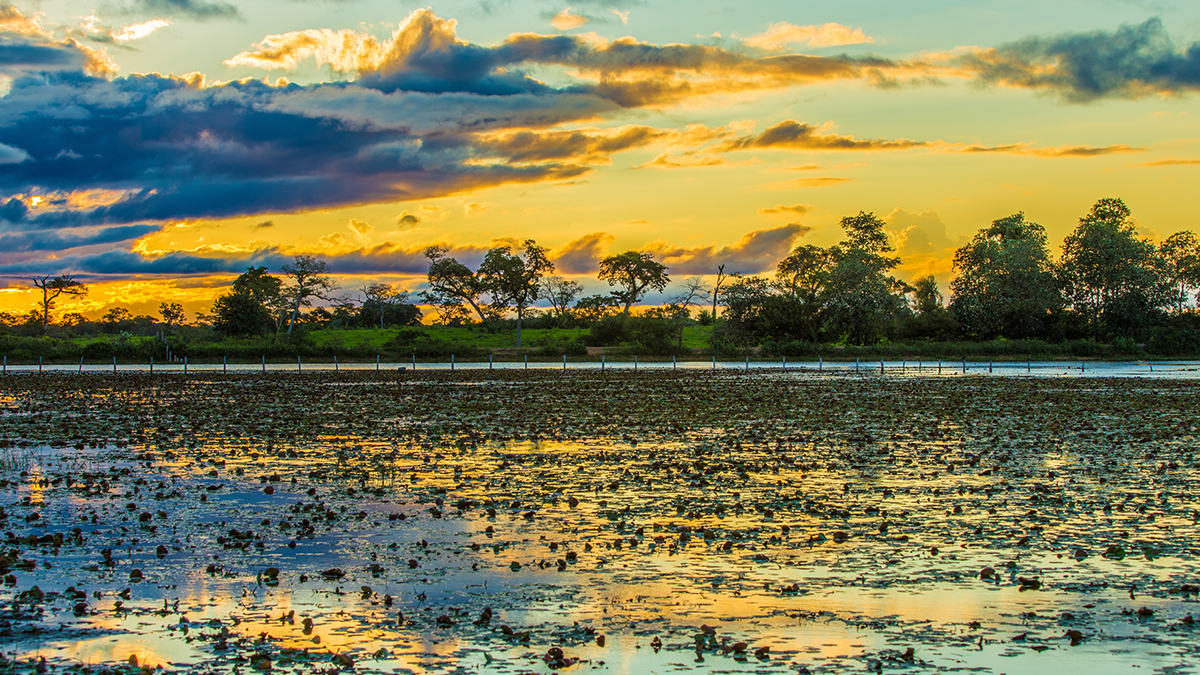



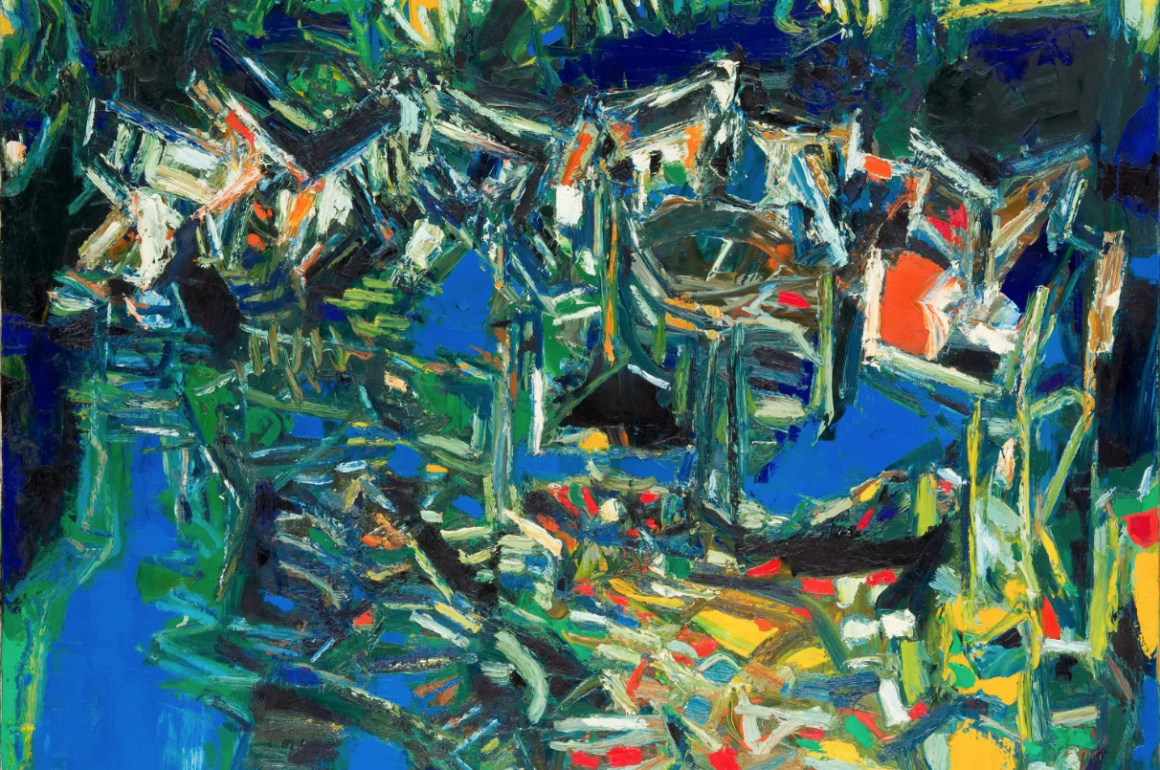

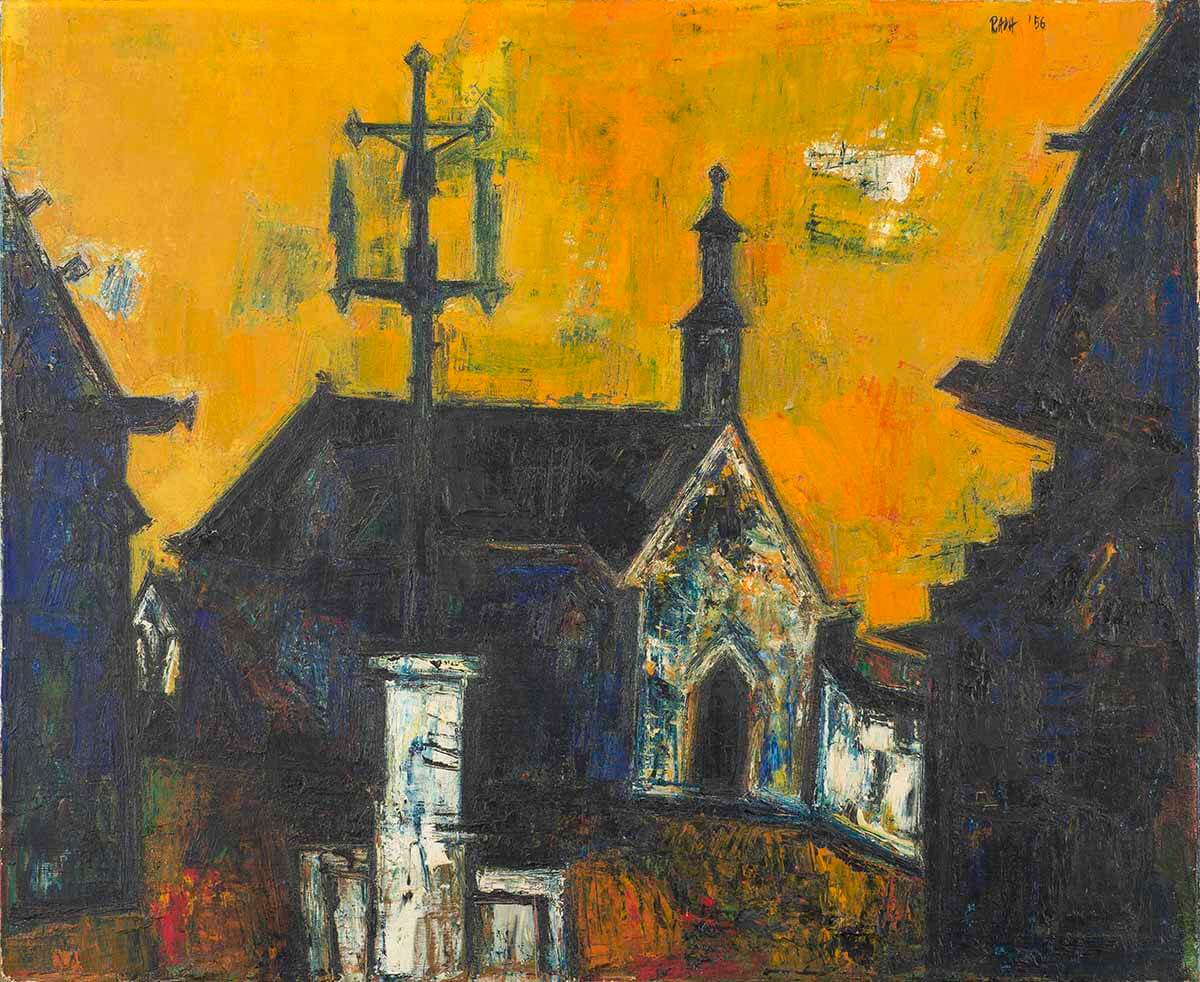
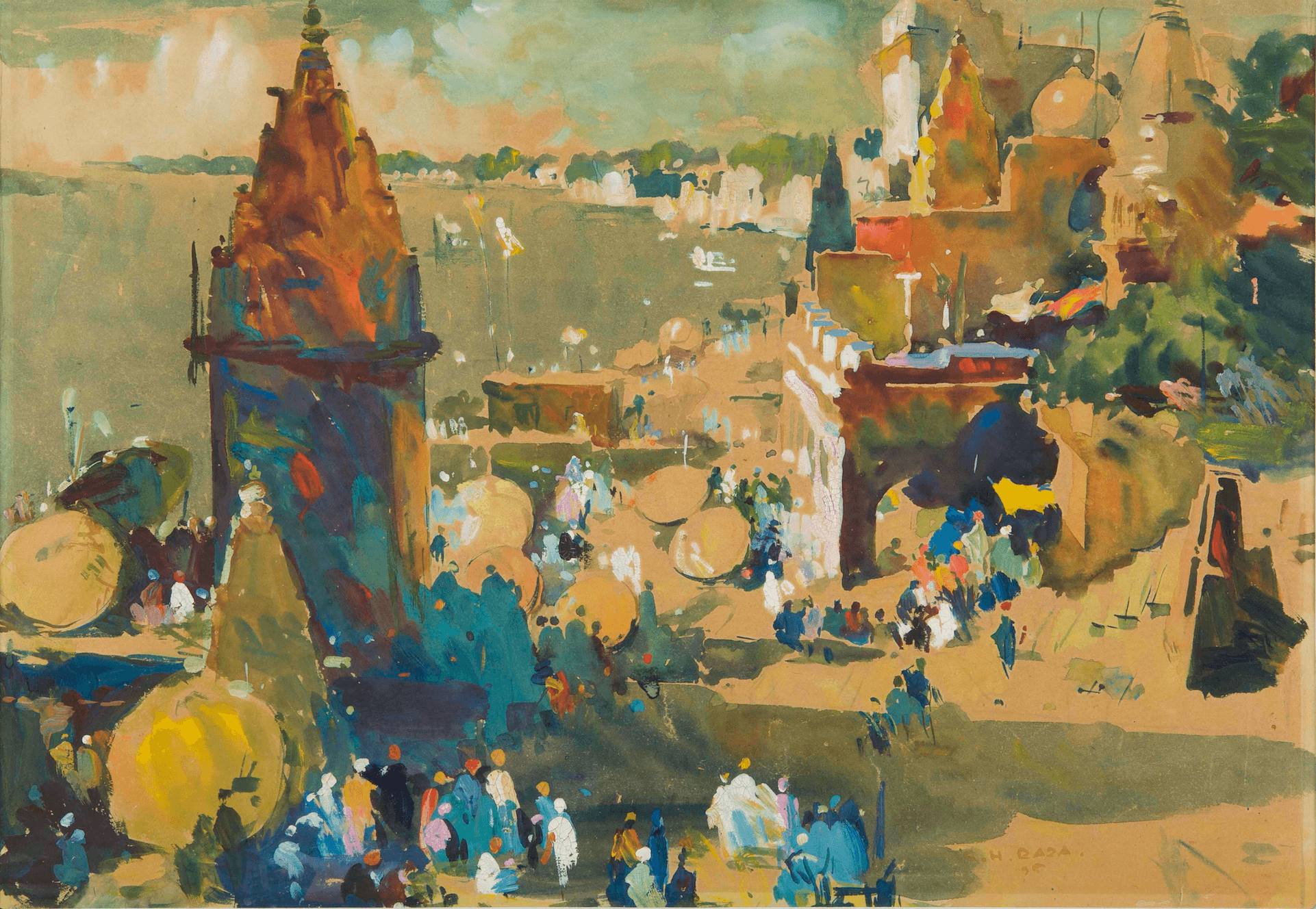



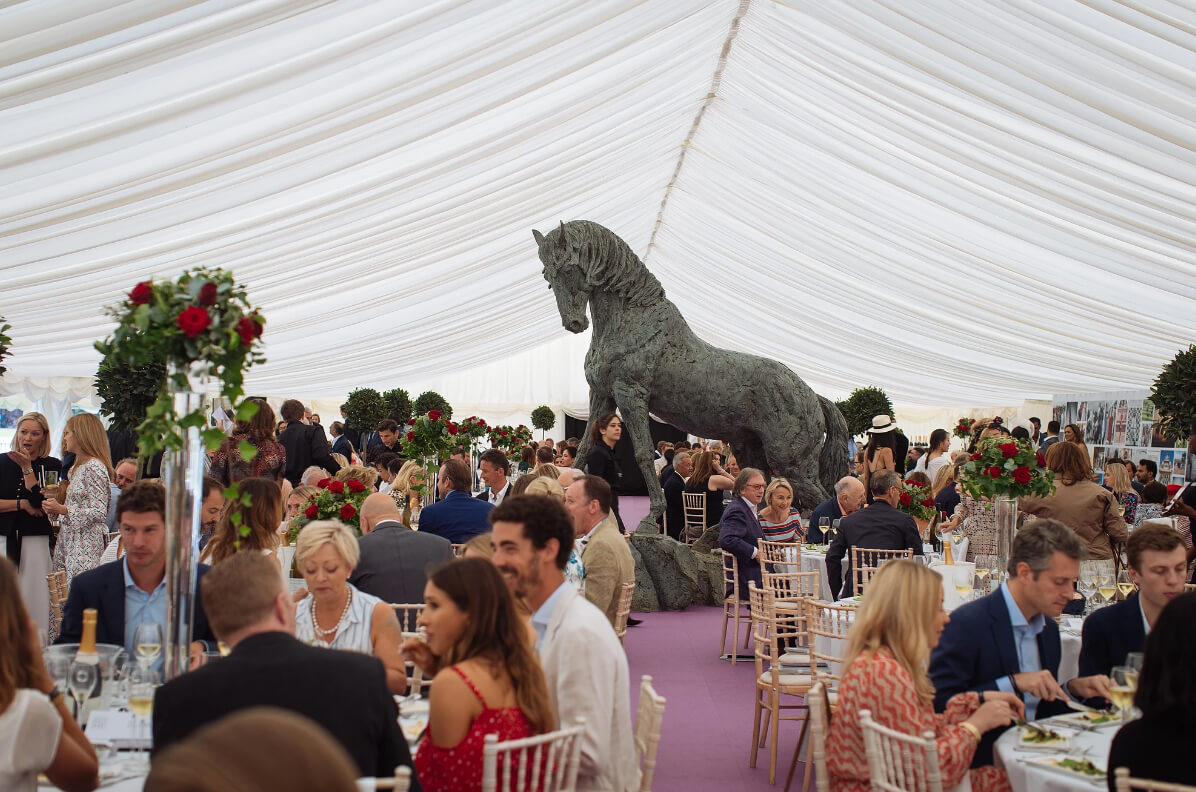
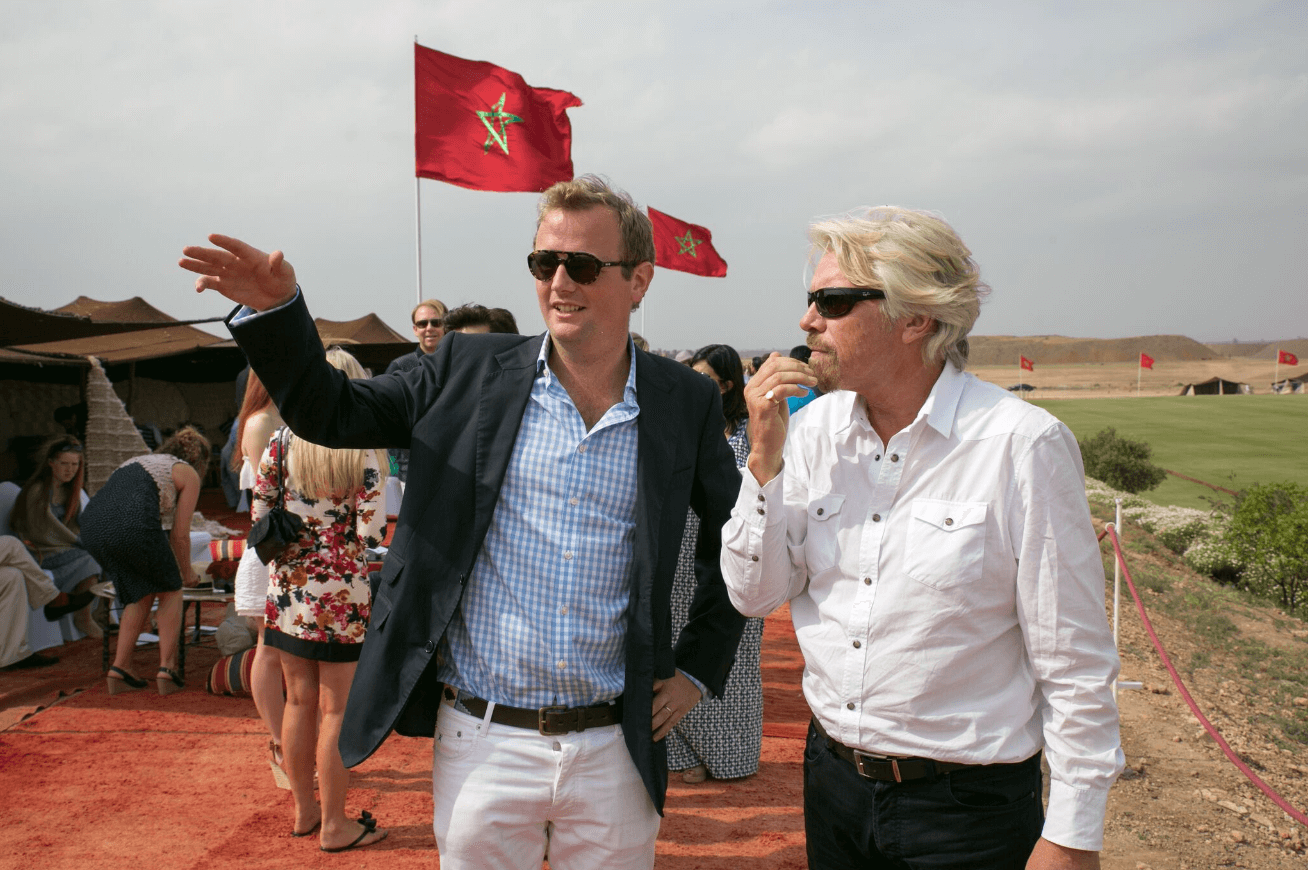
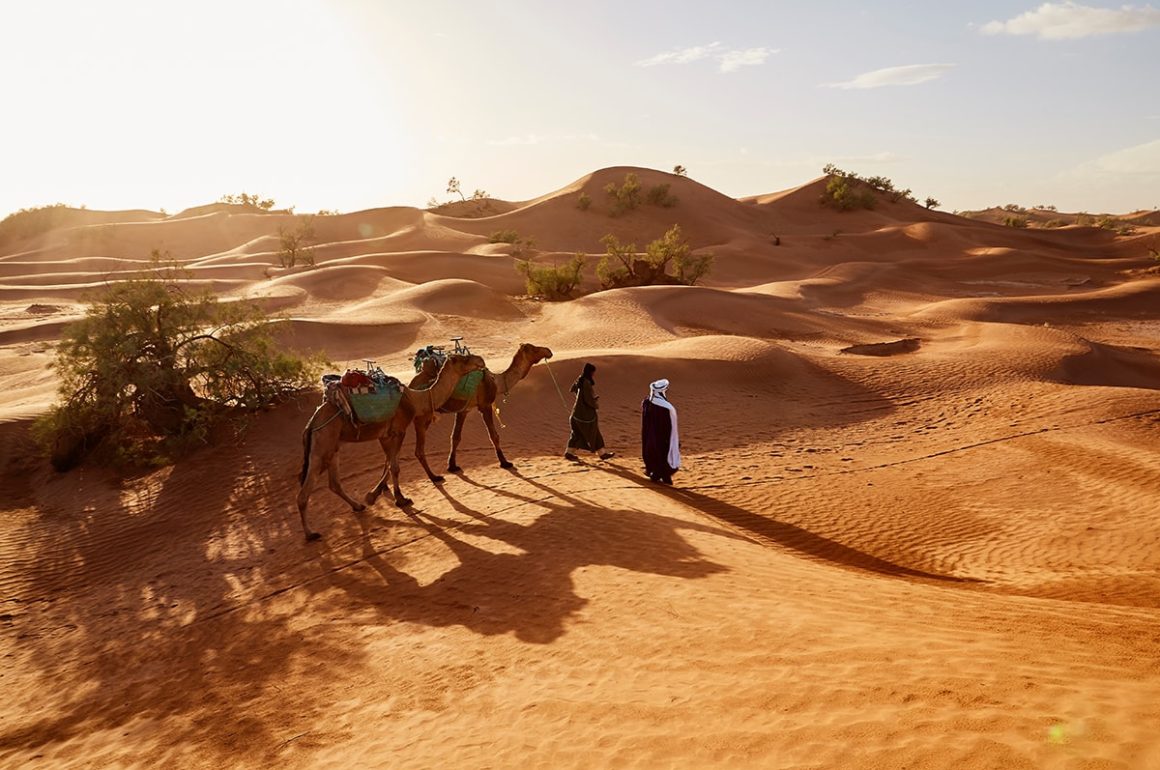
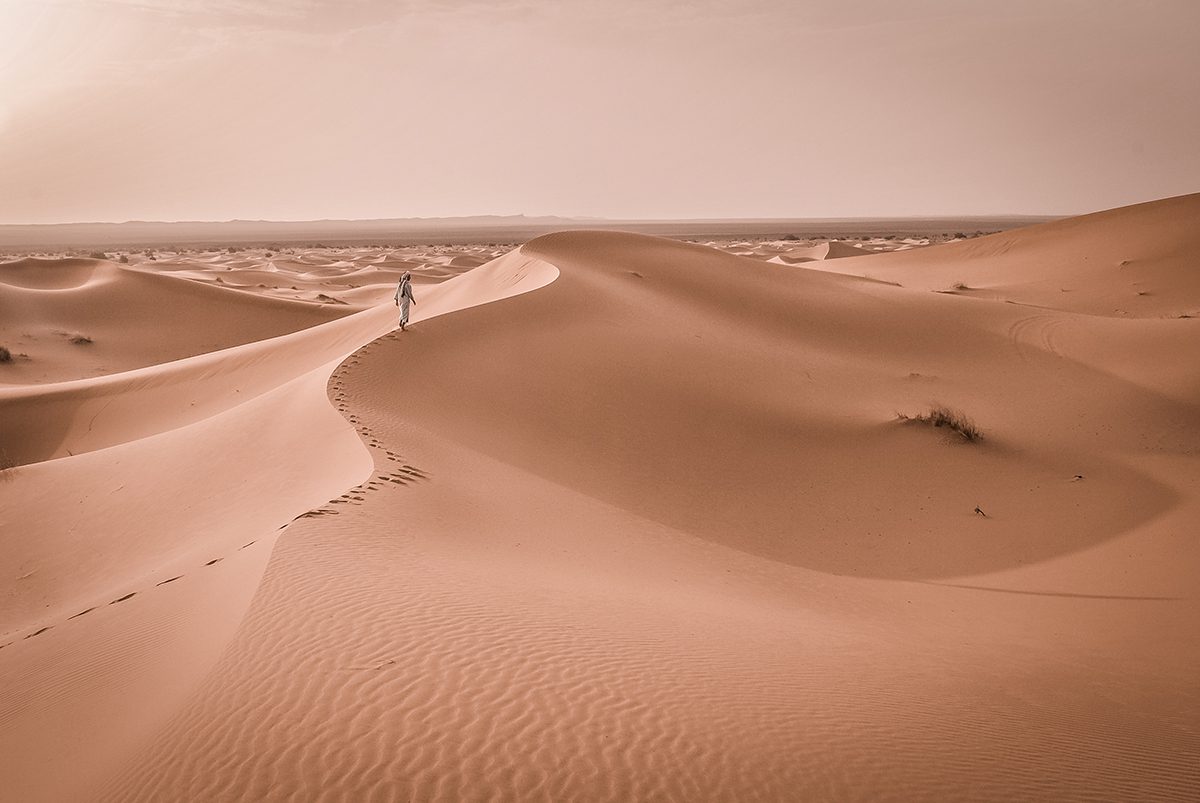



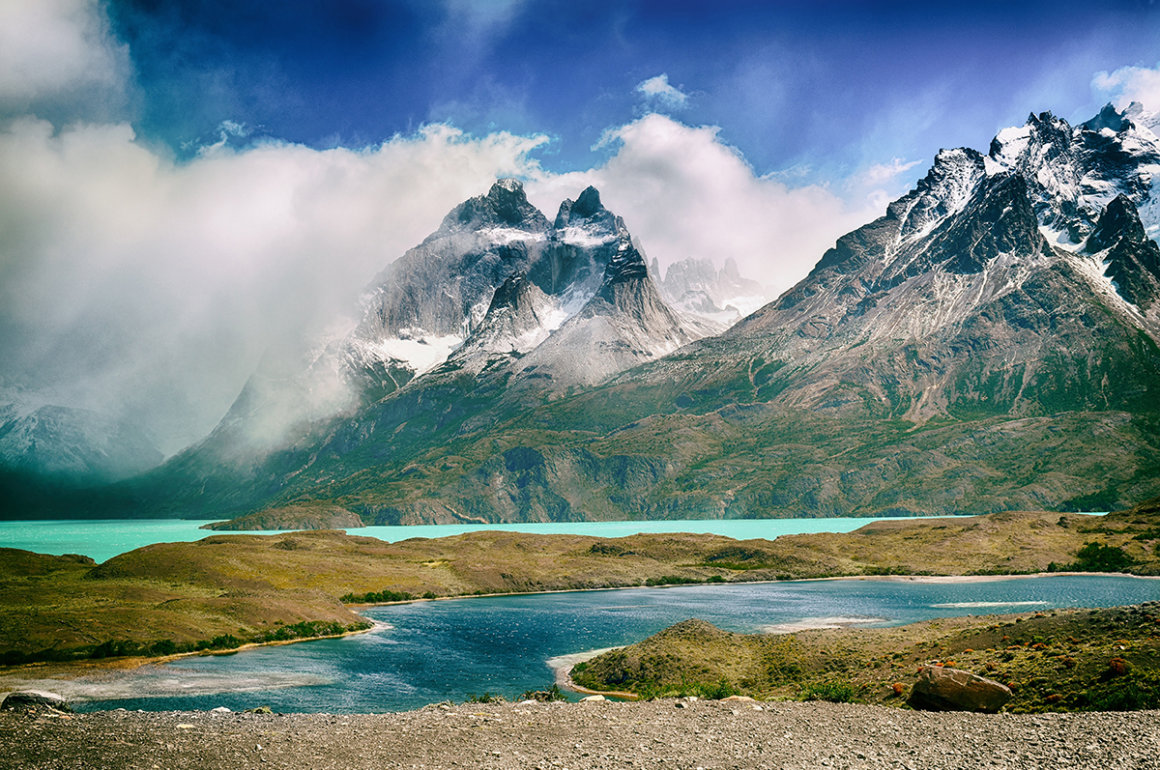
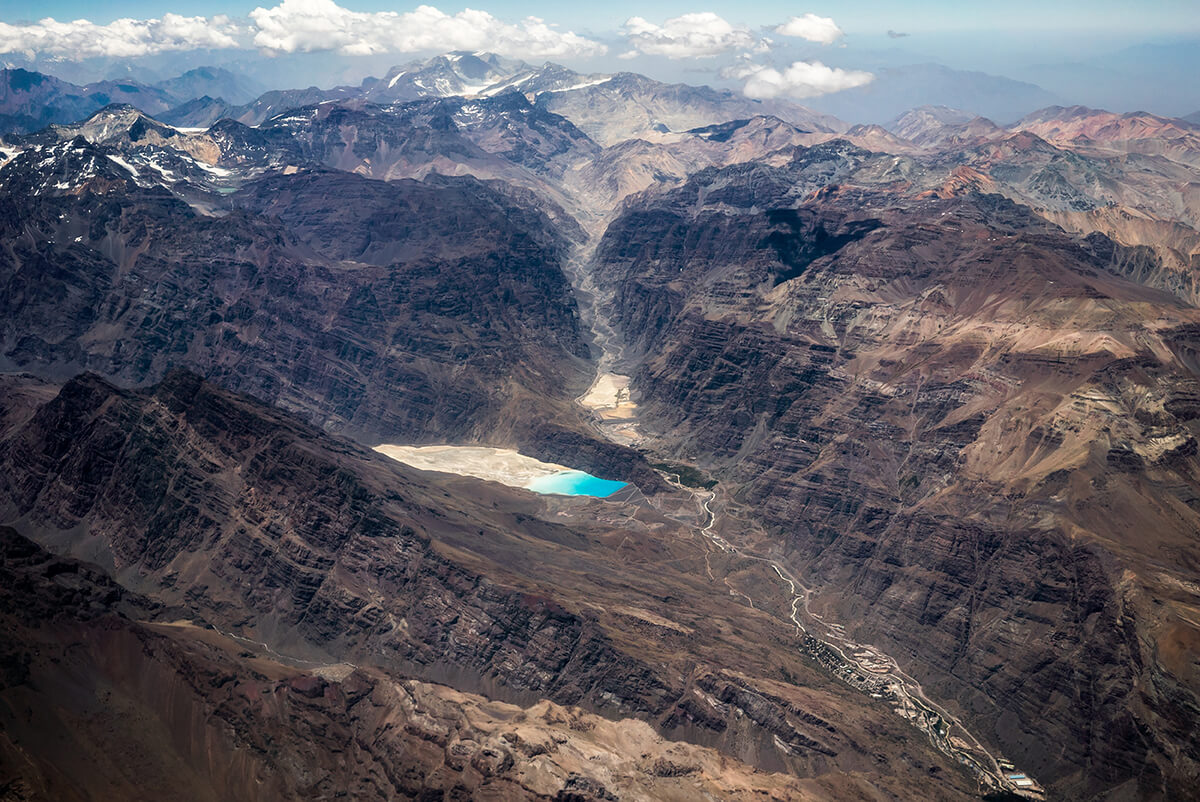
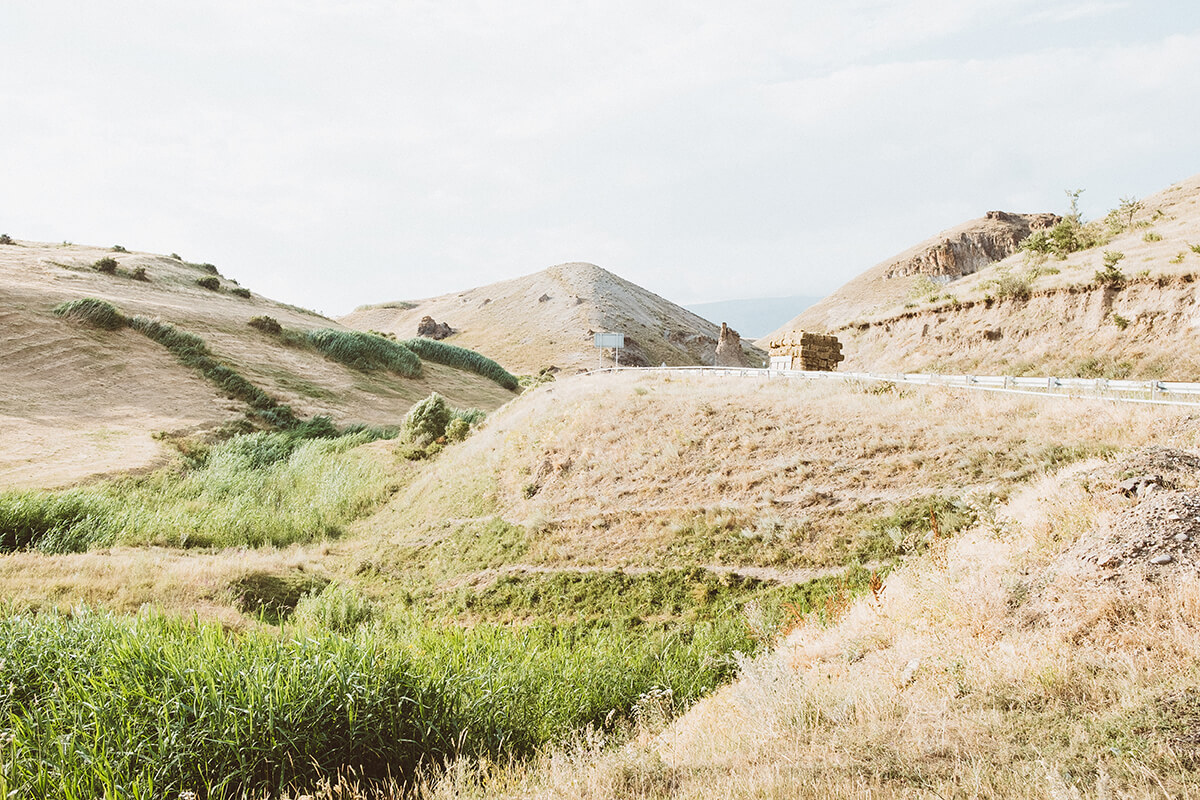
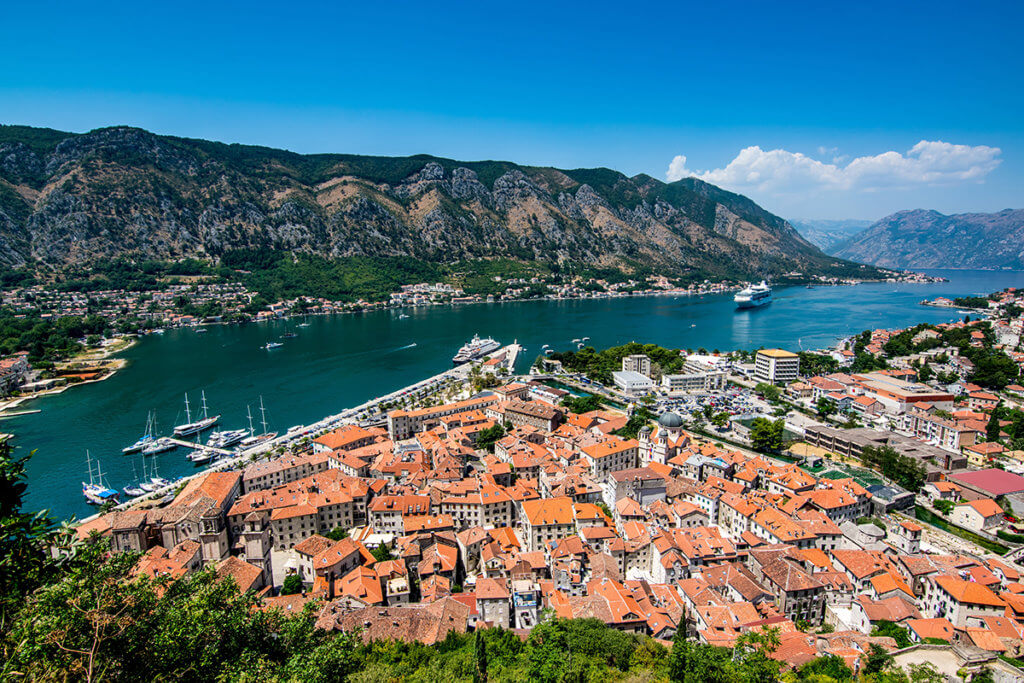
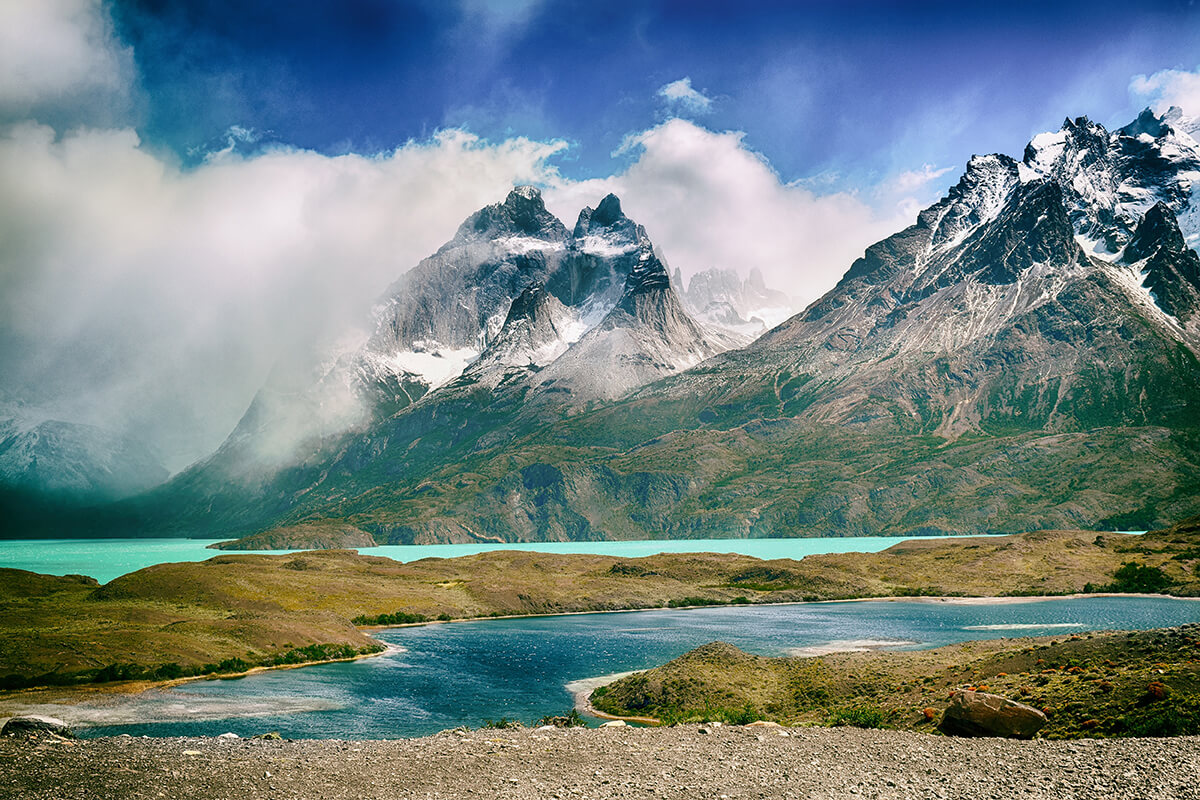

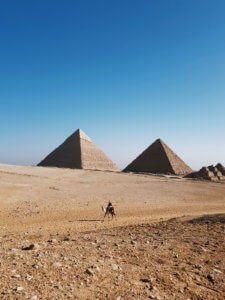
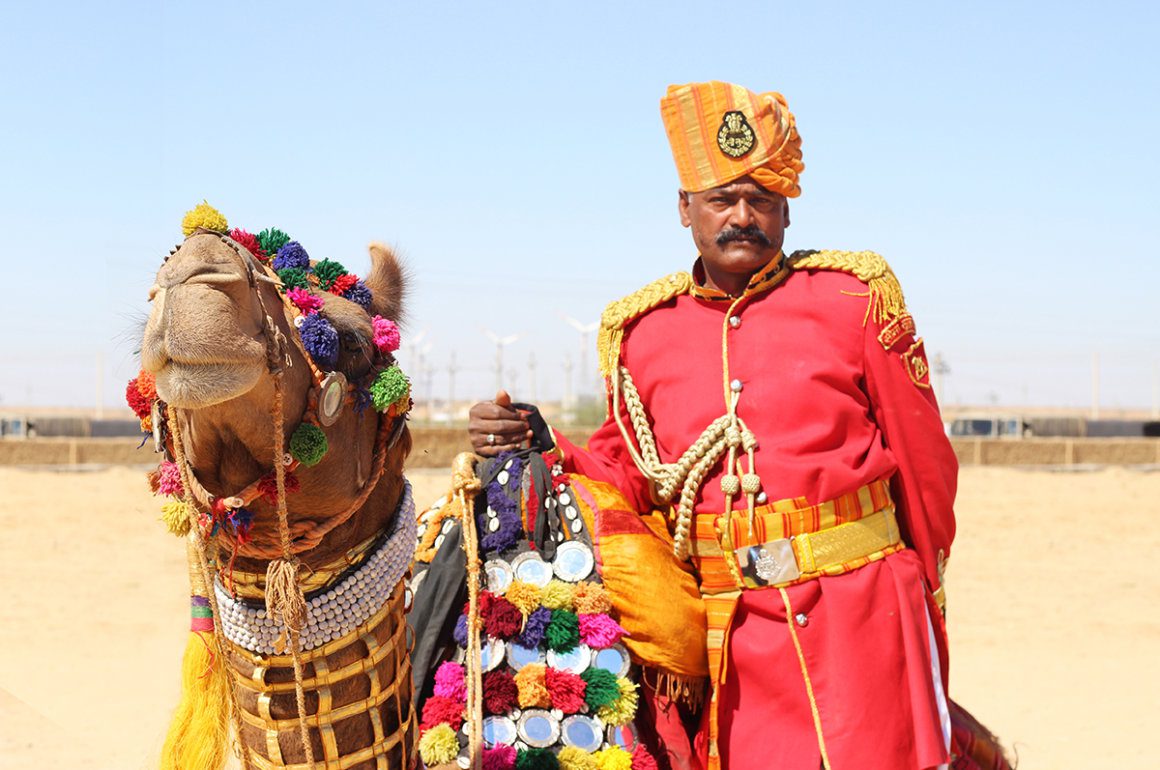
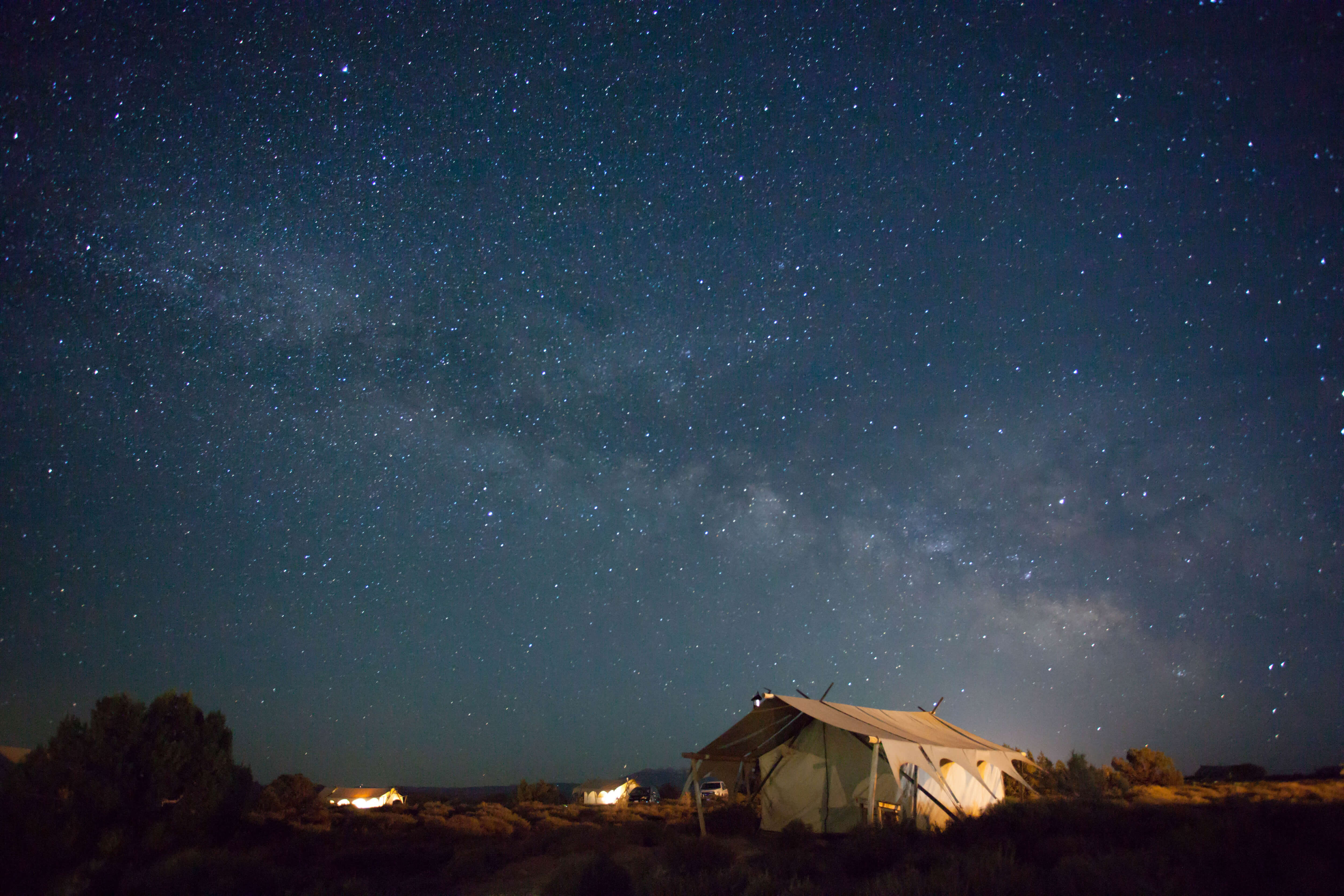
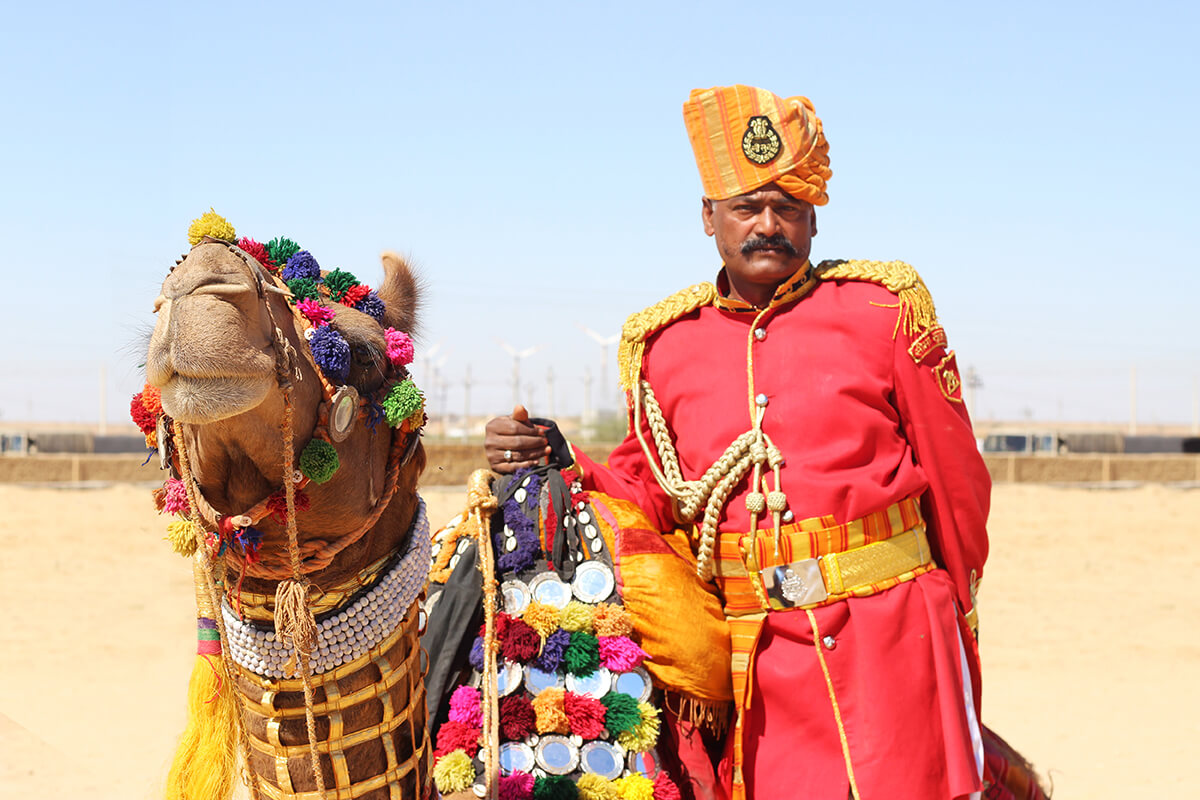
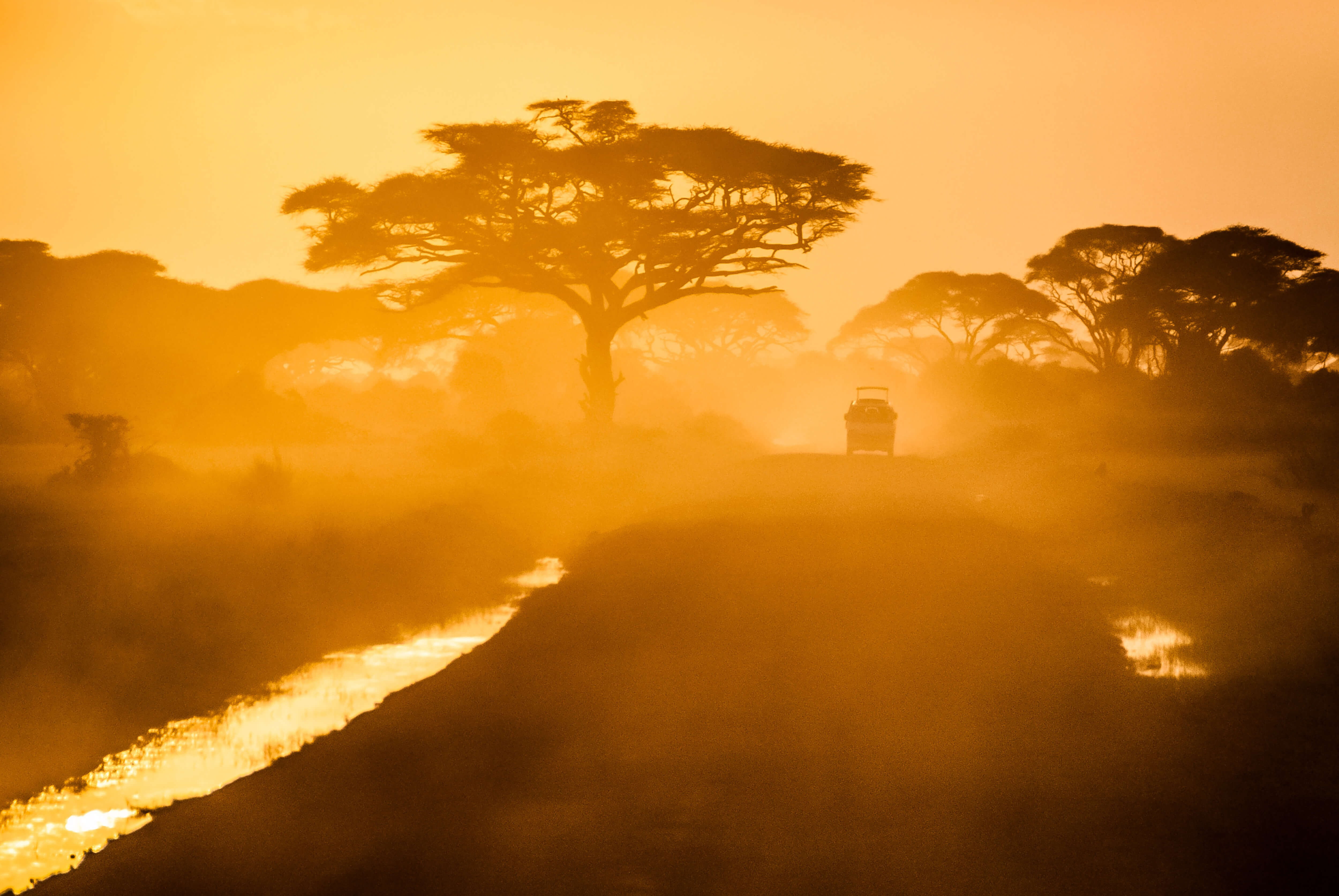
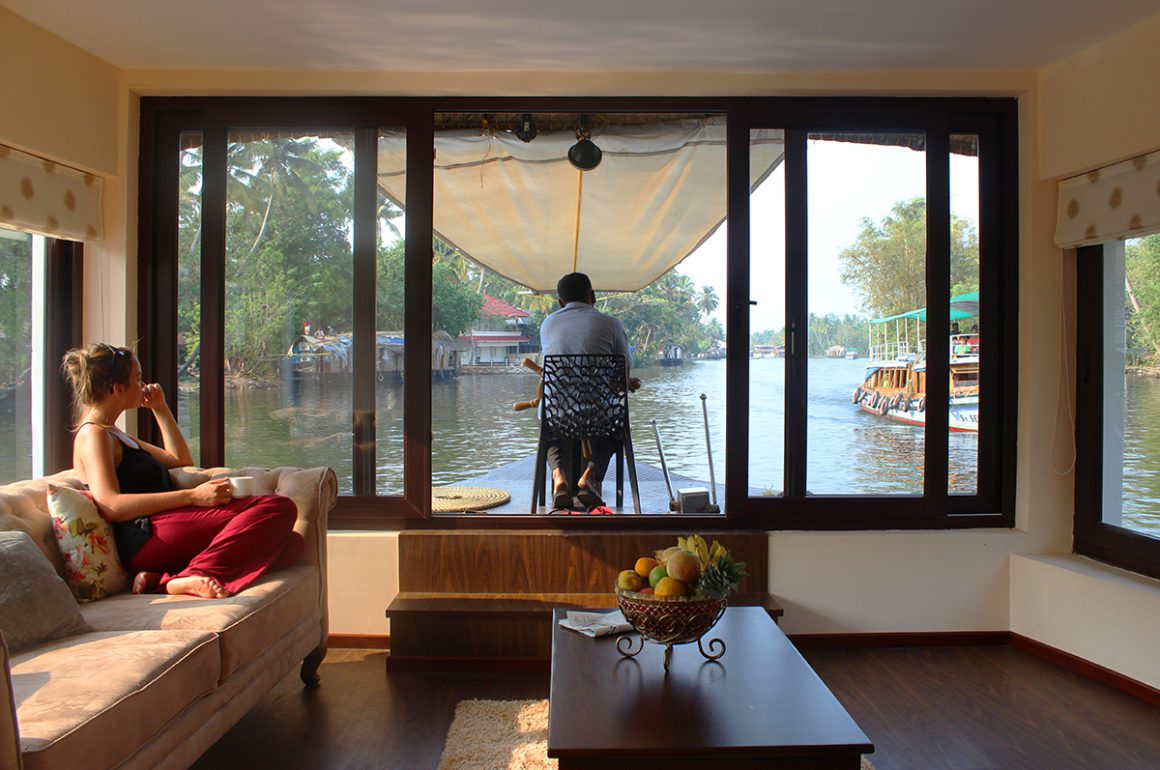


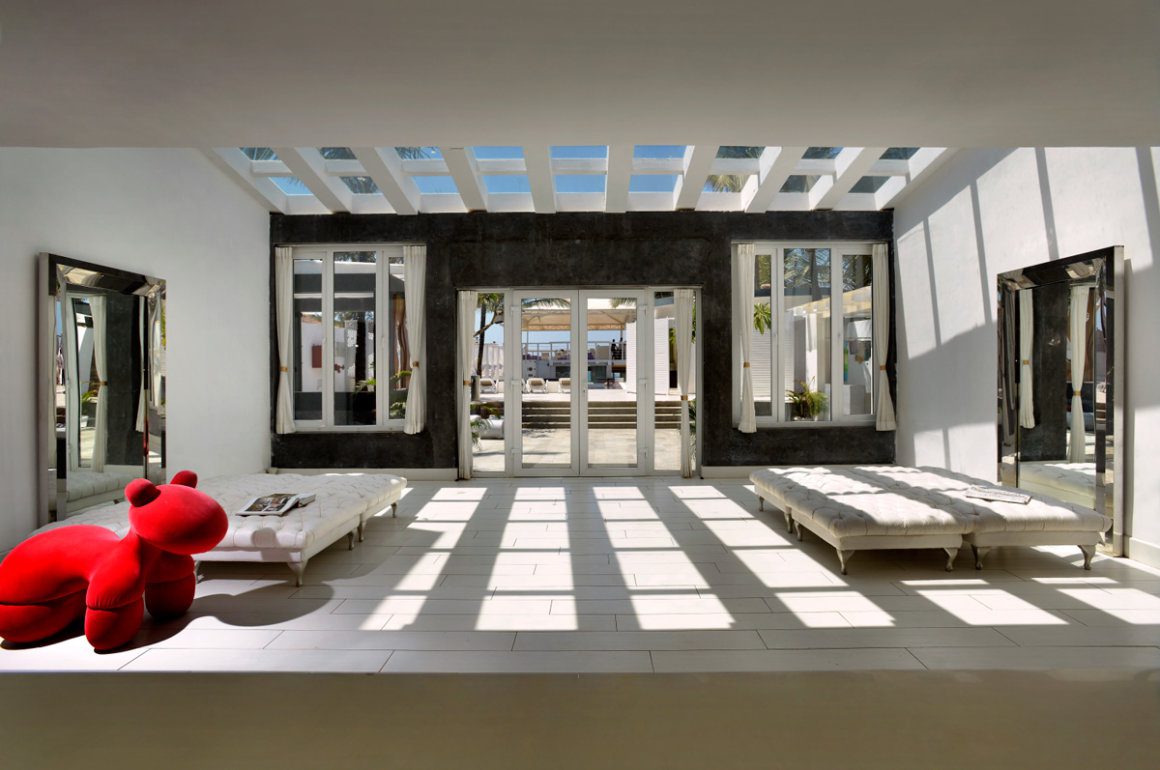
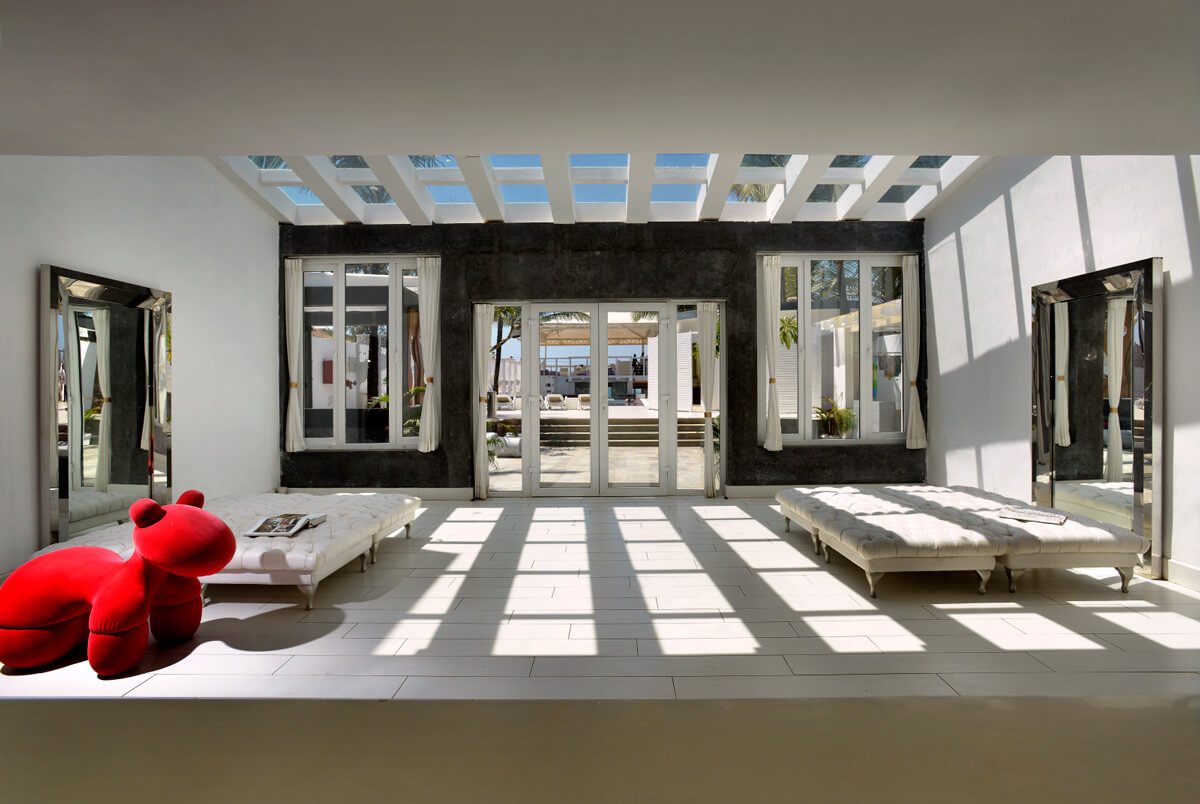 Priya Paul, one of India’s most prominent entrepreneurs, is chairperson of the design conscious, luxury five-star boutique hotel group ‘The Park Hotels’. She is heir to the Apeejay Surrendra Group, owners of Typhoo Tea, and her determination, spirit for hospitality and flair for design awarded her India’s fourth highest civilian honour, the Padma Shri in 2012 (for her services to Trade & Industry by the President of India). The President of the French Republic granted her Insignia of Chevalier de l’Ordre National du Mérite (National Order of Merit) an Order of State. Kitty Harris talks to Priya about the Indian luxury market, leadership and innovating whilst staying true to heritage.
Priya Paul, one of India’s most prominent entrepreneurs, is chairperson of the design conscious, luxury five-star boutique hotel group ‘The Park Hotels’. She is heir to the Apeejay Surrendra Group, owners of Typhoo Tea, and her determination, spirit for hospitality and flair for design awarded her India’s fourth highest civilian honour, the Padma Shri in 2012 (for her services to Trade & Industry by the President of India). The President of the French Republic granted her Insignia of Chevalier de l’Ordre National du Mérite (National Order of Merit) an Order of State. Kitty Harris talks to Priya about the Indian luxury market, leadership and innovating whilst staying true to heritage.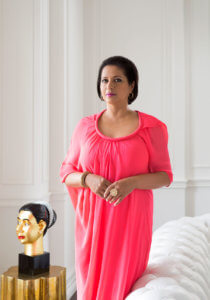
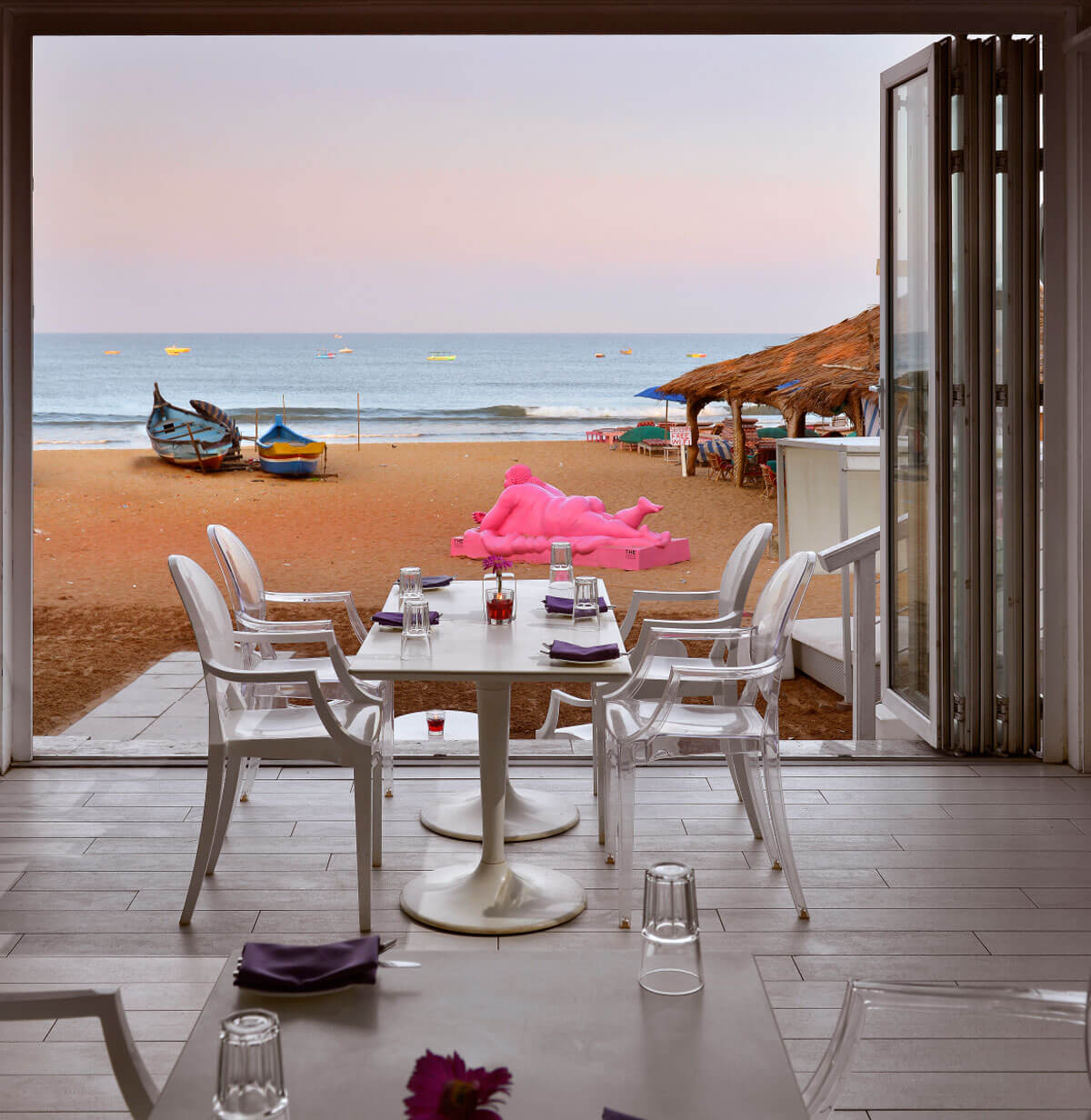

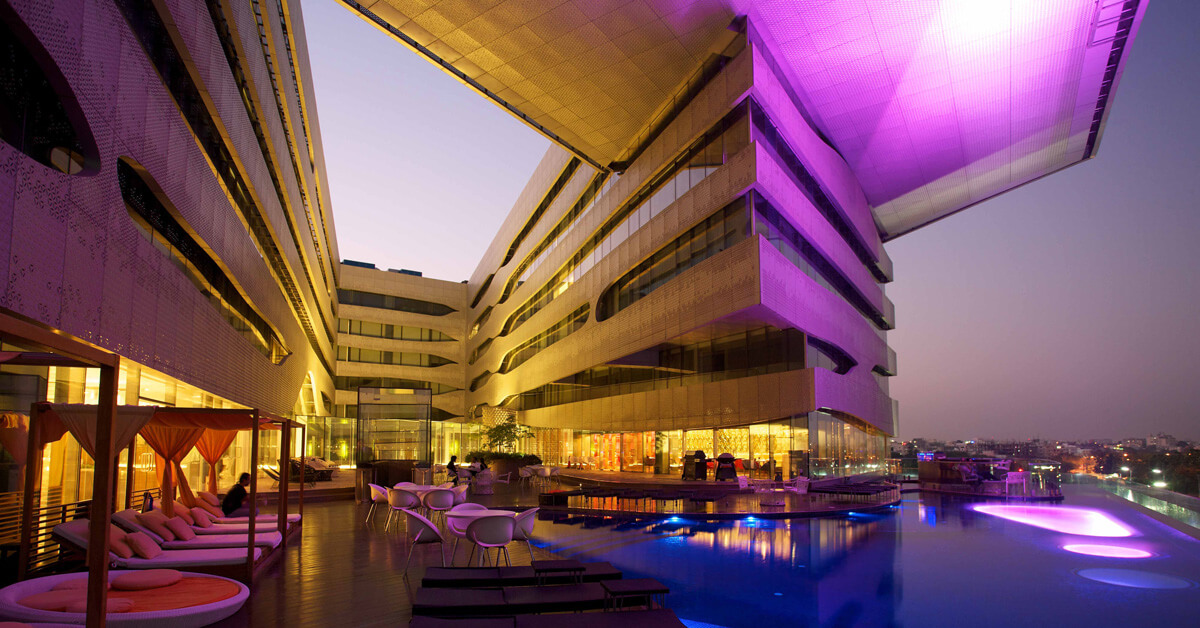
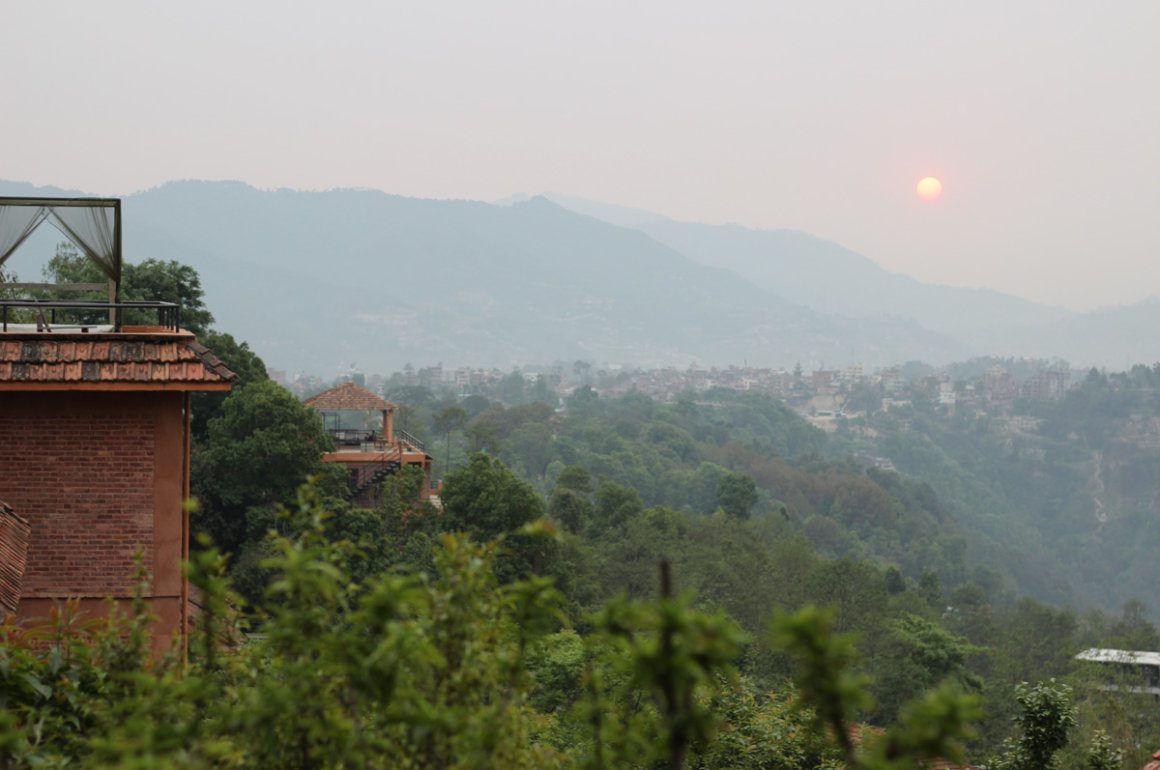



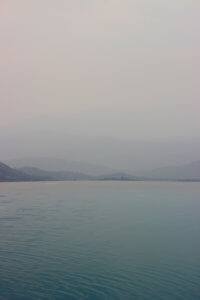

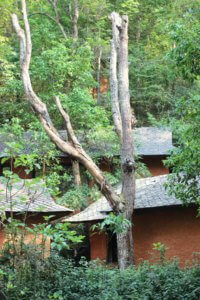



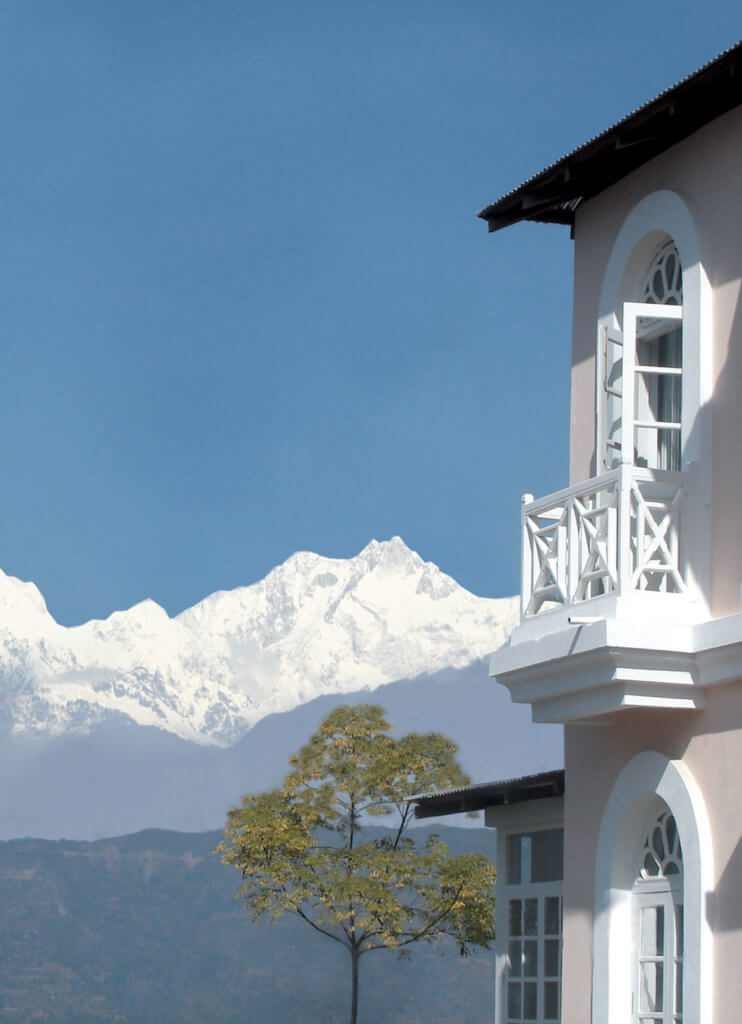
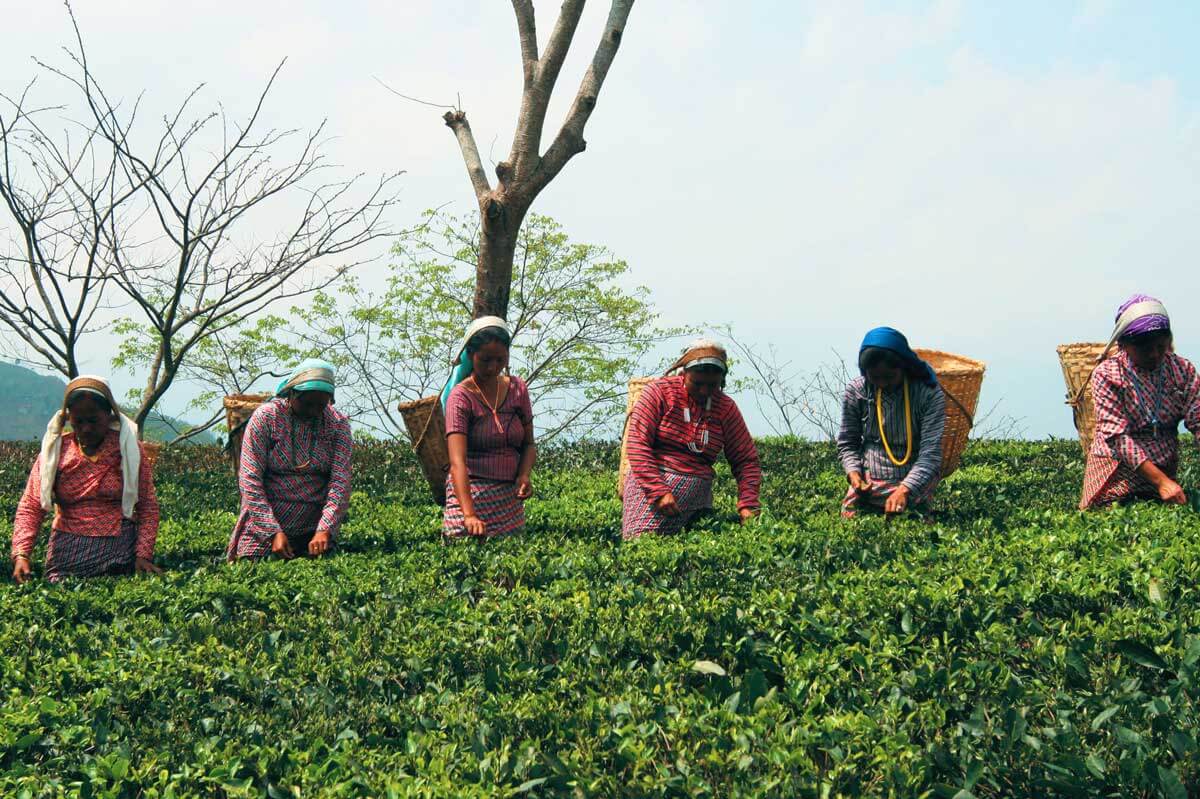


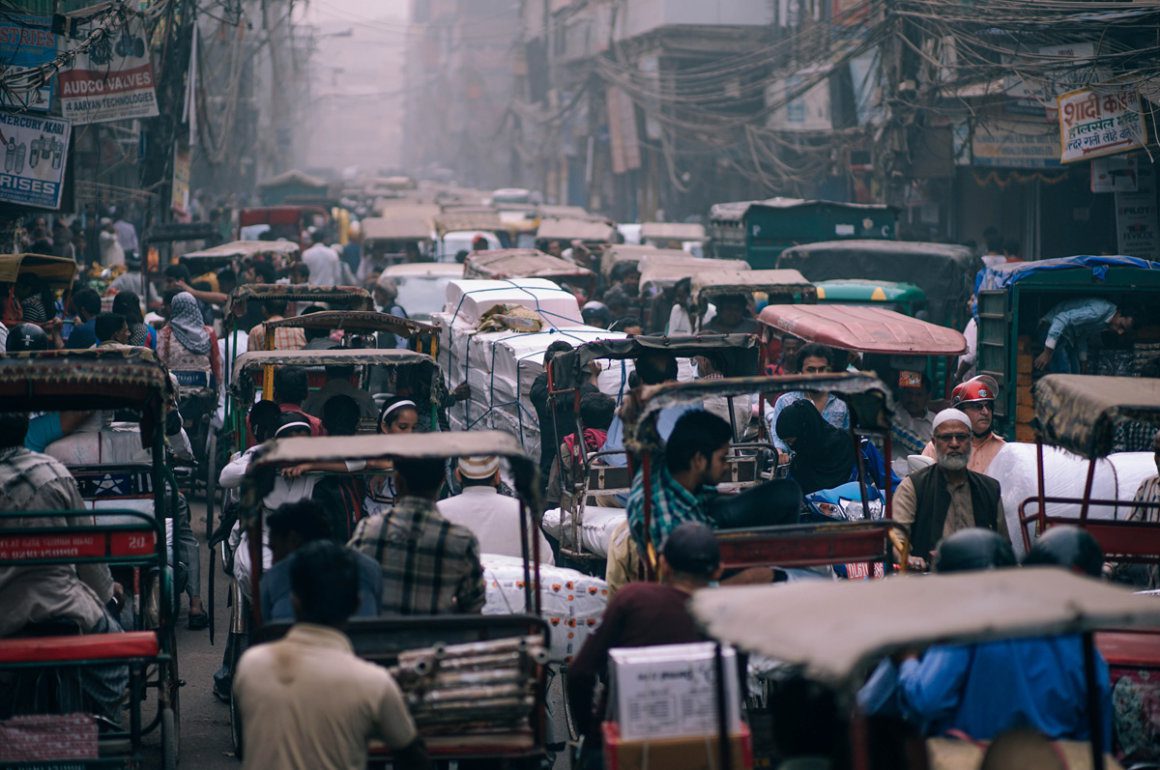



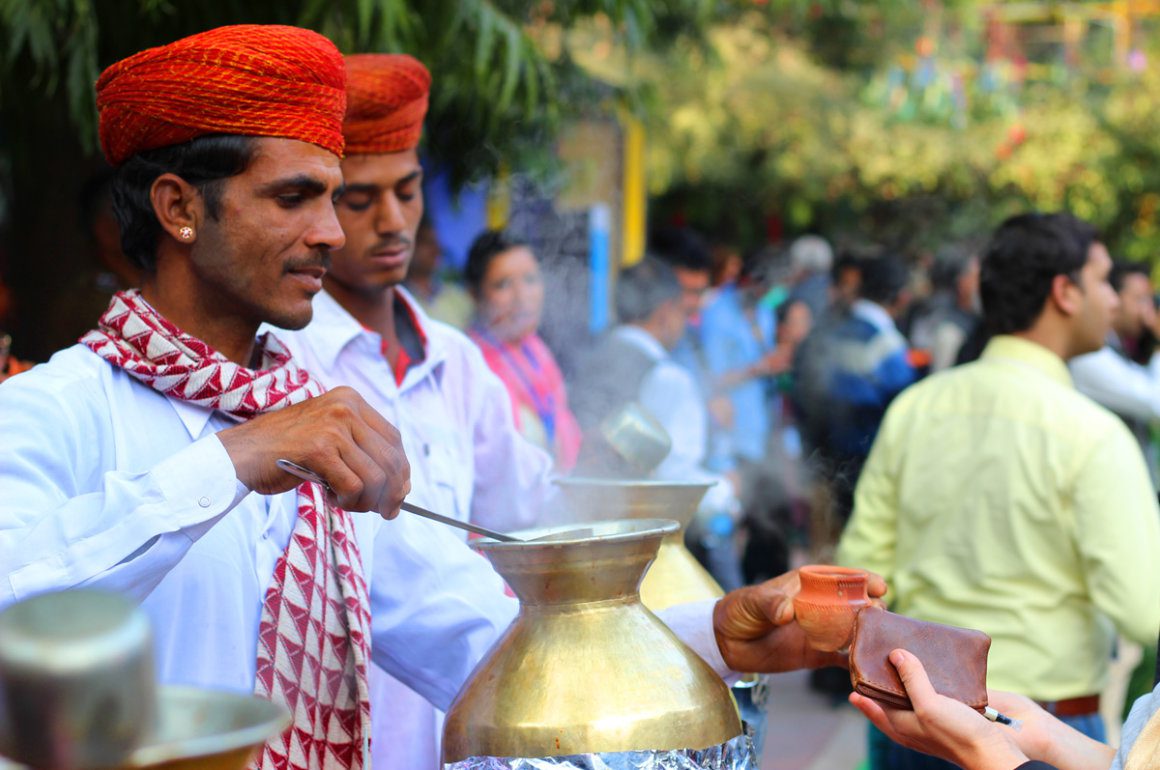


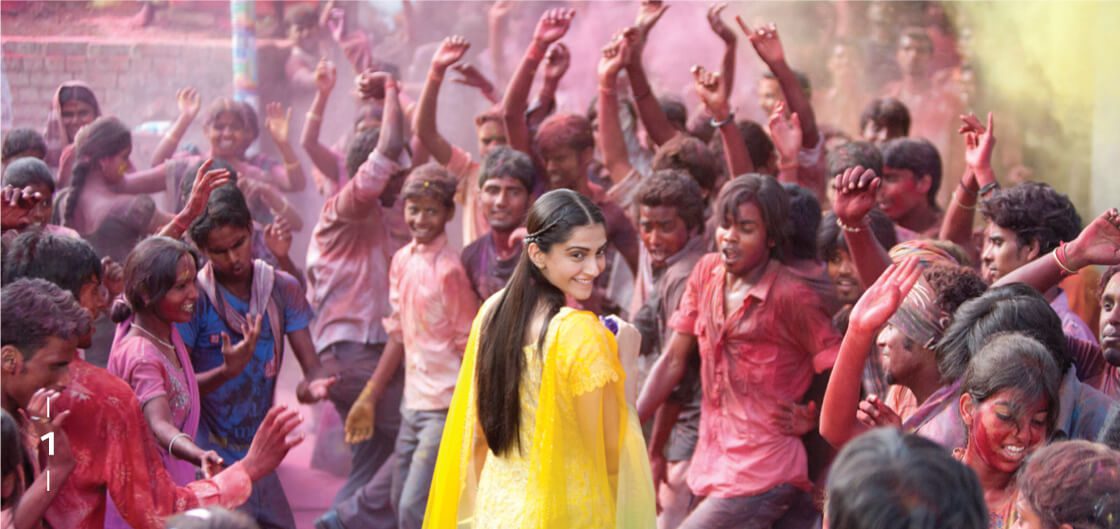
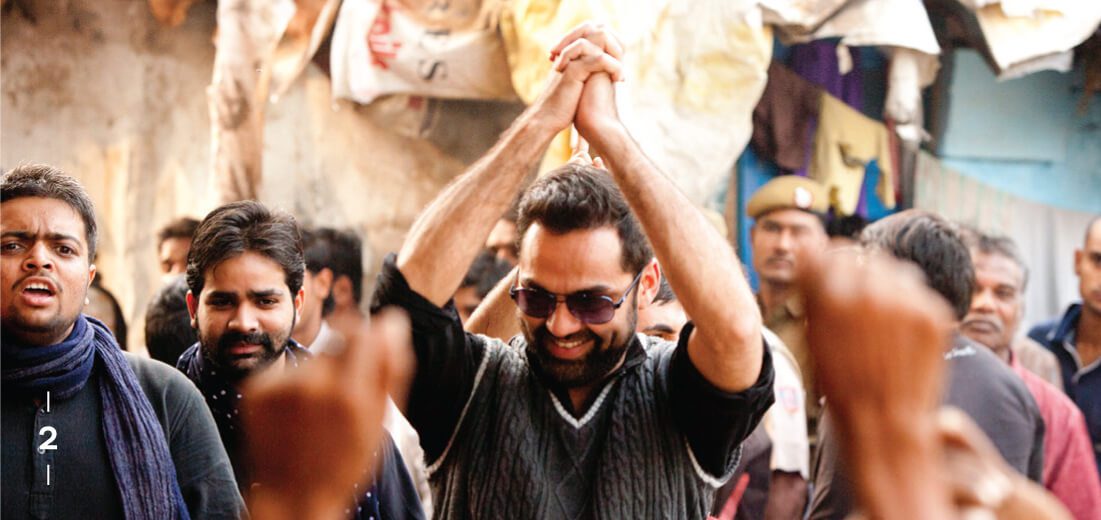

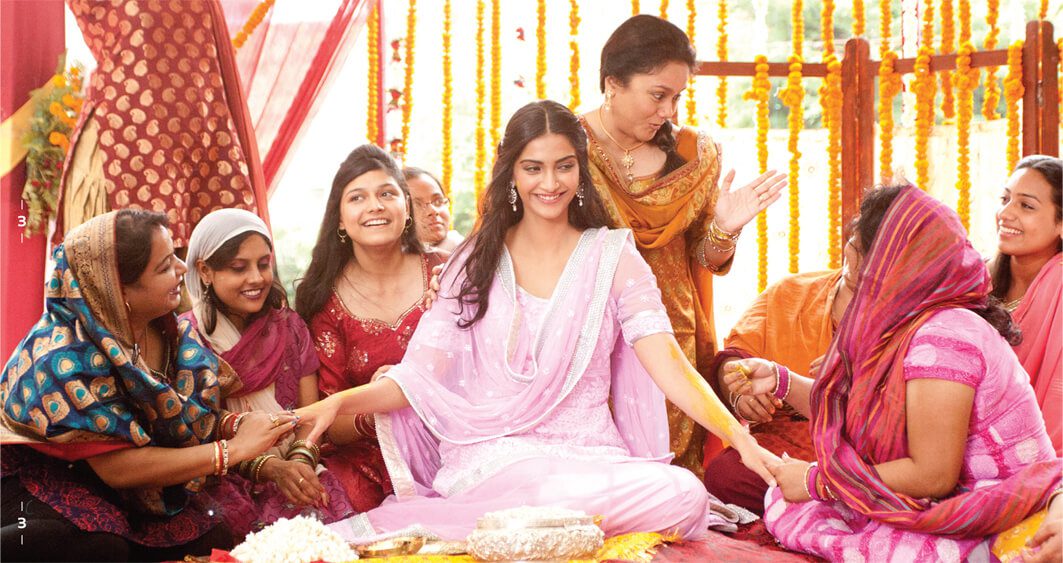


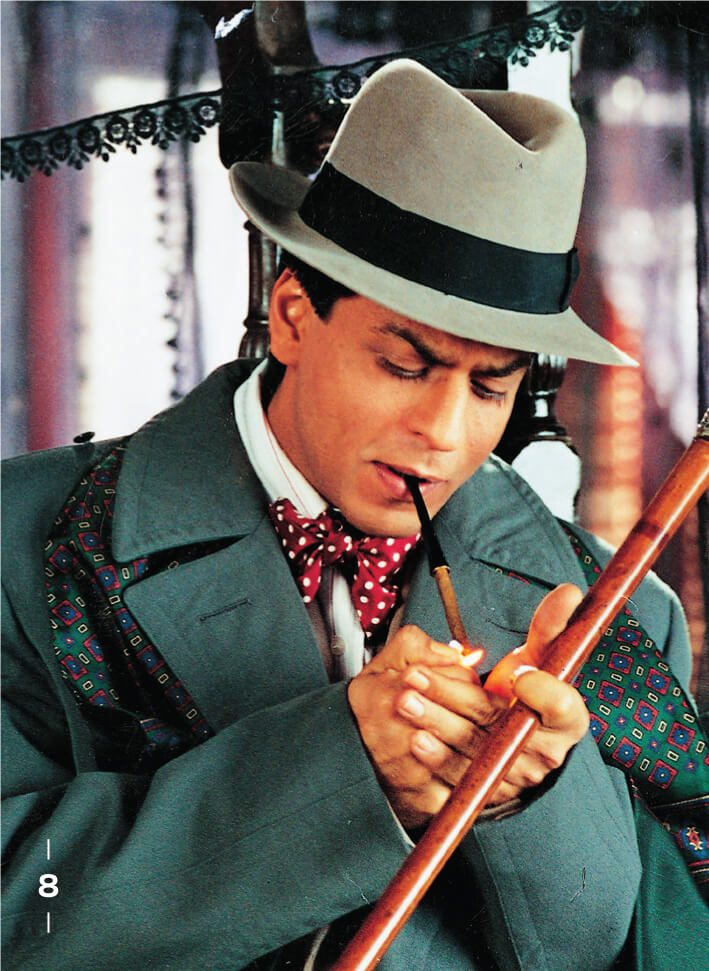
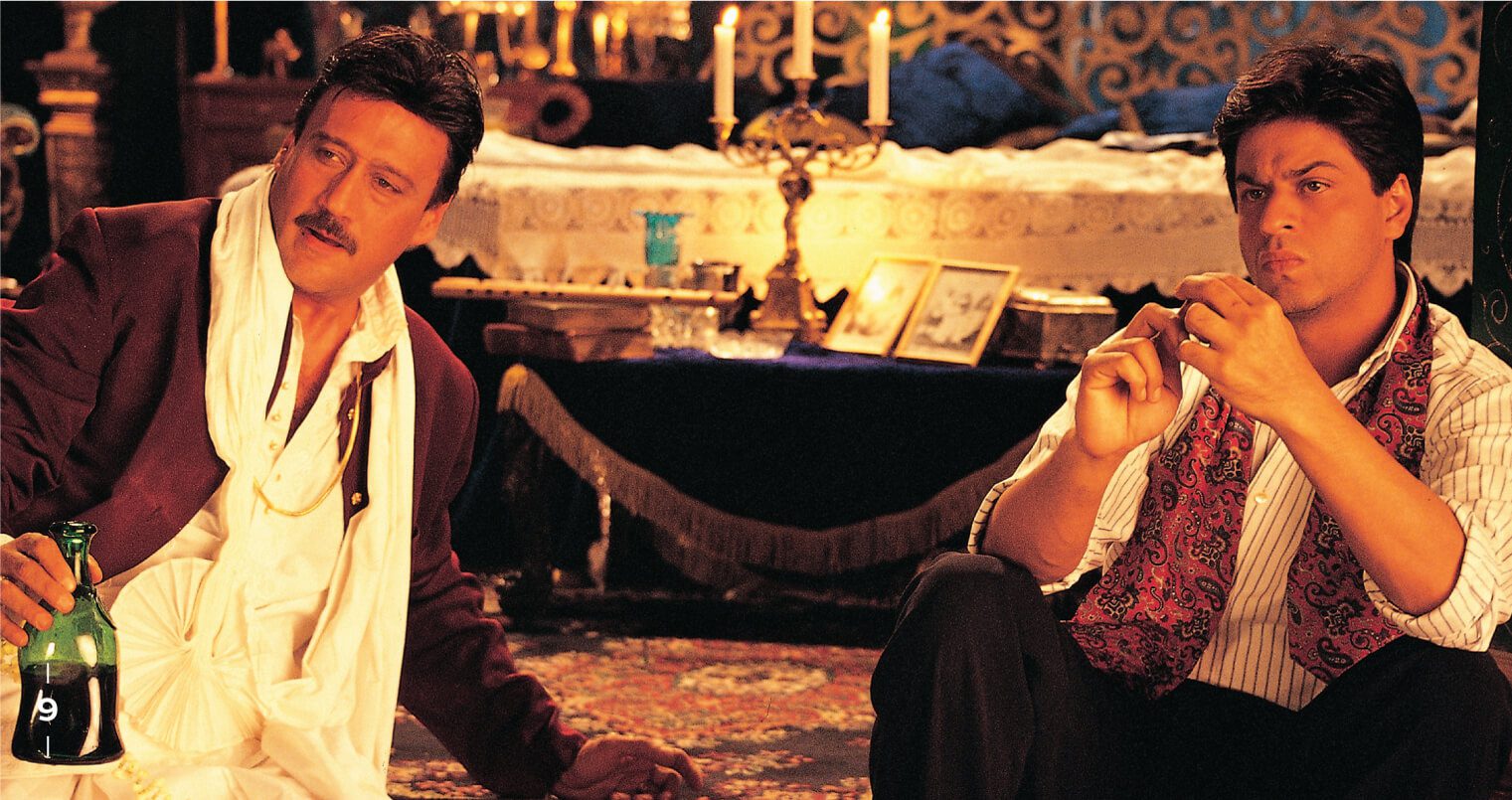
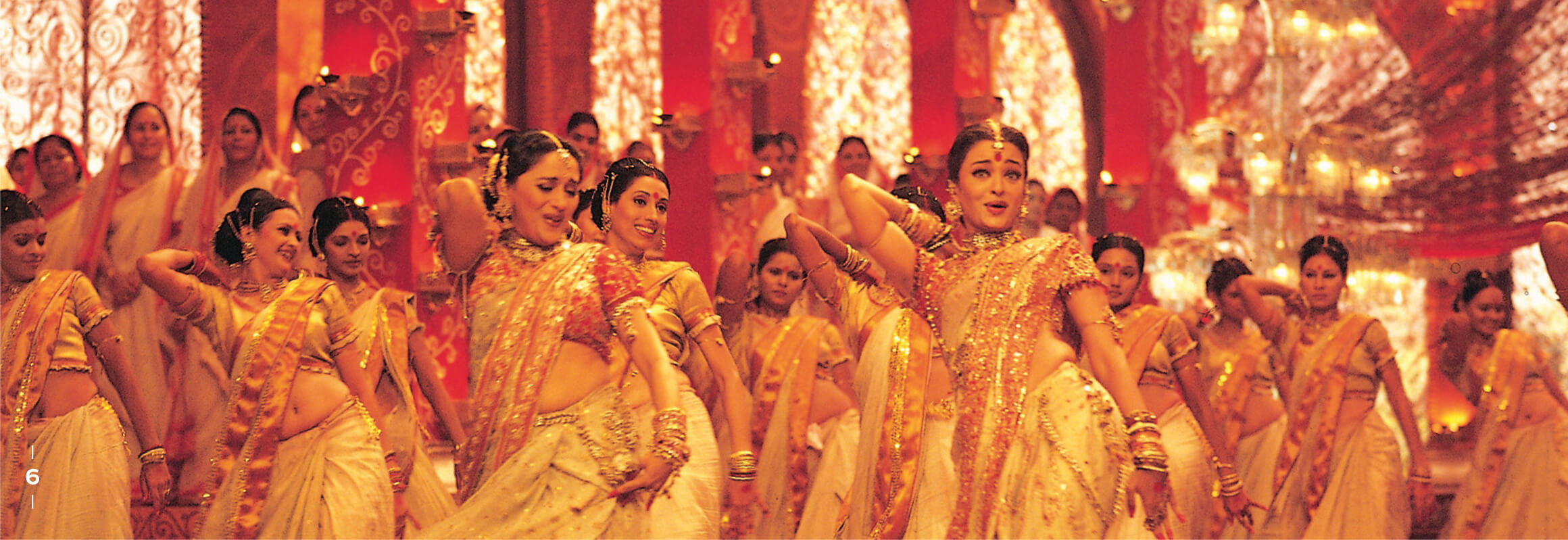





Recent Comments